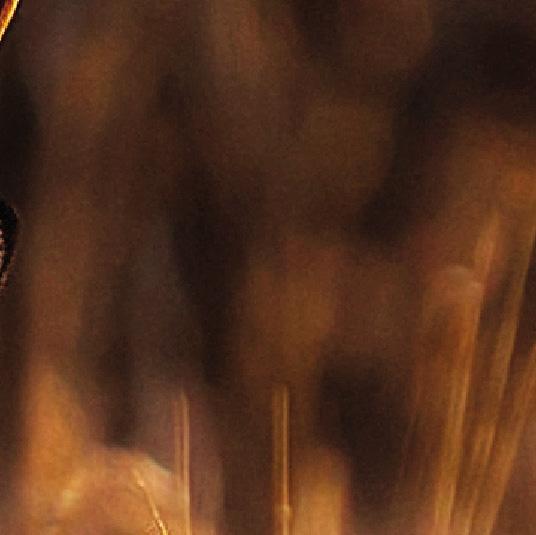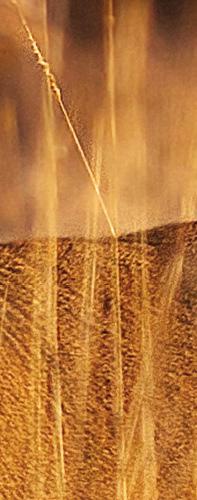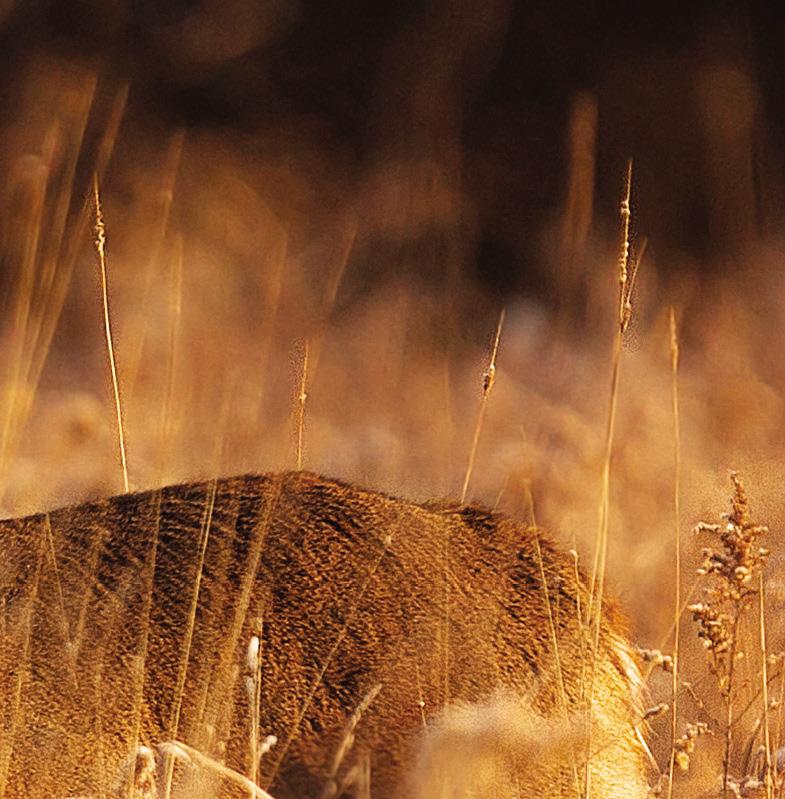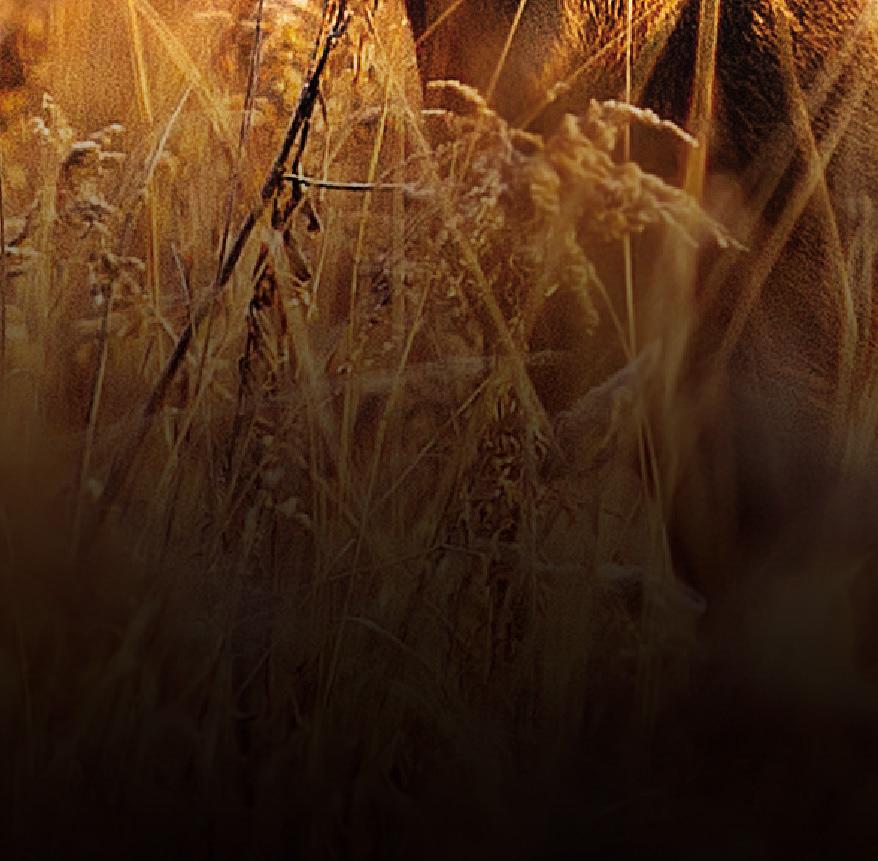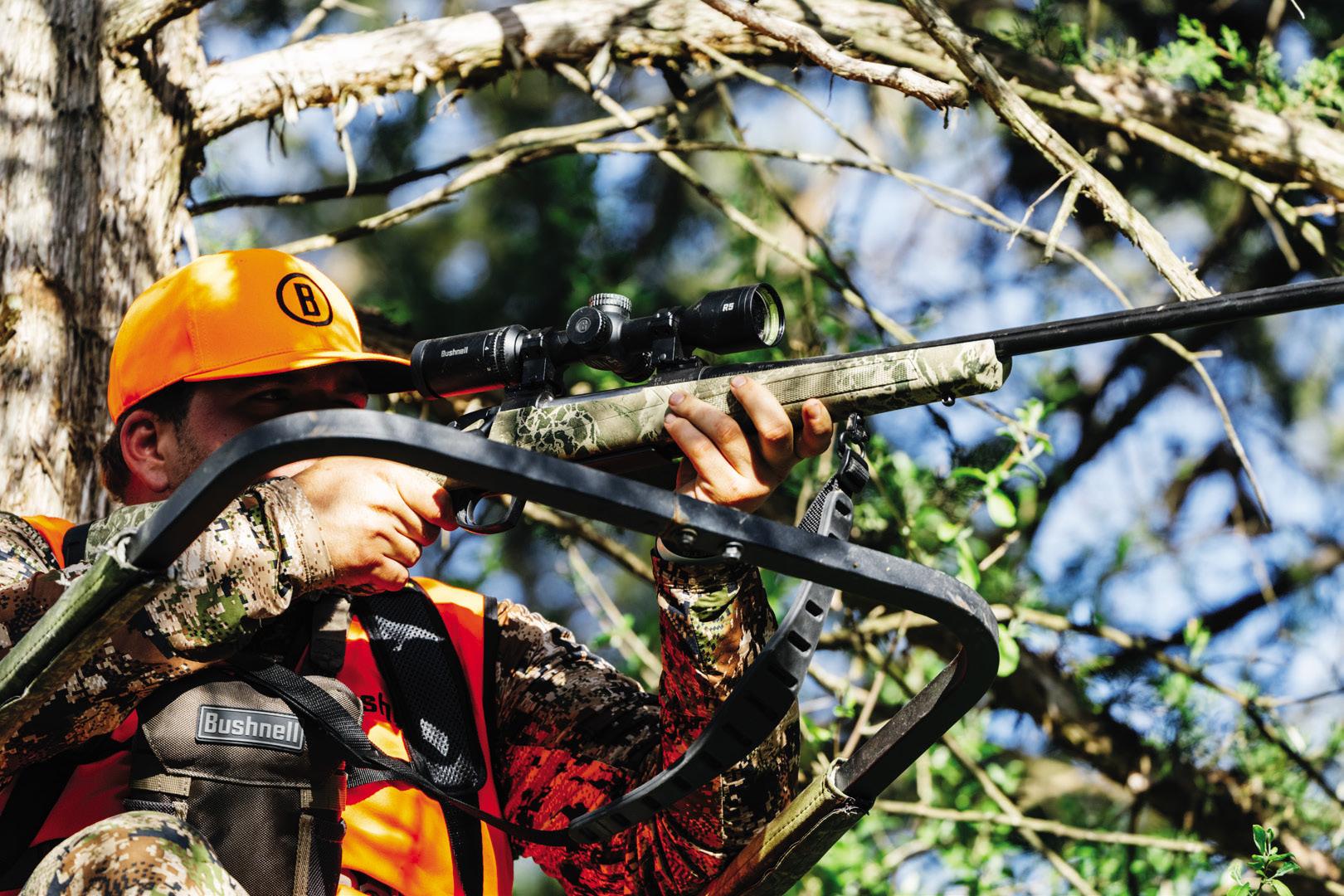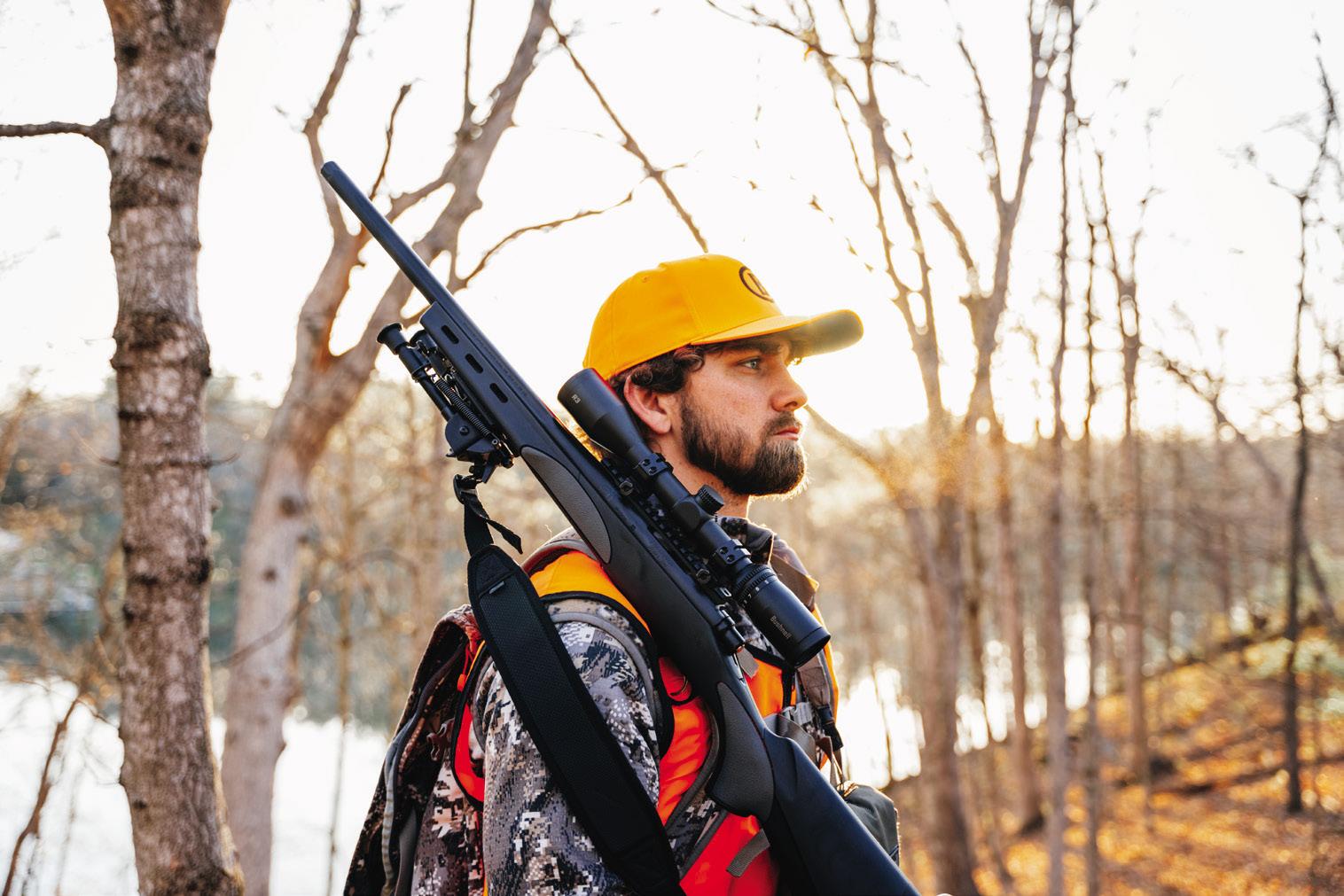












WE HAVE A clear winner in our True North Norma contest, sponsored by Norma Ammunition! Our congratulations go out to Goulais River, Ontario’s Ben Ayton, whose thoughtful entry made the job easy for our judges. Along with Outdoor Canada’s editor-in-chief, Patrick Walsh, the other judge was George Wallace, general manager of Stoeger Canada, which represents the Beretta Group of companies in Canada, including Norma.
“Congratulations to all those who took the time to participate in the True North Norma contest,” says George. “A big shout out to Ben Ayton, who best embodies Norma’s heritage and ethos. As with Ben, anyone taking it upon themselves to introduce the next generation to hunting should be commended for their individual efforts and love of the great outdoors.”
A manager with the City of Sault Ste. Marie, 40-year-old Ben lives a homestead lifestyle near Lake Superior with his wife, Brianna, and three young boys, Jackson, Charlie and Harrison. In 2007, he enlisted with the 49th Field Regiment, Royal Canadian Artillery reserve unit in Sault Ste Marie for two years before returning to university. He re-enlisted as an officer in 2014, staying on until 2018 before leaving to concentrate on his young family. Ben also worked for the Ontario Ministry of Natural Resources and Forestry from 2005 to 2011, fighting fires in northern Ontario, B.C., Alberta and Quebec.
As winner, Ben will receive one box of Norma Whitetail ammunition once a month for an entire year, along with being featured here. Here is Ben’s winning entry, wonderfully explaining his close connection to hunting and the great outdoors. —THE EDITORS
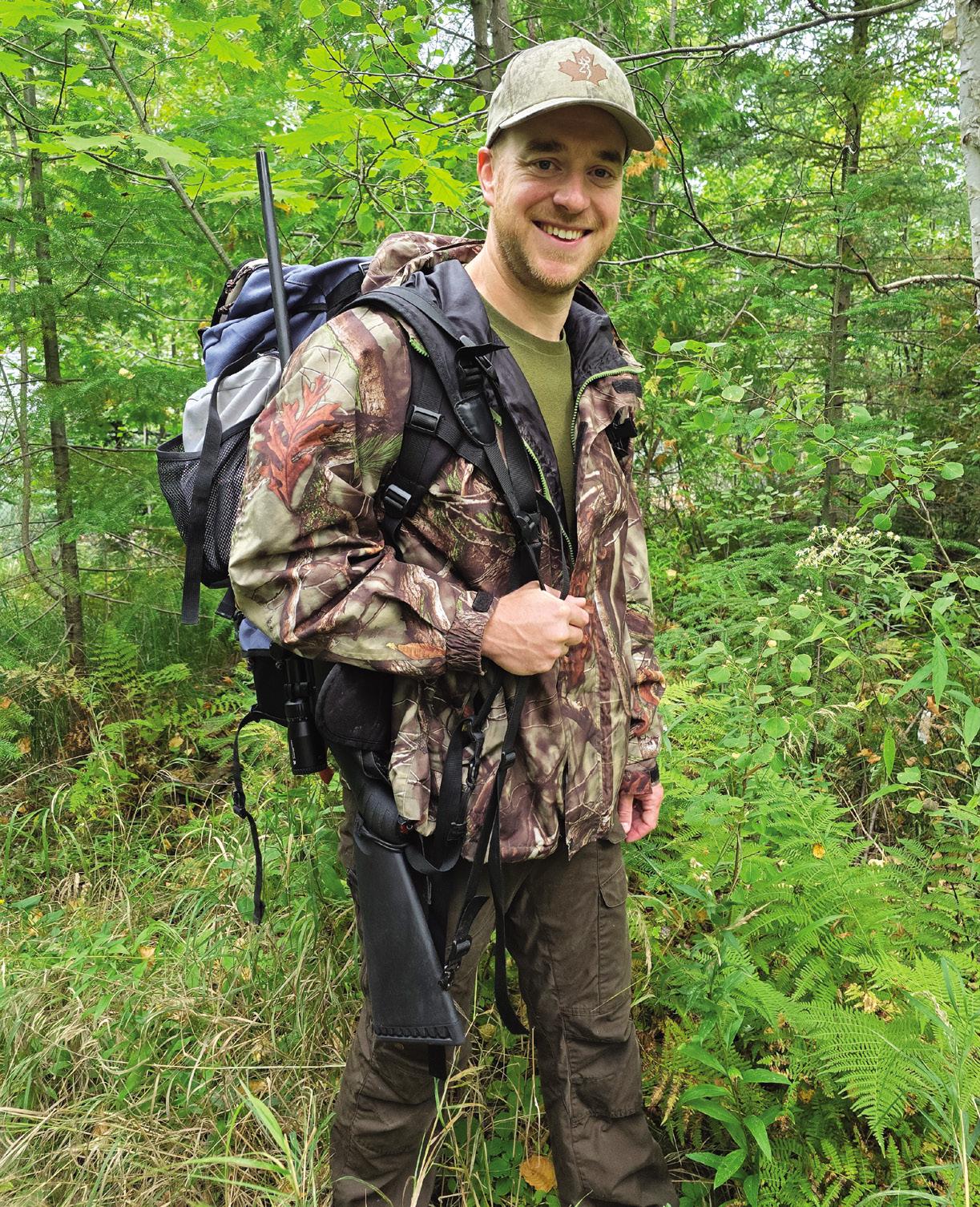
“"In a world full of convenience, it is the difficult that calls to me. I wasn’t born into a hunting family. My love for the outdoors has developed over the years through self-exploration and experiences with the Ontario Ministry of Natural Resources and Forestry while fighting wildland fires, as well as my time with the Canadian Armed Forces. Hunting has been a pursuit I’ve mostly undertaken alone. I’ve learned to hunt small game, snare hares and bait bears through trial and error, reading, outdoor shows and YouTube.
The more I explored hunting and fishing, the more I appreciated their physical and serene aspects. I love fishing from a canoe or kayak, listening to the water, wind, birds, and fish breaking the surface, instead of the hum of a trolling motor. I enjoy walking down trails in search of small game and observing other wildlife, as well as plants and mushrooms, rather than dealing with the exhaust and engine noise of an ATV. I relish snowshoeing to a remote brook trout pond rather than riding a sled. I’m always searching for the less-travelled and untouched areas. However, the more I search, the more I realize this is not the
norm. Most Northern Ontario hunters and anglers around me are focused on gear and convenience. There’s nothing wrong with that, but it isn’t for me.
White-tailed deer hunting was introduced to me by a friend who graciously invited me to hunt with him and his family on their property using bait and treestands. I did this for a few years, learned a lot, and was mildly successful, but there was always something missing.
That’s why, over the past three years, I’ve simplified my approach and my gear. I now paddle, portage, hike and camp on crown land in areas that are difficult to access. I chase whitetails and black bears across the Canadian Shield for five or six days, either solo or with one like-minded companion, all from a backpack. When successful, I carry the animal out myself.
I plan to continue this journey and adventure while providing wholesome food for my family. It’s a pursuit that’s always evolving, and now I’m introducing my three young boys to the same love for the difficult, hoping they might join me in the quiet.” —BEN AYTON
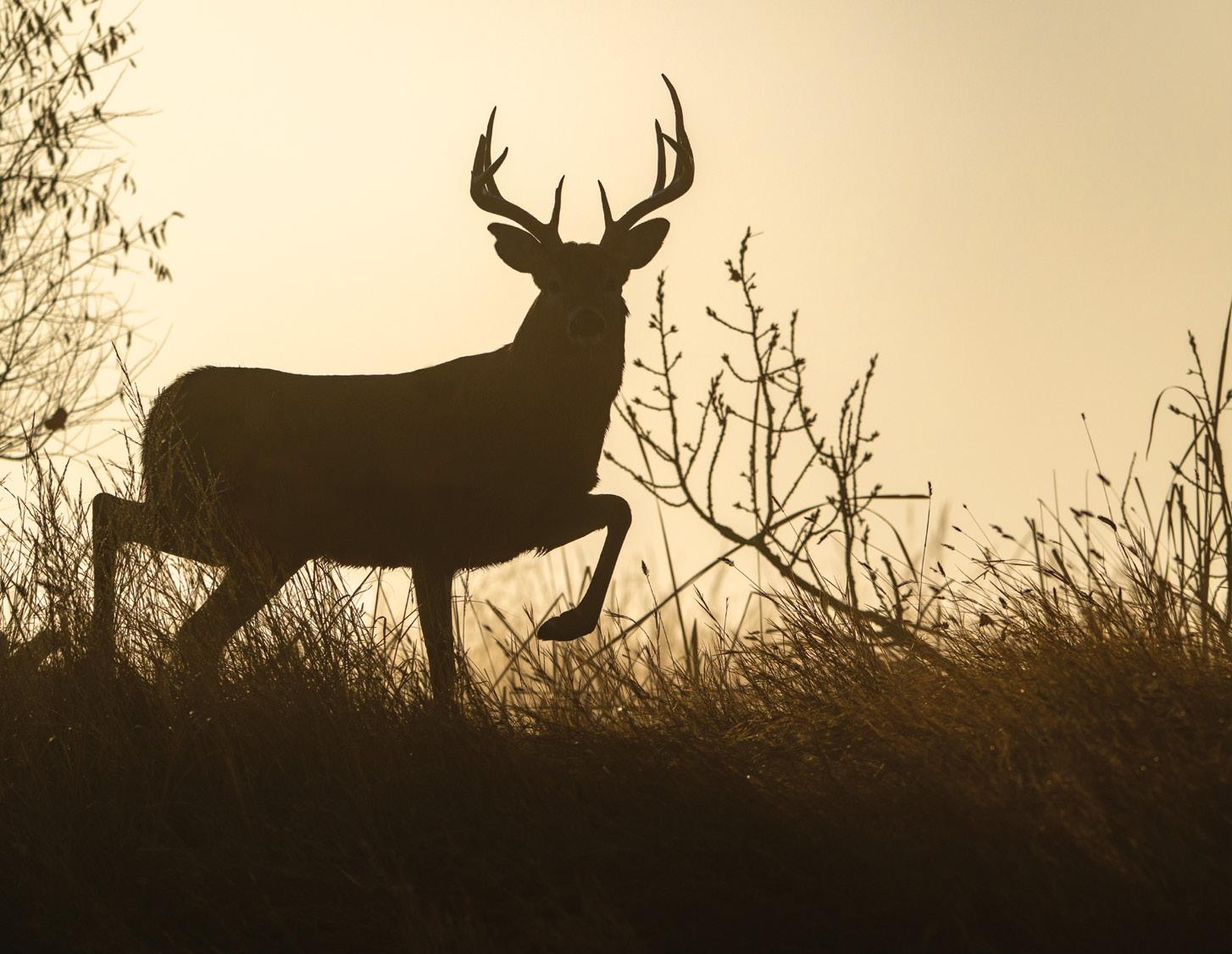
52, ISSUE 5 22 24 28 30

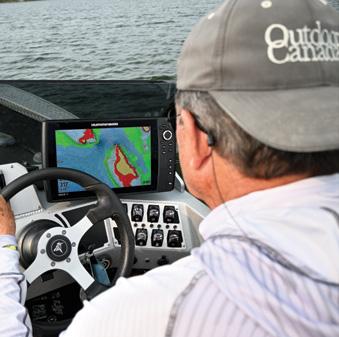
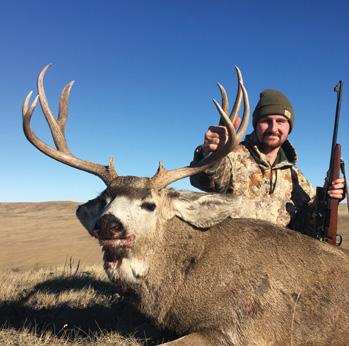
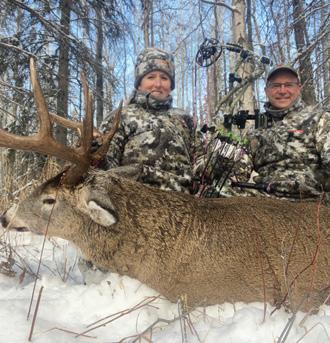
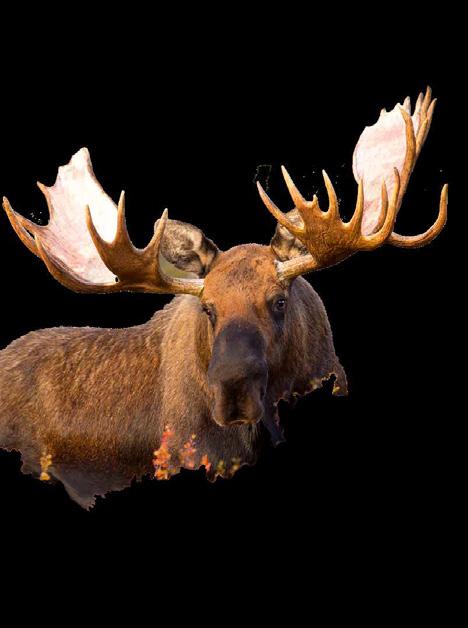
YOU CALL THE SHOTS
When hunting moose and whitetails, not all opportunities are created equal. What would you do in these 12 adrenalin-fuelled situations? BY MARK RAYCROFT
GO PUBLIC
No access to private land to hunt? No worries. Crown land promises plenty of opportunities for hunters willing to do the work BY KEN BAILEY
THE CLOSERS
Top tactics and tips for tackling last-chance lunkers before the openwater season ends BY GORD PYZER
54 ON THE MOVE
To consistently catch walleye on the troll, you need to know when to change your speed and show the fish something different BY MIKE HUNGLE
60
QUIET REVOLUTION
Electric bicycles, or e-bikes, are revolutionizing the way many hunters head afield. But are these two-wheeled wonders right for you? BY KEVIN WILSON
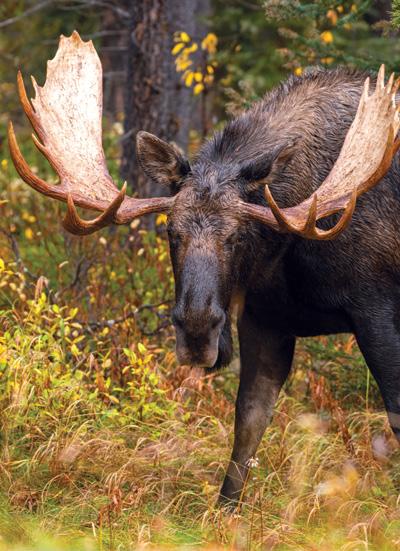


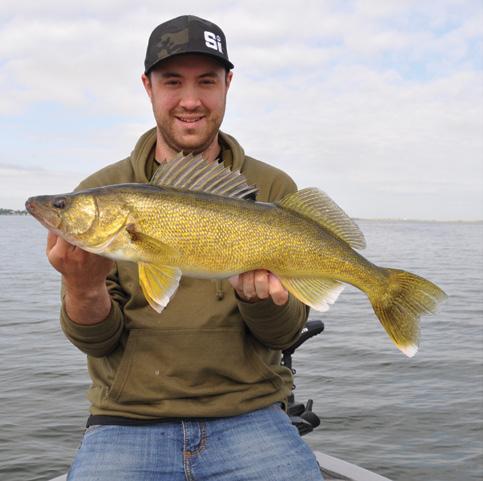
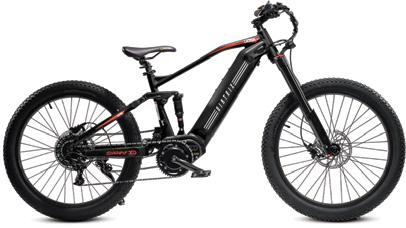
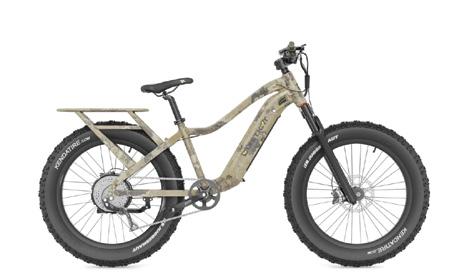

ROADIE® 15 HARD COOLER
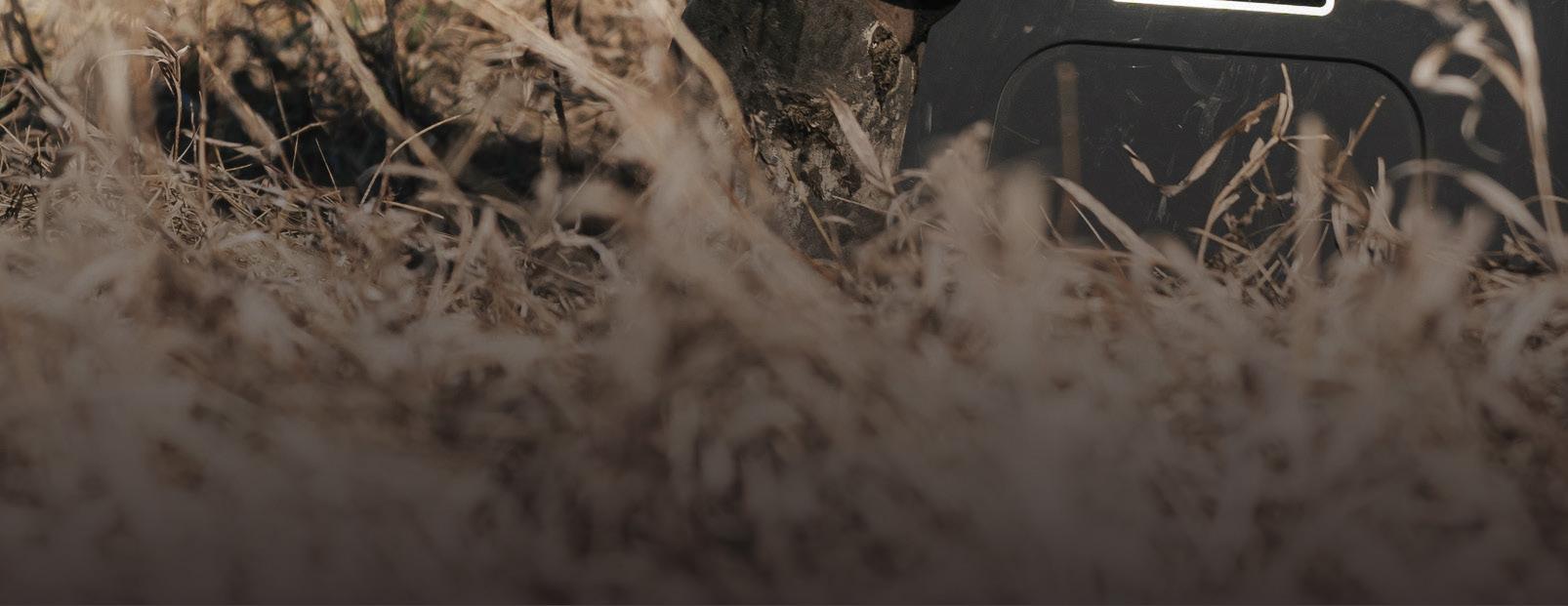
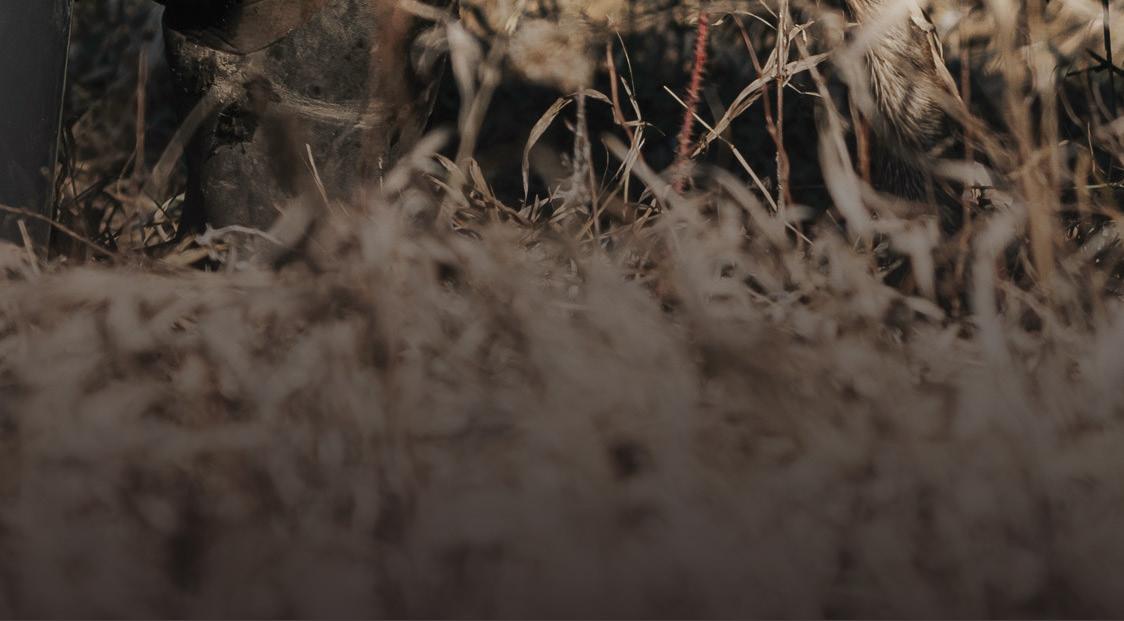
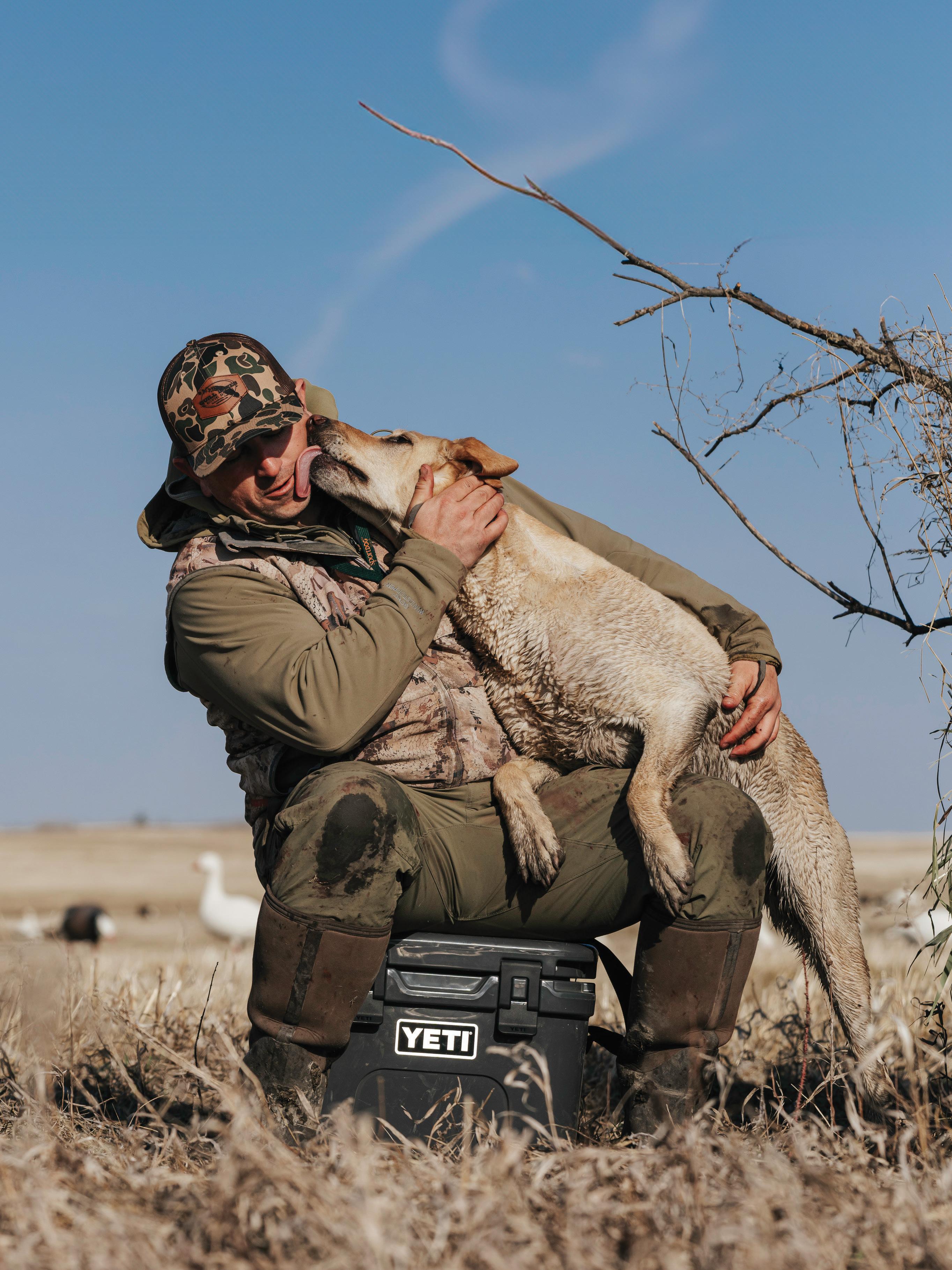
www.outdoorcanada.ca
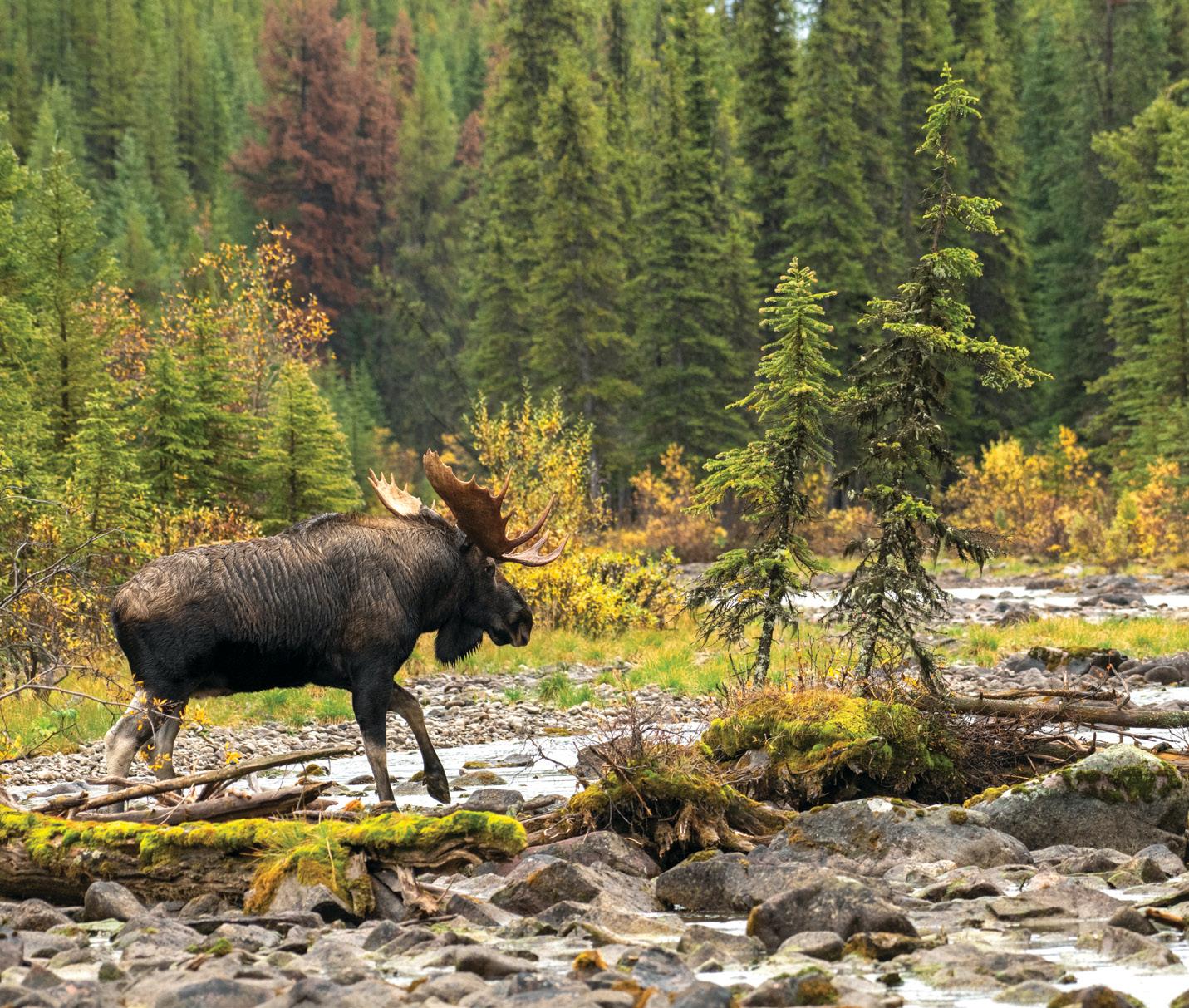
Why consider a guided moose hunt? There are several excellent reasons. First off, an expert local guide will be able to maximize your days afield, boost your odds of success and help with the heavy lifting after the shot. More importantly, though, a guided moose hunt can offer the adventure of a lifetime, complete with cherished memories, new friendships and enough meat in the freezer to last a year. Here are six key pointers to help guarantee the bucket-list guided moose hunt of your dreams—without breaking the bank. outdoorcanada.ca/guidedmoosehunts
From waterfowl, snipe and cranes to ringnecks, grouse and partridge, the Prairie provinces offer wingshooters unparalleled opportunities to hunt diverse and healthy populations of game birds. This primer shows how to get in on the action. outdoorcanada.ca/prairiewingshoot
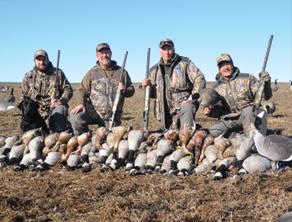
Gaining access to hunt on private land can be tricky to negotiate. The key to building trust with landowners all starts with being respectful, and mindful of their concerns. Here are the factors to consider when seeking access to hunt on private land. outdoorcanada.ca/privateland
A lot goes into hanging and rigging a proper treestand, including locating a promising game corridor, selecting a tree and putting up steps, climbing sticks or a ladder, along with other accessories. For a safe and successful treestand hunt, these expert tips are here to help. outdoorcanada.ca/treestandtechniques
If you’re hoping to land a few more walleye before ice-up, you’re in luck. The late-fall bite can offer the hottest fishing of the year—but only if you adjust your tactics, tackle and bait to match how the walleye are changing their feeding patterns. We explain how. outdoorcanada.ca/lateseasonwalleye






Join us on Facebook Facebook.com/OutdoorCanada
Follow us on X @OutdoorCanada @OutdoorCanadaW
Follow us on Instagram @outdoorcanadamagazine
Follow editor-in-chief Patrick Walsh on X and Instagram @OutdoorWalsh
Follow associate editor Scott Gardner on X @OutdoorGardner
Working as a team, two or more anglers can determine the day’s hottest tactics much faster than a solo angler. Try these team tips to refine a winning pattern of your own, including the most effective lure sizes, shapes and colours. outdoorcanada.ca/doublesfishing
Outdoor Canada fishing editor Gord Pyzer regularly posts expert fishing tips, gear reviews and much more on his blog, “On the water online.” Check in often to stay on top of exciting developments in the world of angling. outdoorcanada.ca/blogs
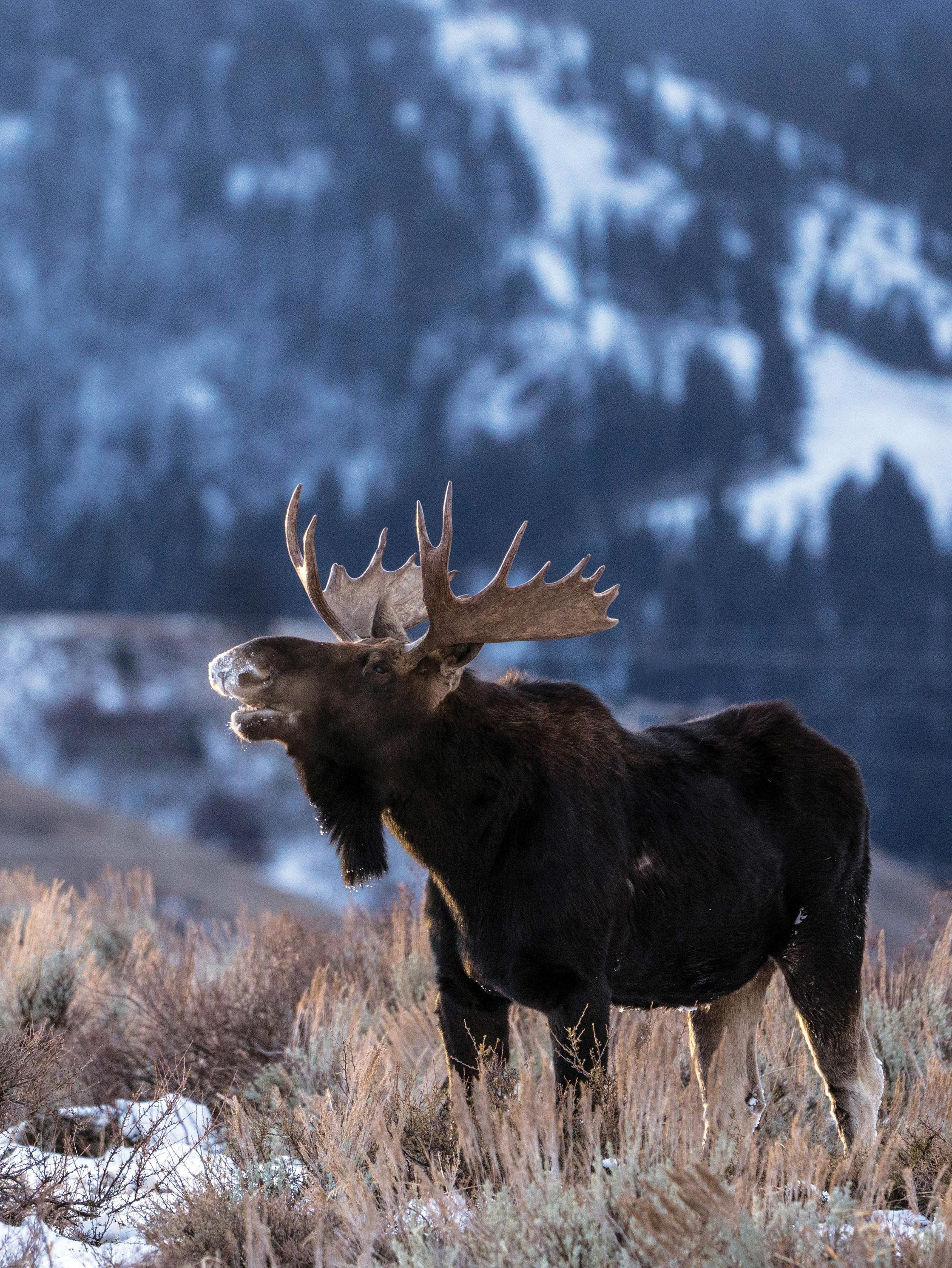






BY PATRICK WALSH

WE RECENTLY RECEIVED a thoughtful letter from Keven McRae of Guelph, Ontario, asking us to please use metric instead of imperial measurements when discussing weights, depths, speeds, temperatures and more in our fishing and hunting articles. “My kids do not know what a pound is,” Keven wrote. “We need to encourage our youth to get outdoors, so let’s make it easier for them to understand your articles.” Point taken, Keven. And this is not the first time we’ve struggled with the topic of imperial versus metric.
As it stands, we do indeed primarily use imperial when discussing fishing and hunting techniques, as that is simply the prevailing system of measurement in the world of fishing and hunting. Certainly, metric has been Canada’s official measurement regime since the 1970s, but for whatever reason, the angling and hunting world continues to view the world in imperial. Personalbest fish and tournament-winning limits, for example, are described in terms of pounds. Fishing depths are in feet, meanwhile, and shooting distances? Yards. Then there are lure sizes and weights, always in inches and ounces. And on it goes, including Fahrenheit over Celsius.
No doubt, our close proximity to our metric-free neighbours to the south plays into this, but all that aside, we do at least use metric when it comes to travelling distances, geographical measurements and other things not dictated by fishing and hunting norms. So, what do you think, dear readers?
Should Outdoor Canada:
• Keep things the way they are?
• Change to metric only?
• Include metric equivalents in brackets after imperial, or vice versa?
• Direct readers to our website for metric (or imperial) equivalents?
Not keen on any of those ideas? If you have other options, please e-mail us at editorial@outdoorcanada.ca. We’d love to hear your thoughts. OC
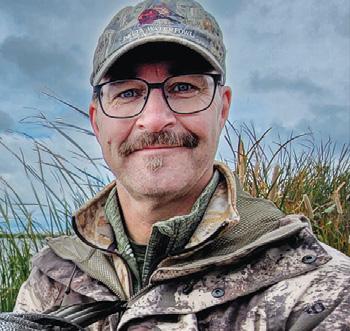
In “Dog Sense” on page 19, Saskatchewan contributor Lowell Strauss shares yet more expert tips on the proper care of hunting dogs. Then in this issue’s guest opinion column, “Fair Game” on page 22, he lays out the reasons why all hunters should wear blaze orange apparel during big-game rifle seasons.

For three decades now, hunting editor Ken Bailey has been providing his expert insight on all aspects of hunting. This issue, he shares specific tips for taking trophy mule deer (page 28), and lays out everything you need to know to have a successful hunt on Canada’s ample crown land. See “Go public” on page 40.

A hunter, wildlife photographer and big-game behaviour expert, veteran Ontario contributor Mark Raycroft once again offers up a stunning array of images, starting with the front cover. Along with several other photos throughout this issue, be sure to check out his feature on moose- and deer-hunting scenarios (page 32).



In his latest bowhunting column (page 30), Edmonton outdoorsman Kevin Wilson offers his advice on how to dress properly for lengthy wintertime hunts. Also this issue, he provides a detailed primer for hunters interested in heading afield with the use of electric bikes, or e-bikes. “Quiet revolution” begins on page 60.











ESTABLISHED 1972



EDITOR-IN-CHIEF & BRAND MANAGER Patrick Walsh
ART DIRECTOR Sandra Cheung
ASSOCIATE EDITOR & WEB EDITOR Scott Gardner
FISHING EDITOR Gord Pyzer
HUNTING EDITOR Ken Bailey
EDITOR-AT-LARGE Bob Sexton
PUBLISHER Mark Yelic
NATIONAL ACCOUNT MANAGERS
Rosemary Bubanovich, Jeff Coyle
RETAIL AND CLASSIFIED ACCOUNT MANAGER
Chris Holmes
MARKETING MANAGER
Desiree Miller
DIRECTOR OF RETAIL MARKETING Craig Sweetman
AD TRAFFIC COORDINATOR Michaela Ludwig
DIGITAL COORDINATOR Lauren Novak
CIRCULATION & CUSTOMER SERVICE
Marissa Miller, Lauren Novak
CONTROLLER Anthea Williams
OUTDOOR CANADA IS PUBLISHED BY OUTDOOR GROUP MEDIA LTD.
Outdoor Canada magazine (ISSN 0315-0542) is published six times a year by Outdoor Group Media Ltd.: Fishing Special; May/June; July/August; Hunting Special; November/December; and January/February. Printed in Canada by TC Transcontinental.
SUBSCRIPTION RATES: Canada, one year (six issues), $24.95 plus tax. U.S., one year, $39.95. Foreign, one year, $69.95. Send name, address and cheque or money order to: Outdoor Canada, 802-1166 Alberni St., Vancouver, B.C. V6E 3Z3
MAIL PREFERENCE: Occasionally, we make our subscriber list available to carefully screened companies whose products and services may be of interest to our readers. If you want your name removed, contact us via the subscripton contact below.
Publication Mail Agreement No. 42925023. Send address corrections and return undeliverable Canadian addresses to: Outdoor Canada, 802-1166 Alberni St., Vancouver, B.C. V6E 3Z3
USPS #014-581. U.S. Office of publication, 4600 Witmer Industrial Estates, Unit #4, Niagara Falls, N.Y .14305. U.S. Periodicals Postage paid at Niagara Falls, N.Y. Postmaster: Send address changes to Outdoor Canada, P.O. Box 1054, Niagara Falls, N.Y. 14304-5709. Indexed in Canadian Magazine by Micromedia Ltd.
EDITORIAL SUBMISSIONS: We welcome query letters and e-mails, but assume no responsibility for unsolicited material.
Distributed by Comag Marketing Group. ©2024 Outdoor Canada. All rights reserved. Reproduction of any article, photo or artwork without written permission of the publisher is strictly forbidden. The publisher assumes no responsibility for unsolicited material.
Subscriptions and customer service: 1-800-898-8811
Subscriptions e-mail: service@outdoorcanada.ca
Customer service website: www.outdoorcanada.ca/subscribe
MAILING ADDRESS: Outdoor Canada, 802-1166 Alberni St., Vancouver, B.C. V6E 3Z3
General inquiries: (604) 428-0259
Editorial e-mail: editorial@outdoorcanada.ca
Members of the Manitoba Wildlife Federation, Saskatchewan Wildlife Federation and Alberta Fish & Game Association must contact their respective organizations regarding subscription questions or changes.

ENTRY DEADLINE: JANUARY 2, 2025


THIS CONTEST IS only open to residents of Canada (except Quebec). No purchase is necessary. Professional photographers are not eligible. Photos must have been taken in Canada on or after January 1, 2024. Entries must include details of when and where the pictures were taken. Please enter your high-resolution digital images online at: WWW.OUTDOORCANADA. CA/OCPHOTOCONTEST
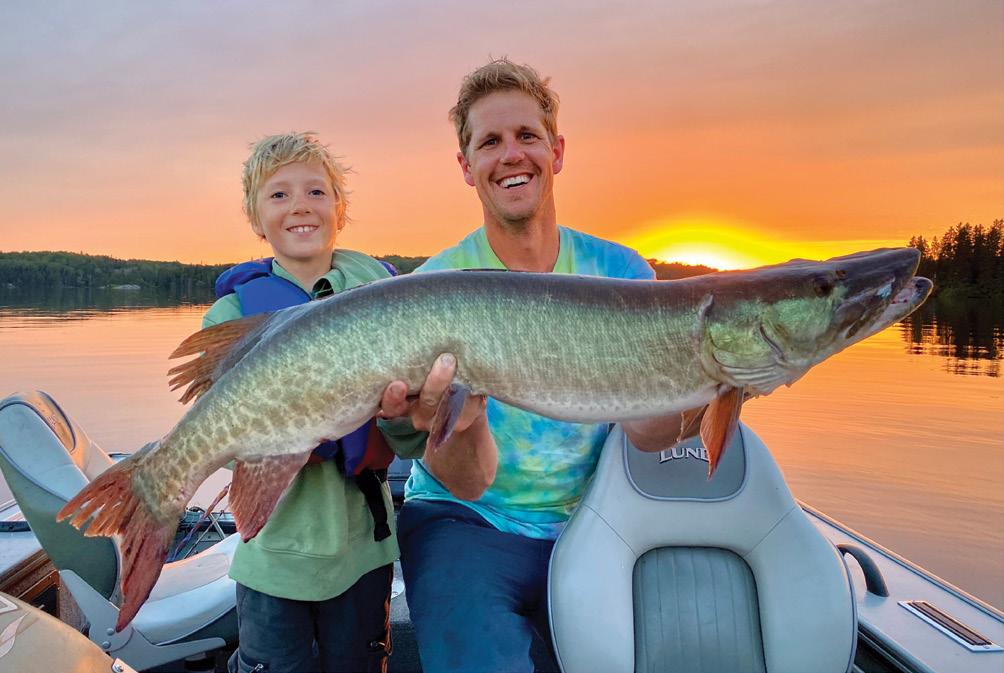
PHOTOS DEPICTING ANY ASPECT OF SPORTFISHING IN CANADA
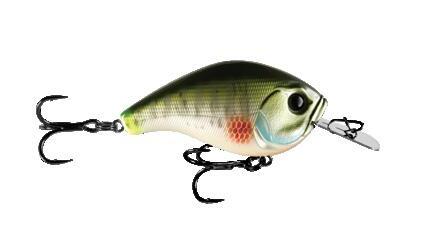
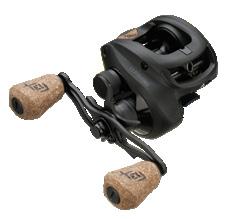
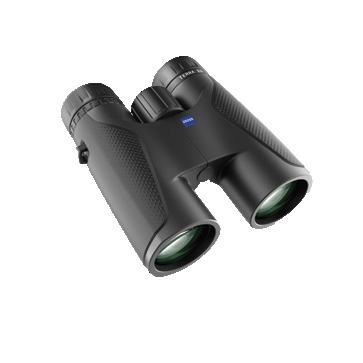
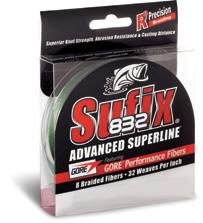

1ST PLACE: 13 Fishing Rod, Reel & Gear Prize Pack (MSRP $500)
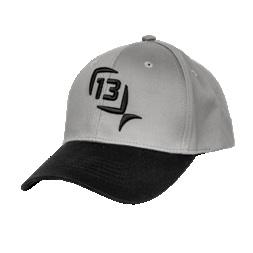
2ND PLACE: 13 Fishing Tackle Prize Pack (MSRP $250)
3RD PLACE: 13 Fishing Tackle Prize Pack (MSRP $100)
PHOTOS DEPICTING ANY ASPECT OF SPORT HUNTING IN CANADA
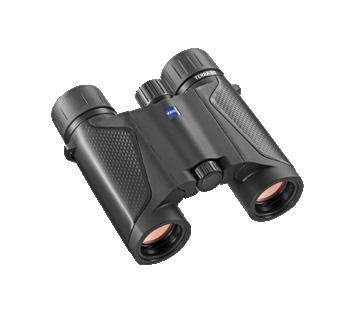


1ST PLACE: Zeiss 3-12x44 Conquest V4 Riflescope (MSRP $1,199.99)
2ND PLACE: Zeiss Terra 10x42 binoculars (MSRP $899.99)
3RD PLACE: Zeiss Terra 10x25 compact binoculars (MSRP $649.99)
PHOTOS DEPICTING YOUNG CANADIANS ENJOYING


1ST PLACE: Fenwick Family Fishing Package (MSRP $1,000)
2ND PLACE: Package
3RD PLACE: Package
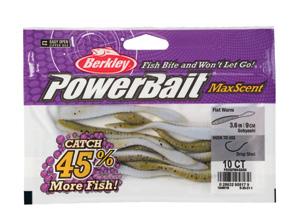
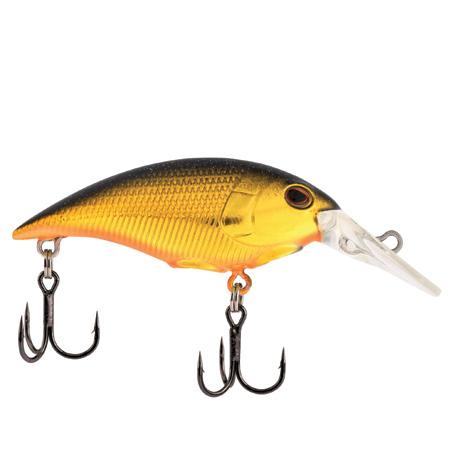

PHOTOS DEPICTING WILDLIFE AND/OR NATURAL LANDSCAPES IN CANADA
1ST PLACE: Nest Pour Over Kit + Java G25 Coffee Grinder Bundle (MSRP $280)
2ND PLACE: Java G45 Coffee Grinder (MSRP $280)
3RD PLACE: Nest Pour Over Coffee Kit + Nest Mug (MSRP $120)





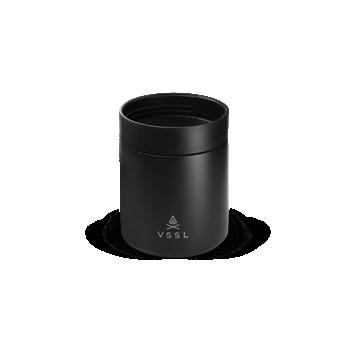
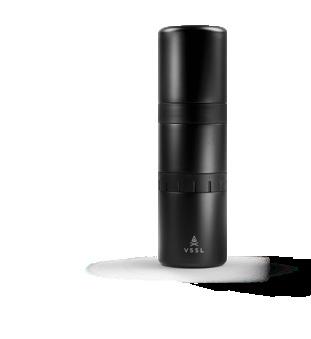

$200,000
Total prize money awarded to Ontario brothers Chris (left) and Cory Johnston following August’s Bassmaster Elite Series tournament on the St. Lawrence River. Chris earned $100,000 as the 2024 Bassmaster Angler of the Year, the first Canadian to ever win the prestigious title, while Cory hauled in $100,000 for winning the fishing tournament, his second Elite Series win.
RAYCROFT
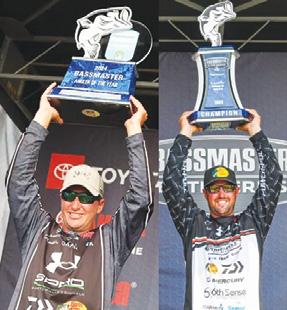
5%
Overall increase this year in North America’s breeding duck population, according to the latest annual waterfowl survey conducted by the Canadian Wildlife Service and its U.S. counterpart. It’s the first increase since 2015, bringing the continent’s estimated total of breeding ducks to 34 million.
100th
Anniversary this year of Quebec’s famed sportfishing destination
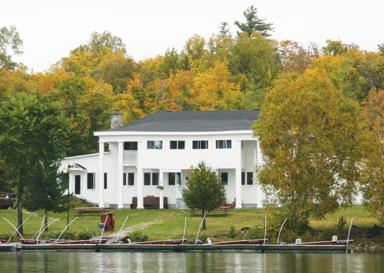
Beauchêne Wilderness Lodge, also known as La Réserve Beauchêne. Built in 1924 by Kentucky whisky baron Lawrence Jones, the “White House” main lodge (pictured) is the hub of the 205.7-square-kilometre reserve, which features 40-plus fish-filled lakes.
647
Megatonnes of carbon released into the atmosphere by last year’s wildfires in Canada, according to a study published in the science journal Nature. That’s more carbon than what was released in 2022 by seven of the world’s 10 worst national emitters. Only China, India and U.S. released more.
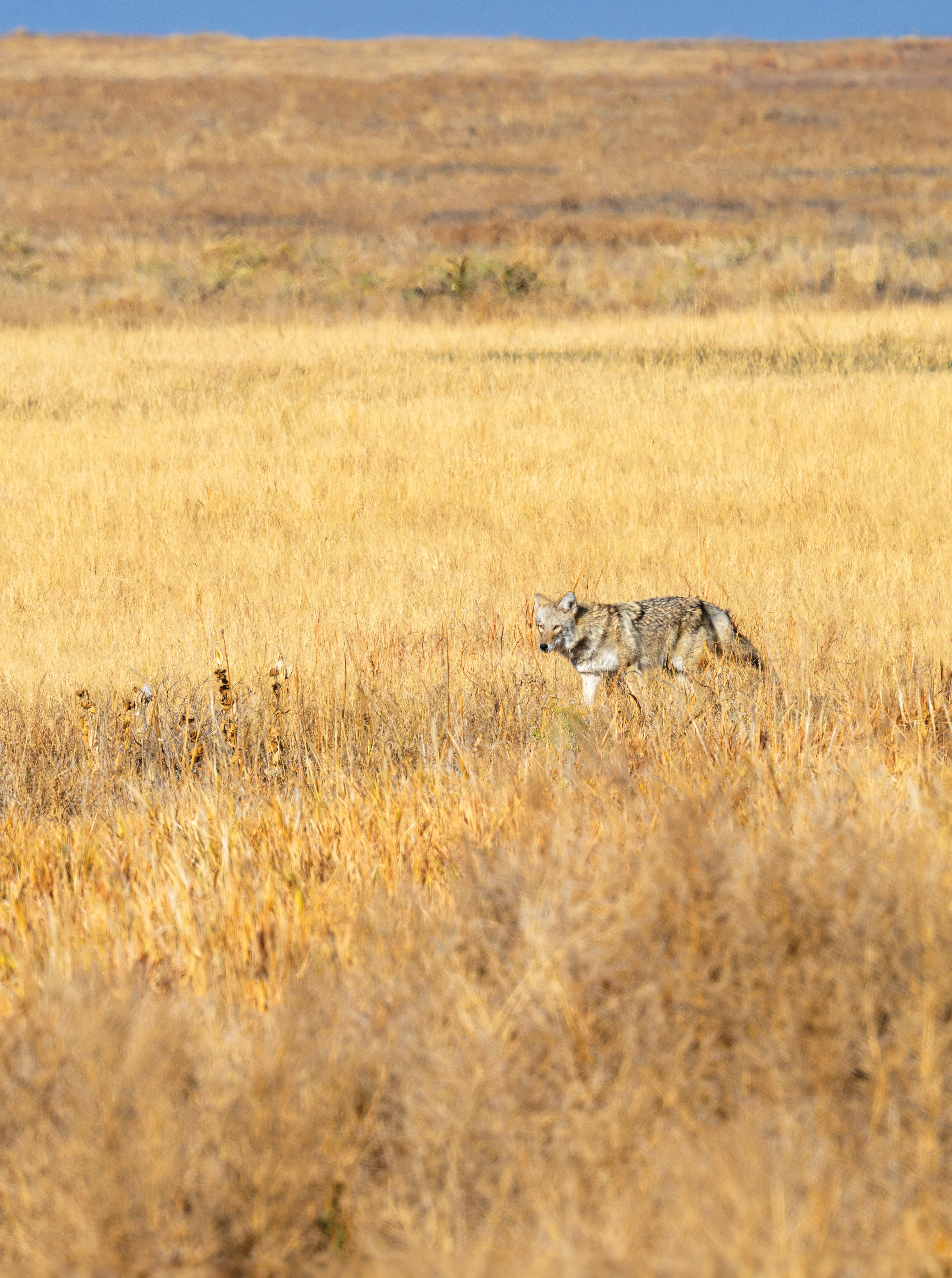
32.02 lbs
New Canadian record for a singleday bass tournament weigh-in of five fish, caught by anglers Joey Teofilo and Joey Dicienzo on the St. Lawrence River during the Canadian Sportfishing League’s 1,000 Islands Cup out of Gananoque, Ontario. The pair’s two-day total 61.88 pounds won them the cup and $8,000.
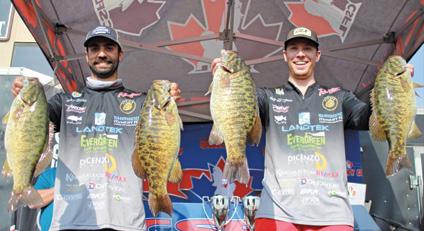
Just try me! A bruiser of a whitetail buck stares down a coyote before stomping his front hooves and walking on past the confounded predator in the rolling grasslands of southern Alberta last November.
PHOTO BY MARK RAYCROFT
“Salmon really need our help in these areas.”
Katrina Connors, program director of the Pacific Salmon Foundation, raises the alarm following the September release of the foundation’s sobering State of Salmon report. The study found that 70 per cent of spawning Pacific salmon and steelhead in B.C. and the Yukon were below their long-term average, with northern regions showing the most widespread declines. See stateofsalmon.ca for the full report.

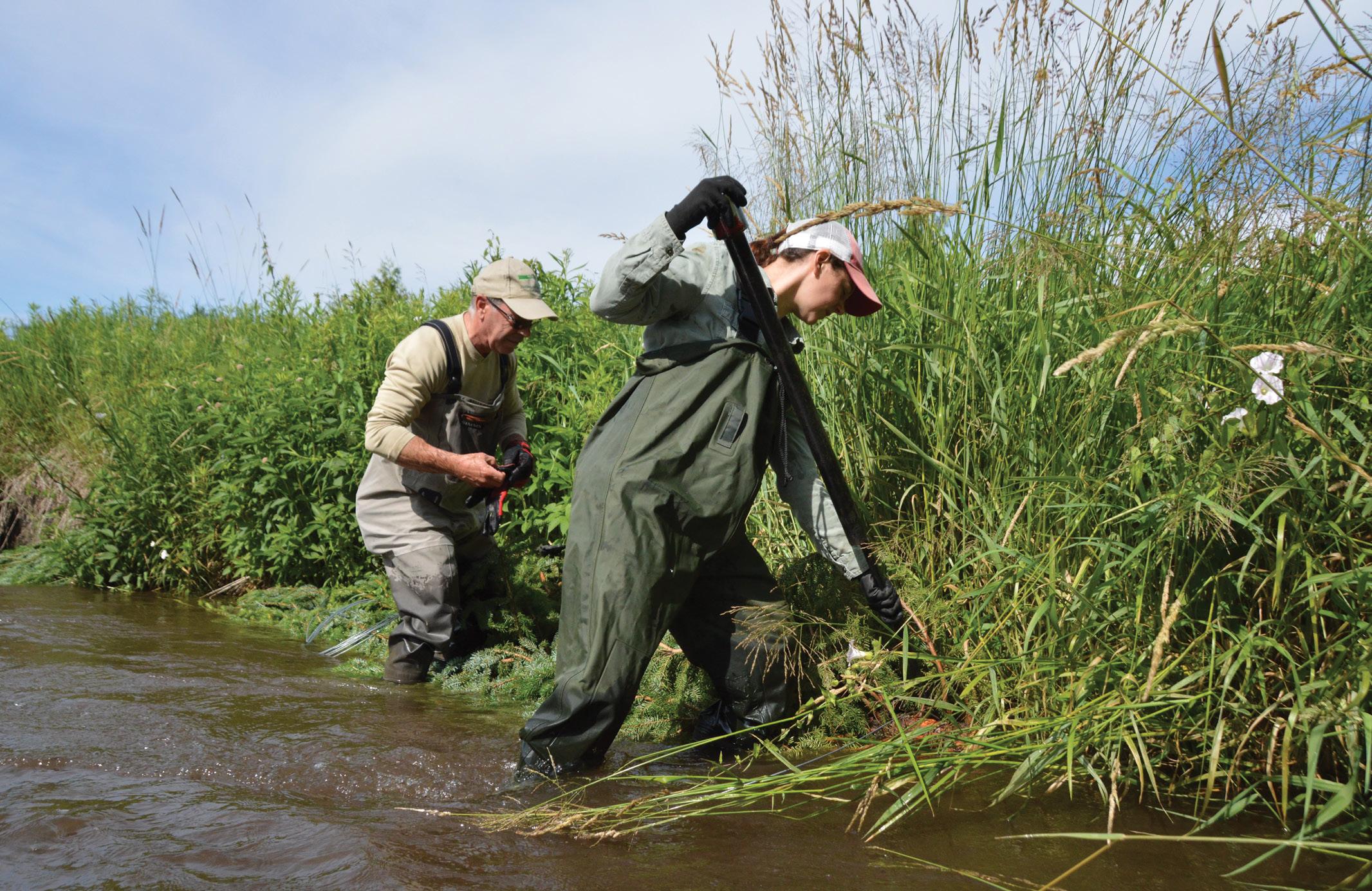
ONTARIO’S NOTTAWASAGA RIVER GETS A RENEWED LEASE ON LIFE
BY LOU PIACENTINI
KNOWN SIMPLY AS the “Notty” among locals, southern Ontario’s Nottawasaga River, with its plentiful twists, turns and deep pools, is a prime destination for anglers drawn to its renowned trout and salmon runs. With these wild fish reaching many of the river’s tributaries—a watershed that drains more than 3,000 square kilometres just north of Toronto—it would appear to be a self-sustaining fish factory, effortlessly replenishing itself.
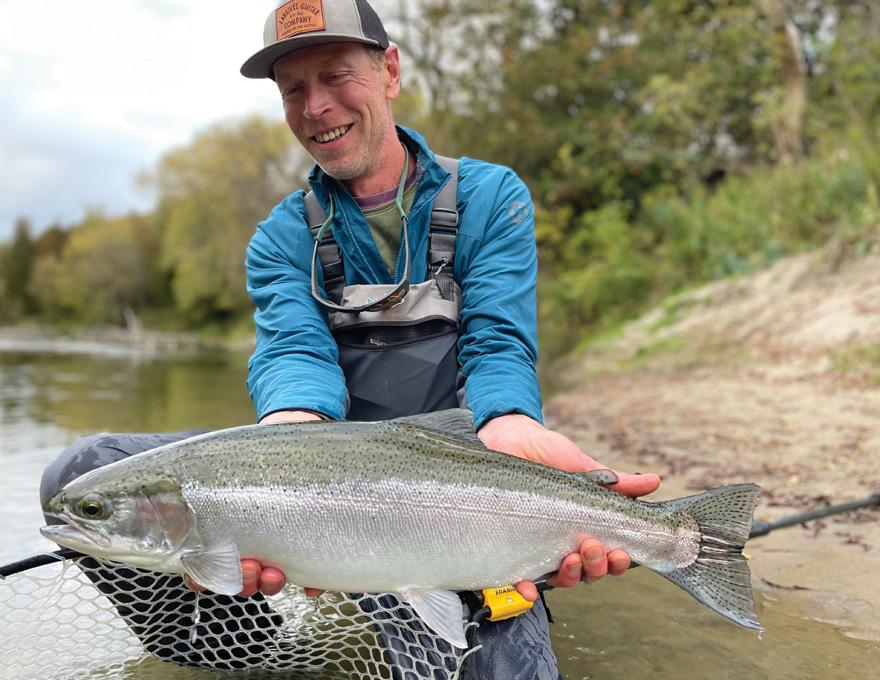
With mounting pressures from surrounding urban development and agricultural activity, however, some argue leaving the Notty to fend for itself is a risky move, particularly with Ontario’s growing demand for more housing.
“We’re seeing very aggressive rates of urban development in the watershed,” says Fred Dobbs, senior fisheries biologist and manager of stewardship services at the Nottawasaga Valley Conservation Authority (NVCA). “I think if you look at our proximity to Toronto and the northward fringe of development…it’s going to skip protected green lands and basically kind of land in our lap. We still have a lot of pristine habitat, but not much time.”
Enter the Nottawasaga River Restoration Program (NRRP), coordinated by the NVCA and Nottawasaga Futures/South Simcoe Streams Network, a community service organization.
Now in its sixth year, the NRRP aims to restore 10 kilometres of the famed river across multiple locations with the help of public and private funding, as well as the support of rural landowners and dedicated volunteers. The plan entails improving the Nottawasaga’s water quality and enhancing the sportfishery by restoring trout habitat between the village of Hockley and the outskirts of Alliston.
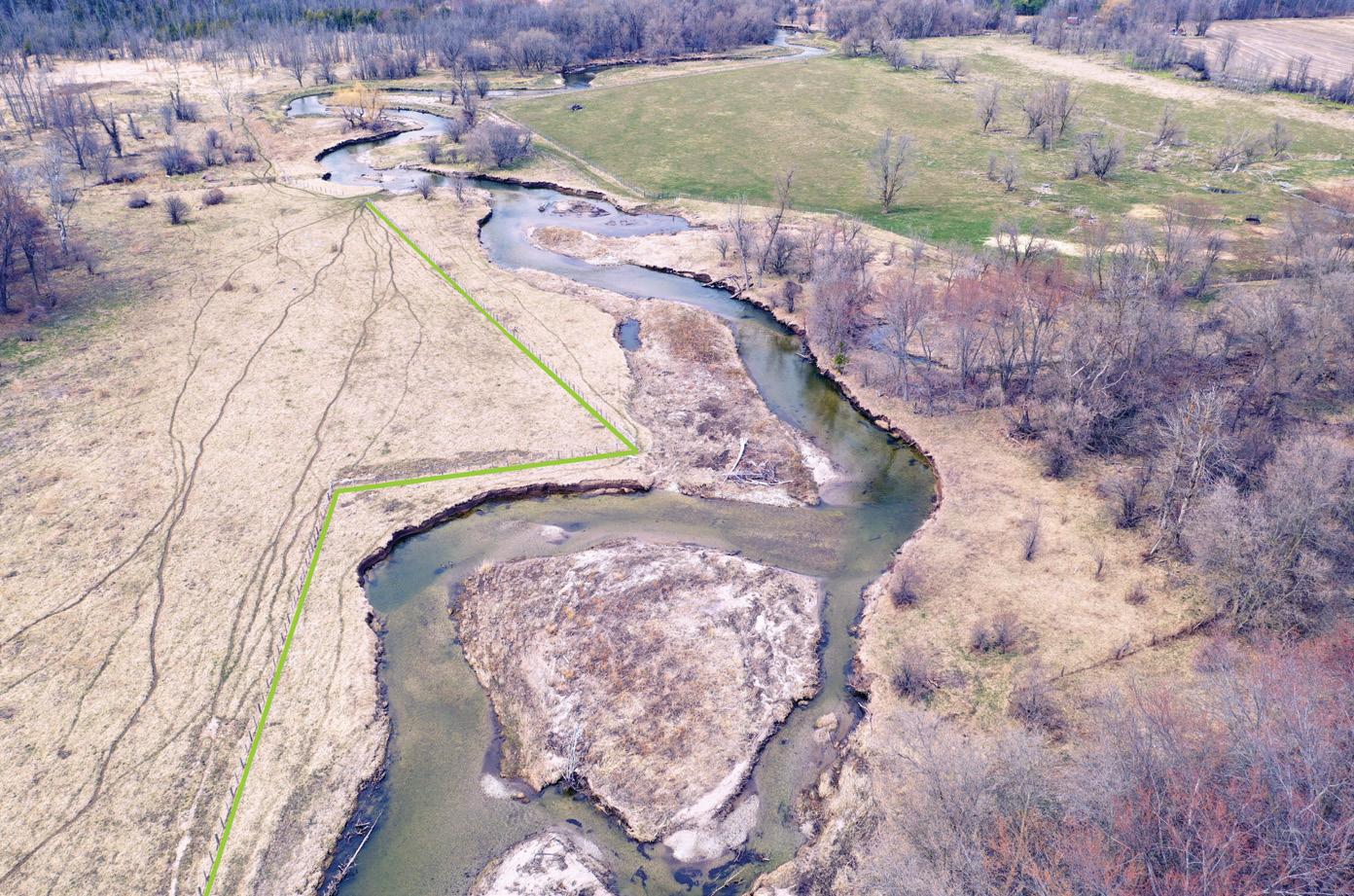
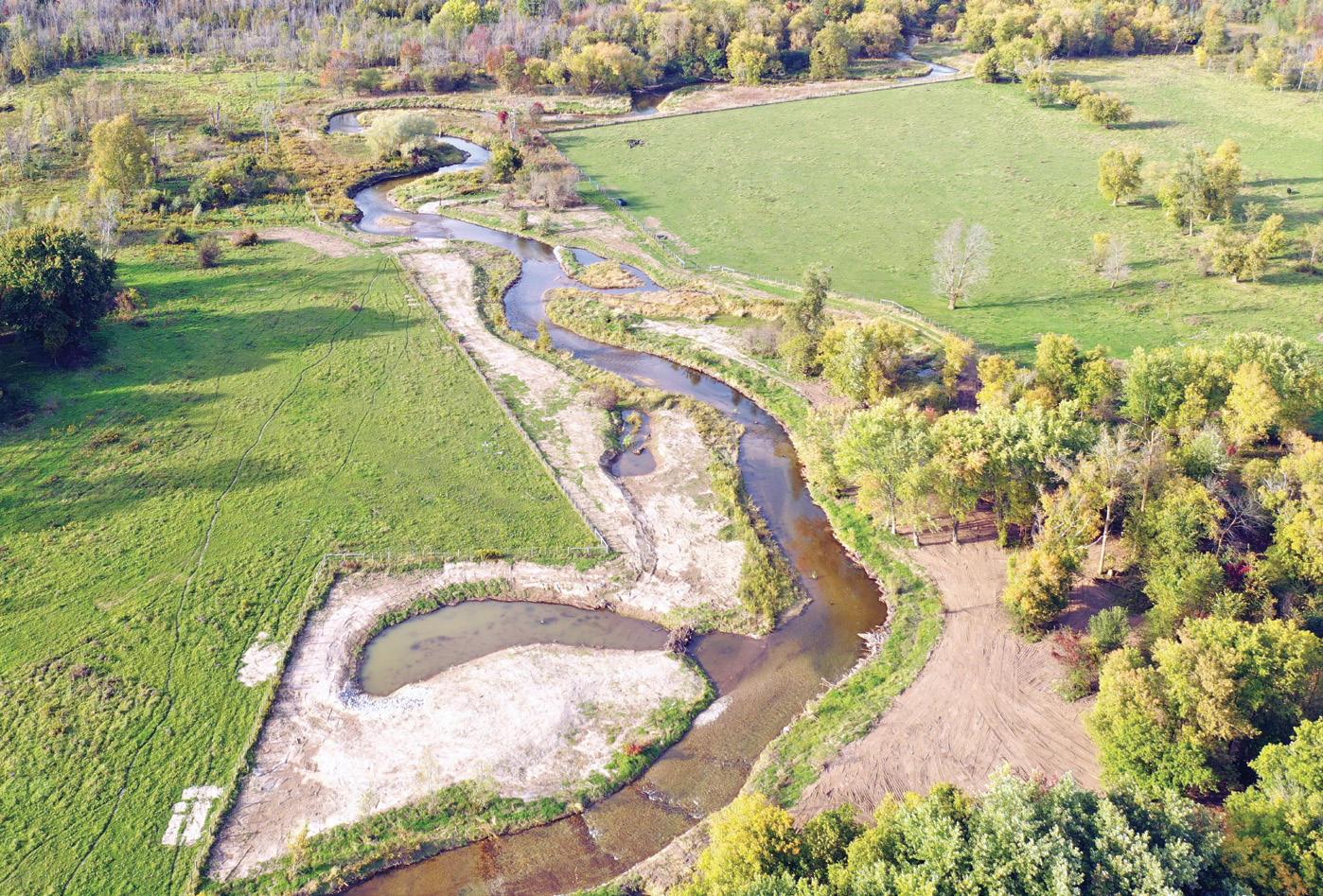
The NVCA calls it one of the largest trout habitat restoration initiatives in southern Ontario, with the work now extended to also include tributaries such as Sheldon Creek, and the Pine and Mad Rivers. The restoration entails shoring up eroded banks, installing in-stream habitat, constructing floodplains, erecting livestock fencing and planting trees. Already, many sections of the river previously impacted by rural land use practices are now looking like places where fish can grow and thrive.
“One thing that sets the program apart is, instead of trying to build something really good from scratch, we already have high-quality stream habitats coming out of the Niagara Escarpment,” says the NVCA’s Dobbs. The key, he explains, is to extend as much of the cool water from the river’s upper reaches further downstream through restoration, expanding the amount of good habitat for rainbow trout and chinook salmon.
This approach will also benefit resident brown trout, Dobbs adds, as well as two species at risk. Along with providing significant inland spawning habitat for lake sturgeon, the Nottawasaga also supports the northern brook lamprey, a non-parasitic native fish. As a result, Fisheries and Oceans Canada has long been contributing funds to the NRRP.
Other benefactors providing financial support include Bass Pro Shops/Cabela’s, the World Wildlife Fund and the Ontario Trillium Foundation, among others. The funding helps cover project costs for machinery, materials and staff, while volunteers donate their time to give the watershed some TLC. Last year, for example, volunteers planted 2,200 trees along the banks of restored areas, which will stabilize the ground and provide the river with cooling shade.
Since the NRRP work got underway in 2019, a quarter of the 10-kilometre restoration has so far been completed. With the plan slated to end in 2031, the full impact will take time to materialize, but the preliminary data is promising. In the areas that have been restored, for example, wild yearling rainbow trout and juvenile chinook salmon numbers have increased by 70 and 100 per cent, respectively.
According to Dobbs, those numbers are a good indicator of future recruitment into the sportfishery. “I wouldn’t take this to the bank and do a scientific paper at this point,” he says, “but it’s safe to say that there’s some positive indicators.”
That’s certainly good news for people such as Jesse Wright, a veteran fishing guide of 20 years who’s spent the last five on the Nottawasaga. To him, the river’s allure comes down to its wild trout population. “A measure of a good steelhead fishery is the number of repeat spawners in the system, as well as a diversity of year class,” he says. “Over the past five years, I have seen a very good representation of both.”
Nonetheless, Wright remains vigilant. “From what I understand, the fishery is quite healthy,” he says, “but that’s not to say it isn’t under threat.” Whatever lies ahead, the good news is, the Notty is sure to have plenty of ongoing help from its friends. OC
WE ENJOY SEEING pictures of your fishing and hunting accomplishments—and learning the stories behind them. Please e-mail us your images, along with any relevant details (who, what, where and when), and we’ll post them on Instagram and publish our favourites here.
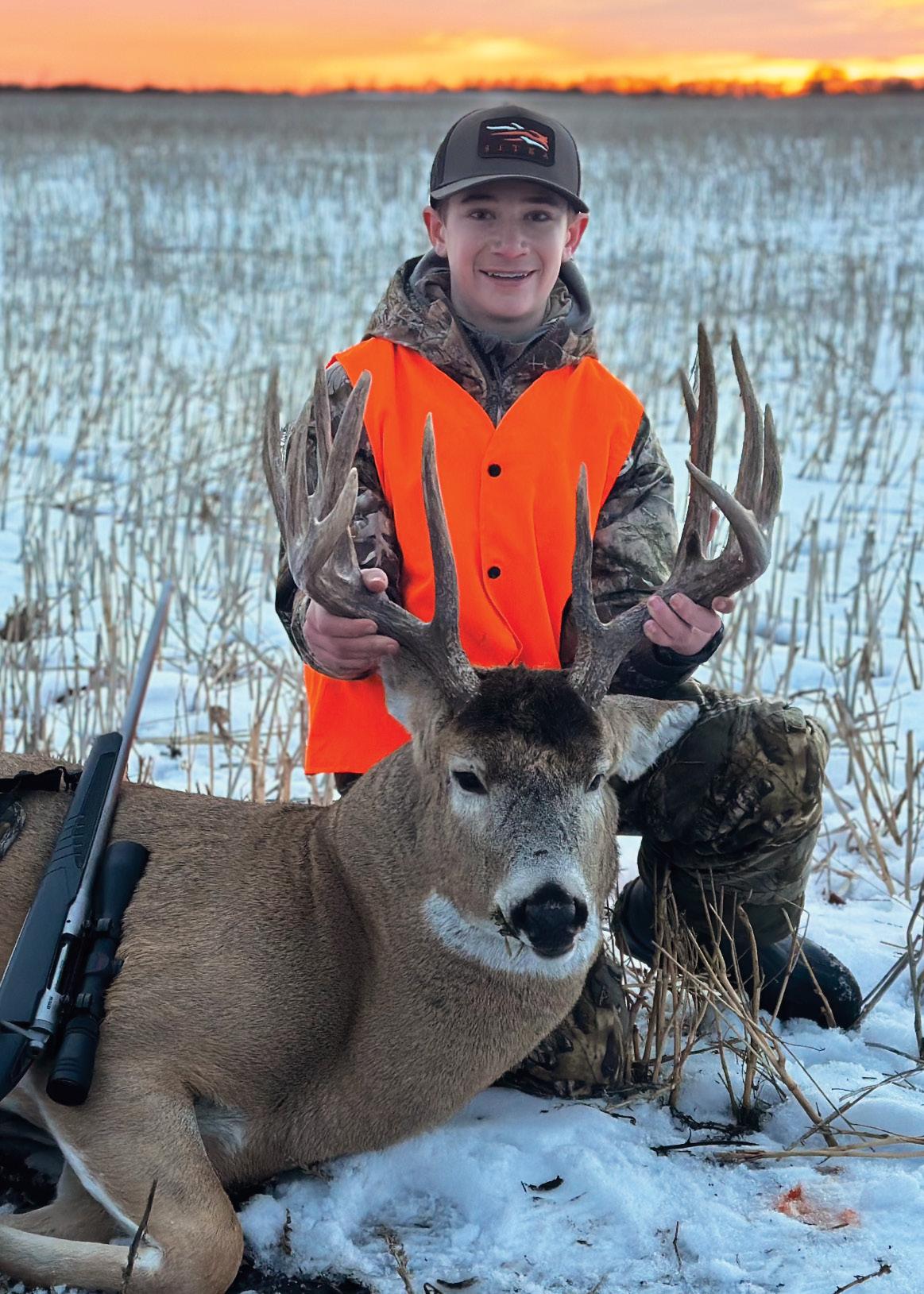
When Wade Driedger first saw this trophy whitetail last October on his trail cam photos from Hamiota, Manitoba, he quickly came up with a nickname for the big buck: “Moose.” Hunting from a blind three weeks later, the 14-year-old had his chance and dropped the monster on the spot with a 200-yard shot.

Three generations of the Albers clan made the most of their final frosty day of fishing last November on Quebec’s Gouin Reservoir when threeyear-old Freddie (right) tackled this six-pound walleye with a little help from dad Anthony and brother Tristan. Grandpa Fred took the photo.
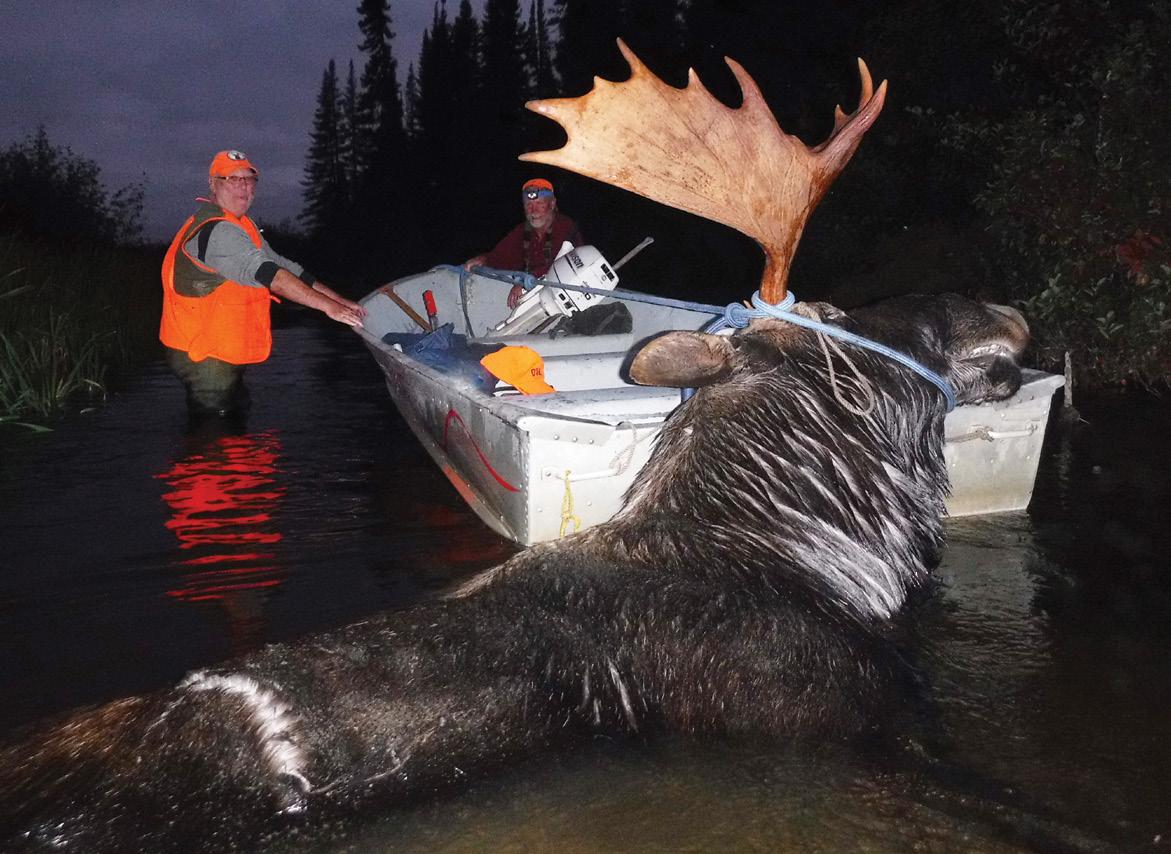
While hunting with his two brothers at northern Ontario’s Audrey Lake in September 2021, Rob Hubbert (right) called in this 53-inch bull to within 15 metres before taking his shot. With him is his brother Don, while brother Greg took the photo. The trio booked their adventure through Cochrane Air Service.
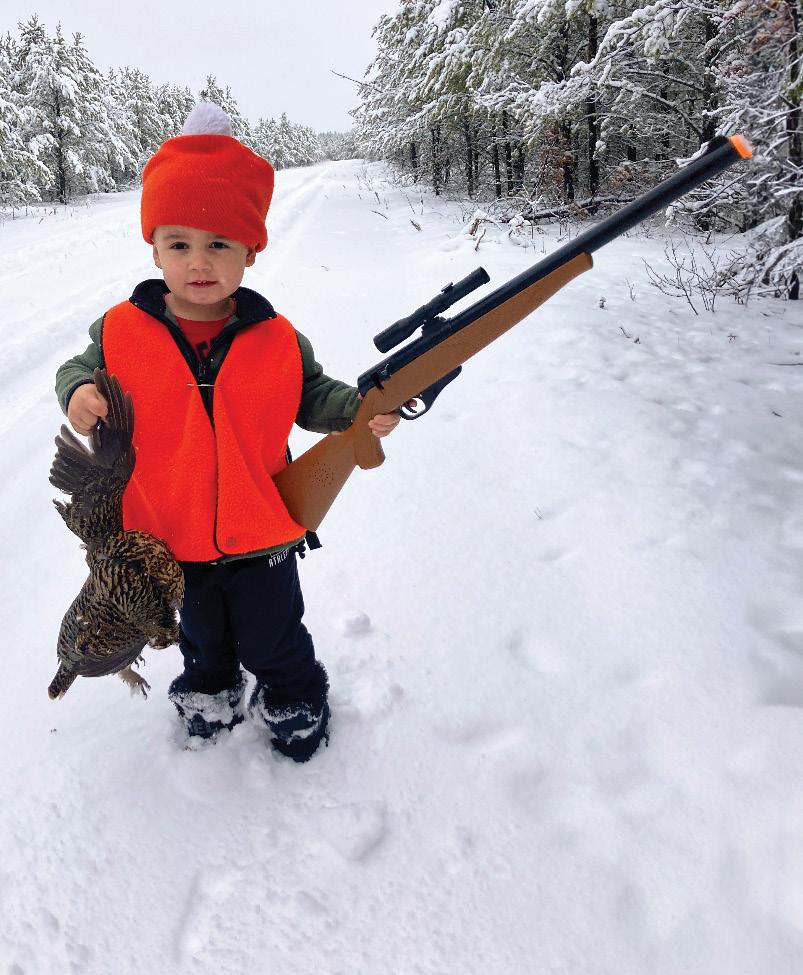
Toting his toy gun, threeyear-old Henry Bednarz eagerly joined his dad, grandfather and a family friend on a grouse hunt last November in the wilds of northern Saskatchewan. “I think it’s important to get the next generation out and about on the days with nice weather,” says dad Myles.
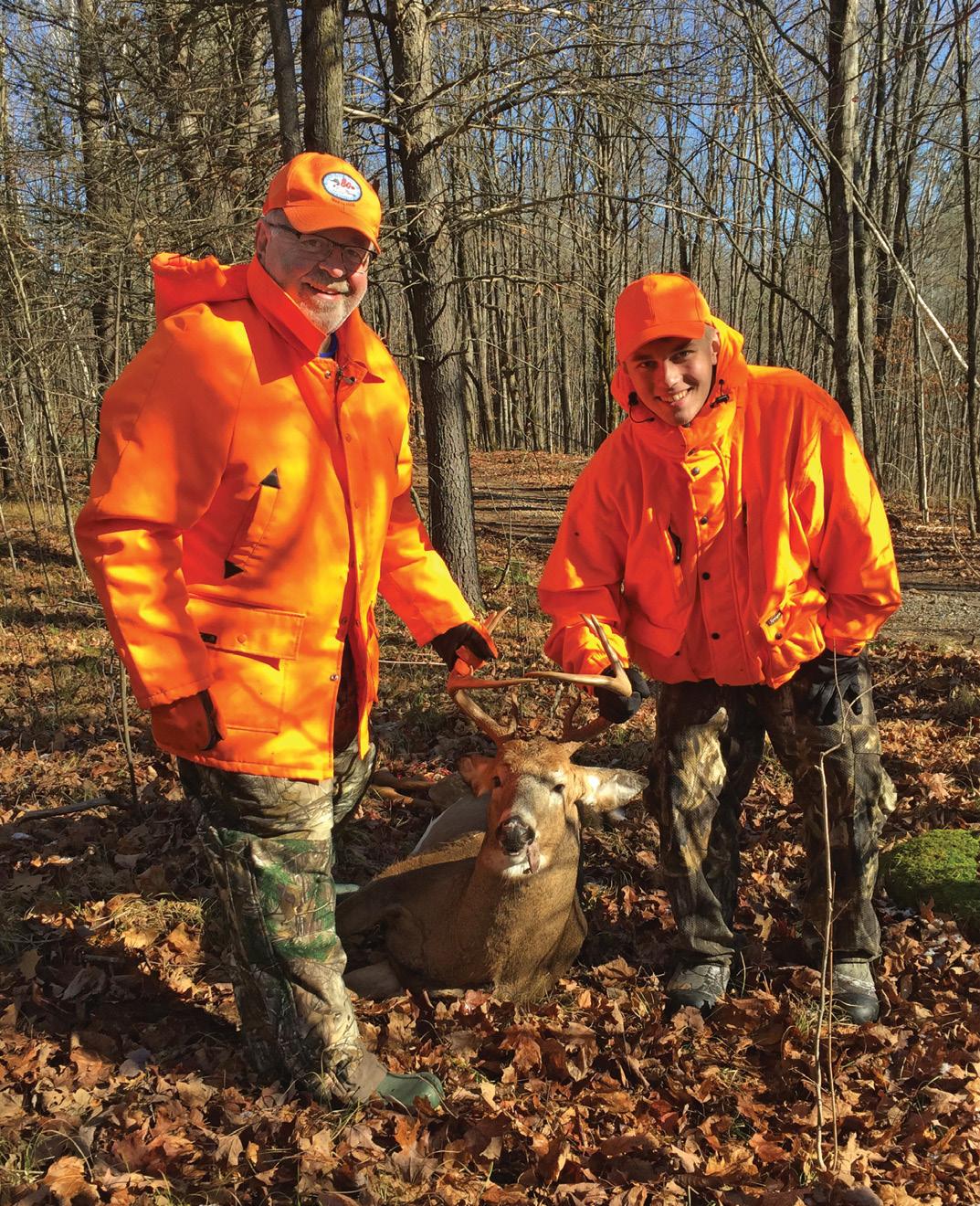
Taken on opening day back in November 2020 near Tweed, Ontario, Chris Vanclief’s first-ever deer was notable for the impressive overlapping of the antlers out front. Pictured are Chris’ uncle, Allan Labarge (left), and son, Nikolas, who were “ecstatic” over the unusual nine-point buck.

Talk about a double-header! Last November near Disley, Saskatchewan, Tyson Raymer was with his girlfriend, Cindy Krienke, on her first-ever hunt when he shot this big buck, complete with the head of a smaller 5x5 tangled in its antlers. Says Tyson: “I was almost in shock when I laid eyes on it.”
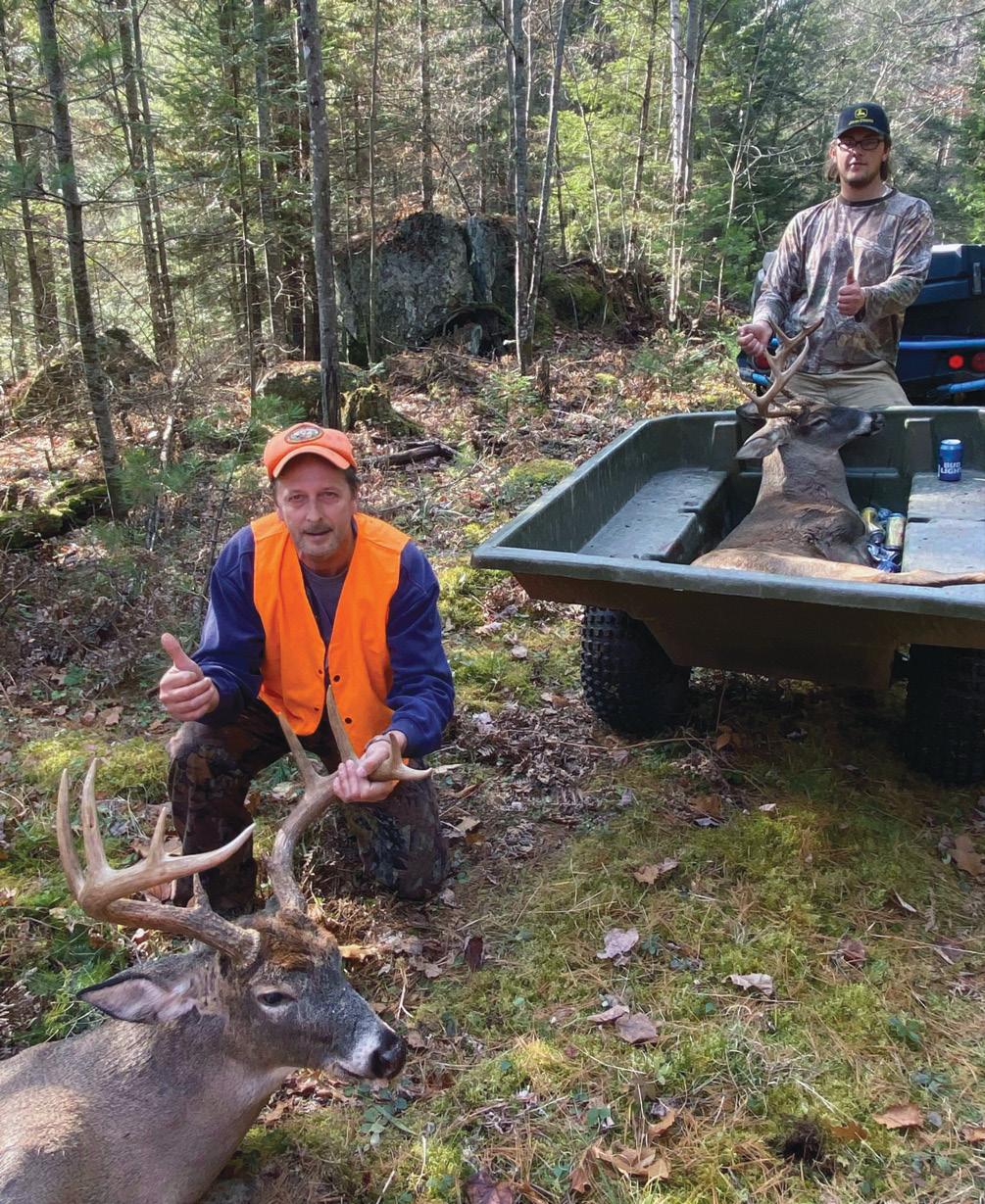
Keeping it all in the family, Tyler Visutski (right) shot this nice ninepoint buck in November 2021 near Griffith, Ontario, only to be followed up just an hour later by his uncle, Wayne Visutski, with this dandy 11-pointer. Tyler’s dad and Wayne’s brother, Dean, took the photo.
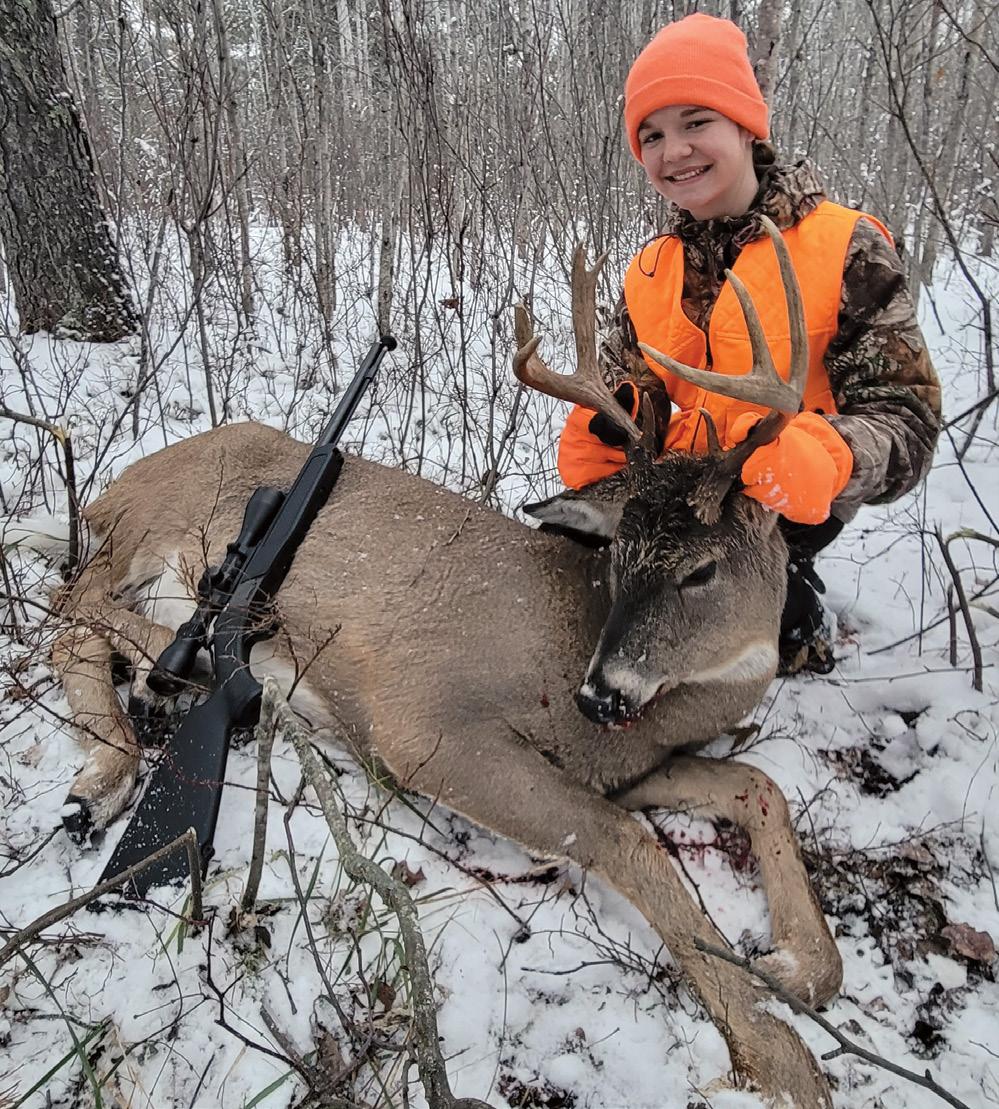
The smile says it all after 14-year-old Kendra Sydorko harvested her first-ever deer while hunting with her father, Vince, in southeastern Manitoba last November. Remarkably, she took the buck with a double-lung shot at 100 yards, even though it was her first time shooting a calibre larger than a .22. OC

Served at a cool room temperature of 16°C to 18°C, this medium-bodied, oak-aged Merlot from the Niagara Peninsula’s Wayne Gretzky Estates makes a perfect match for this hearty moose dish. Expect flavours of black cherry, vanilla and blue plum, with subtle black pepper notes.
RECIPE & PHOTO BY CAMERON TAIT
ONE OF CANADA’S most beloved homegrown dishes is the classic tourtière, a savoury meat pie dating back to the French settlers of the 1600s. Wrapped in a flaky pastry shell, the tasty filling is traditionally made with ground pork, mashed potato and the unmistakable trio of cinnamon, cloves and nutmeg. Even better, swap out the pork for ground moose. And any cut will work, as long as the silver skin and sinew are removed. No moose? Elk and deer are fantastic substitutions. Served piping hot and topped with a rich onion soup sauce, can it get any more Canadian? Serves 8
1] In a large pot set on mediumhigh heat, add bacon and moose meat. Brown moose until fully cooked, then add onion, carrots, celery and garlic. Sweat for an additional 5 minutes.
2] Add beef stock and reduce 80 per cent, then add cinnamon, nutmeg, cloves, rosemary, salt and pepper; check seasoning and set aside.
3] In another pot, boil potatoes until tender, then remove from water, peel skin and mash with a fork until smooth.
4] Combine potatoes with moose mixture, check seasoning, then place in fridge to cool for at least three hours.
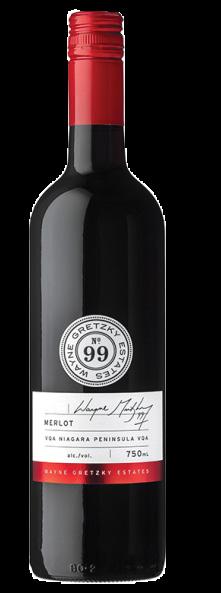

5] Coat a cast-iron pan or ovenproof dish with cooking spray, then carefully lay down one sheet of pastry (removed from fridge 30 minutes earlier). Spoon chilled moose and potato on top, and press down firmly to compact the mixture.
6] Brush the bottom side of the second pastry sheet with egg wash, then lay on top of moose and potato. Press down to connect the two sheets of pastry, then trim excess dough. Brush top of pie with egg wash, sprinkle with Kosher salt, and cut a round hole to vent steam while baking. Place in fridge overnight.
7] Place pie in a 400°F oven for 10 minutes, then reduce heat to 350° for 60 to 75 minutes, or until the pastry is golden brown and the internal temperature reaches 180°F.
8] In a small pot, simmer onion soup and red wine for 15 minutes, then thicken with flour and water slurry, and check seasoning. Drizzle resulting sauce on top of pie wedges, garnish with fresh tomato slices and a sprig of rosemary, then serve. OC
• 4 slices bacon, finely chopped
• 2 lb ground moose meat, well-trimmed
• 1 yellow onion, diced
• 2 each carrots and celery ribs, diced
• 3 cloves garlic, chopped
• 1 cup beef stock
• 1 tsp each cinnamon, nutmeg, cloves
• 1 tbsp chopped rosemary
• Kosher salt and pepper, to taste
• 3 medium russet potatoes, unpeeled
• 2 puff pastry sheets (850 g box), thawed overnight in fridge
• 1 egg yolk, beaten with 2 tbsp water
SAUCE
• 298 g can Campbell’s French onion soup
• 1 cup red wine
• 2 tbsp each flour and cold water, combined

THIS WINCHESTER-BUSHNELL COMBO OFFERS GREAT BANG FOR THE BUCK
BY MARK HOFFMAN
IN 2019, WINCHESTER introduced a conceptually new .22 calibre rimfire, the Wildcat. This semi-auto, with its innovative design and very affordable price tag, certainly caught my attention. I envisioned it as a fun rifle to shoot, for both youngsters and old-timers alike, and my review in 2020 found it to be precisely that. While it performed up to and even exceeded my expectations, it left me wistfully hoping Winchester would introduce a bolt-action version, imagining the potential for enhanced accuracy.
Great minds must think alike—at least that’s my boastful take on the introduction in 2022 of the Xpert. Certainly, Winchester’s vision matched mine, judging by the gunmaker’s own words: “We put our sights on accuracy and added features to help you get the most from the rifle.”
First among those features is the new Rimfire MOA Trigger, which performs much like the triggers on Winchester’s Model 70 and XPR rifles. It has a threelever design, with zero creep, zero take-up and zero over-travel. Winchester suggests the light pull breaks like glass.
Meanwhile, a steep grip angle provides improved finger-to-trigger accessibility and, if needed, you can add a ¾-inch length-of-pull spacer to the stock. You can also clip on a half-inch cheek riser if you require some additional height for improved eye-to-scope alignment.
Also notable is the precision button-rifled steel barrel with a target-style crown, as well as the semi-match Bentz chamber and the hemispherical firing pin, which provides improved reliability with all types of rimfire ammo. Other key features include the adjustable rear sight, ramped post front sight, and precision-machined steel receiver (drilled and tapped for mounting a scope). There are also improved controls, such as the extended bolt handle.
Note that the Xpert uses the same polymer, 10-round rotary magazine as the Wildcat, while also accepting aftermarket magazines that fit 10/22 rifles. Dual ambidextrous magazine releases on the sides and bottom of the rifle give the shooter access options, with the spring-assisted ejection delivering the magazine to the shooter’s hand.
Finally, the tough skeletonized polymer stock keeps the weight down to four
and a half pounds, making the rifle easy to carry for most hunters and shooters. The stock also sports two moulded-in sling eyelets, along with a Picatinny accessory rail at the forend tip.
Bearing in mind Winchester marketed the Xpert as an accurate, lightweight rifle, I set out to ensure the combined weight of the rifle, scope and mounts did not exceed six pounds. This needed to be accomplished without compromising on the quality of the optics and mounts needed to ensure the Xpert’s promised accuracy. Weighed on a postal scale, the rifle came in at four pounds eight ounces, its advertised weight. And together with the Bushnell Rimfire test scope, Browning scope rings and Browning T-bolt bases, the entire package tipped the scales at just five pounds seven ounces, well under my six-pound maximum.
For any rifle to shoot accurately, including a rimfire, it requires a quality trigger. On that count, the Xpert’s Rimfire MOA trigger lived up to its billing, with no creep or overtravel. It broke a bit heavier than I would have preferred, however, at three pounds 14 ounces. I can live with that pull weight, though, considering the rifle will likely be used by a young hunter or shooter.
Overall, the rifle-and-scope combo was light in the hand, well-balanced and quick on point, without the need to modify the stock. The Rimfire scope proved to be an ideal match for the Xpert, and I really liked the reticle. Dollar for dollar, it provided excellent optical quality for a rimfire scope (see “Bushnell Rimfire”).
For my test at the range, I waited for a dead calm day with a temperature of 15°C, which is ideal for a rimfire accuracy evaluation. To provide the broadest perspective of the Xpert’s performance, I tested 18 different loads, including cheap plinking ammo, hunting rounds and highend target ammo.
Rather than offer a detailed comparison between the Xpert and its Wildcat forerunner, I’ll get right to the point: the Wildcat was a blast to shoot, but if I were looking for an accurate, easy-to-carry rimfire,
the Xpert would be my choice. In terms of accuracy, 15 of my 18 fiveshot, 50-yard groups were less than an inch, while five of those 15 grouped at or near a half-inch, with two less than 0.4 of an inch.
For plinking, I would recommend Winchester’s inexpensive Wildcat rounds, which had a 0.590-inch group, or Eley Action at 0.550. For hunting, the top performers were CCI MiniMag at 0.552 and Eley High Velocity at 0.609. And if I were to get serious about punching one-hole groups, either RWS R50 at 0.320 or Eley Edge at 0.330 would top my list. Just expect to pay for the accuracy of those latter two high-end target loads. OC


•
.22 LR
• Barrel length: 18″
• Total length: 36¼″
• Length of pull: 13½″
• Drop at comb: 7⁄8 ″
• Drop at heel: 7⁄8 ″
• Weight:
I had three requisites in mind when selecting a dedicated rimfire scope for the Xpert: a reasonable price, a quality reticle and a light weight. Engineered specifically for rimfire shooters, Bushnell’s aptly named Rimfire 3-9x40mm ticked off all three boxes with ease. As Bushnell itself says, it’s “the best rimfire scope for outfitting a .22 LR chambered rifle for hunting, recreational shooting and plinking.”
Since the Xpert is being sold as a value-priced rifle for less than $500, I wanted a quality scope that would offer the same value. At approximately $200, the Rimfire does just that, complete with Bushnell’s Ironclad Lifetime Warranty. Then there’s the Rimfire’s Dropzone 22 illuminated reticle, which also fits the bill.

with off positions between each setting.
With its rugged, aircraft-grade, one-piece aluminum construction, the Rimfire weighs in at just 15.4 ounces, easily meeting my third requisite. Additionally, it is fully IPX7 waterproof, and features multi-coated glass for improved light transmission, resolution and contrast. OC
There’s something pitiful about a dog that can’t wag its tail, and that’s exactly what happens because of a common injury known as limber tail, or cold-water tail. While the ailment may cause pain and rob your four-legged hunting companion of the ability to show happiness, the good news is it usually heals after a few doggie-down days. If you own a retriever, pointer, hound or other working breed, take note of the causes, symptoms and treatment.
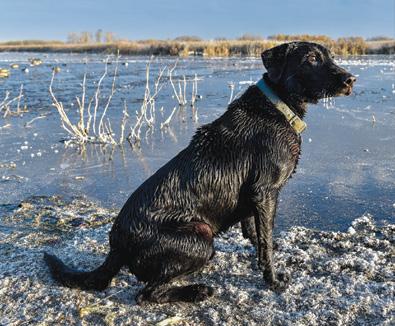
Designed specifically for a 40-grain .22 LR round, the Dropzone 22 is a bullet-drop compensator (BDC) reticle. When zeroed at 50 yards, it provides 25-yard increments out to 125 yards (the snag-free turret caps protect the rifle’s zero, whether in transit or in the field). Just sight it in at 50 yards and use the drop points for shots with dead on holds at 50, 75, 100 and 125 yards. As well, the reticle offers six brightness settings,
• Magnification: 3-9x
• Objective lens diameter: 40mm
• Length: 12.5″
• Weight: 15.4 oz
• Eye relief: 3.6″
• Field of view at 100 yards: 39’ at 3x; 13' at 9x
• Minimum fixed parallax distance: 50 yards
• Elevation & windage adjustment: 60 MOA
CAUSES Limber tail is typically the result of over-exerting the tail, especially when the dog is swimming in frigid water. Labrador retrievers, for example, use their powerful, so-called otter tail as a rudder and for propulsion in the water. As well, many breeds vigorously wag their tail when they’re on a hot scent during upland bird hunts, which can also cause limber tail.
SYMPTOMS Following a hunt, a dog may act as if all is well, but the symptoms can develop over the following 24 hours—it will literally be painfully obvious. The tail will hang completely limp, or stick straight out for five or eight centimetres, then hang down. The dog may also have difficulty defecating, and be reluctant to sit due to the pain. You may also notice swelling at the base of the tail.
TREATMENT Again, limber tail will resolve itself after a few days, but it can be quite uncomfortable for the dog while it heals. To lessen the pain and prevent further injury, it’s important to let the dog rest. Also, apply a warm compress to the base of the tail to stimulate blood flow and speed the healing. Nonsteroidal anti-inflammatory drugs (NSAIDS) can also help. Ask your veterinarian for a prescription, however, as human NSAIDs are toxic to our canine companions.
—LOWELL STRAUSS
ESSENTIAL FOOTWEAR FOR HUNTING BIG GAME, WATERFOWL AND UPLAND BIRDS
BY THE EDITORS
BOOTS ARE CRITICAL when it comes to hunting, because few things can shut down a day afield faster than cold, wet, sore or blistered feet. Footwear manufacturers know this, and they’ve long responded to the needs of hunters with a wide variety of boots, and this year’s offerings are no different. Whether you hunt in wetlands, forests, meadows or mountains, there’s a pair of boots for you, no matter the weather.
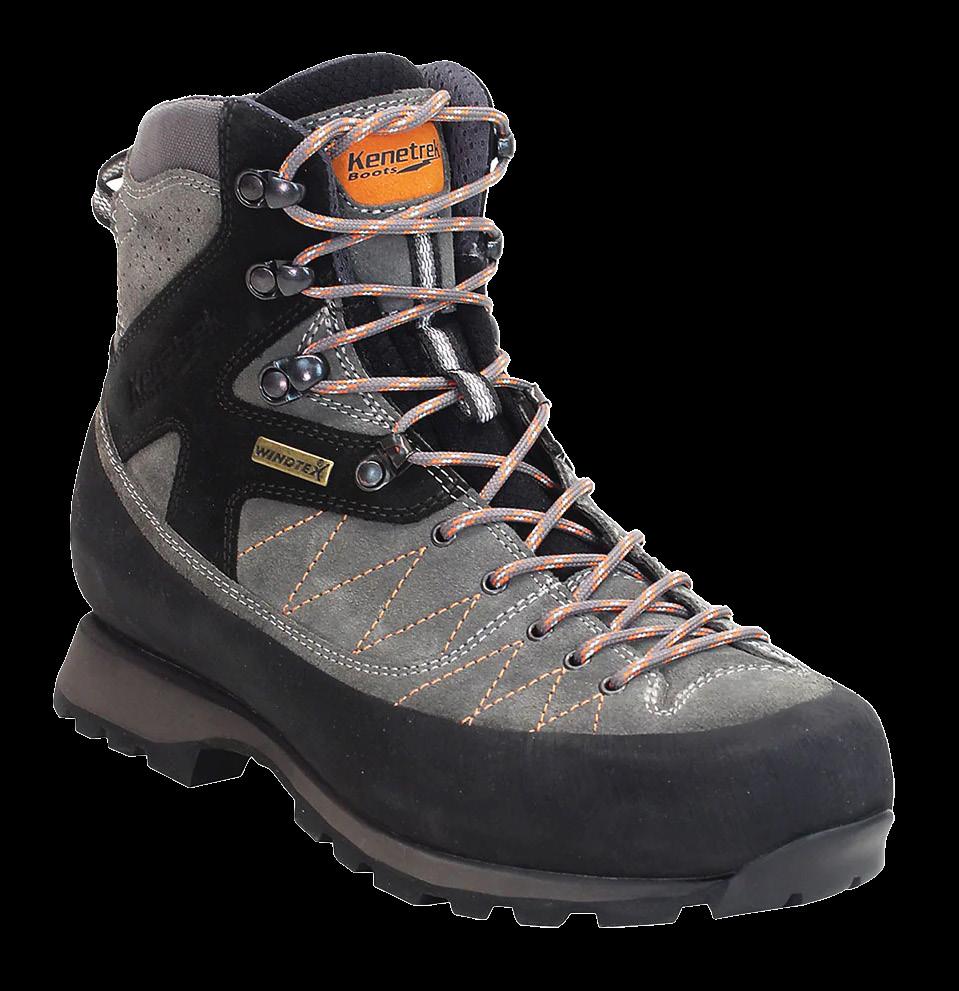

URSA LS GTX (US$399.95 to US$419.95)
LaCrosse, www.lacrossefootwear.com
Key features: Suede with nylon upper; Gore-Tex lining; four-way stretch ankle collar; Vibram outsole; available in uninsulated brown or insulated gunmetal models. The promise: “Built to tackle the toughest mountain terrain.”
HD MUD BOOT ($316) Kuiu, www.kuiu.com
Key features: Neoprene slip-on with vulcanized rubber overlay; 17-inch height; fleece lining; mud-resistant lugs; waterand windproof; comes in two camo patterns. The promise: water, mud and cold.”
BRIDGER HIGH ($335)
Kennetrek, www.kenetrek.com
Key features: Seven-inch leather and nylon upper; waterproof, breathable lining; high-traction outsole; laces to toe; padded ankle; arch support; pronounced heel pocket. The promise: “Tough and featherlight.”
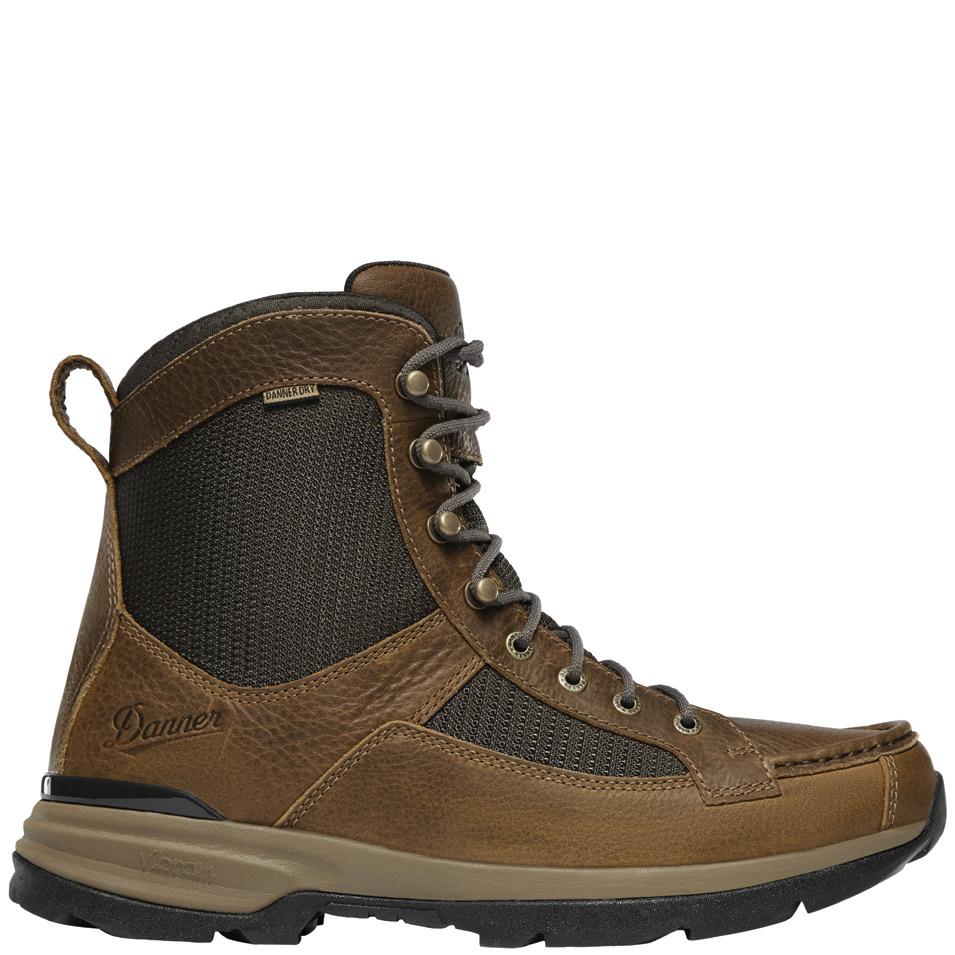

(US$189.99)
Irish Setter, www.irishsetterboots.com
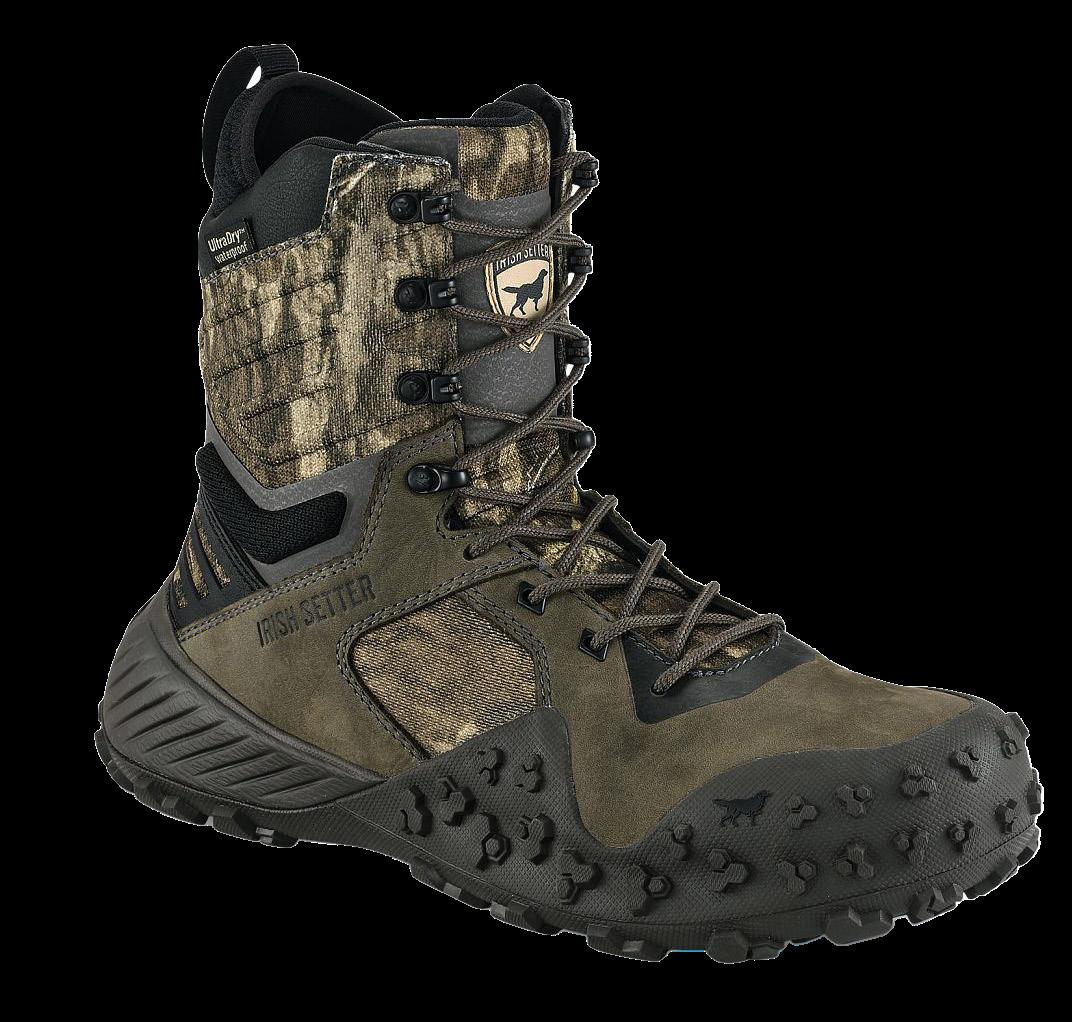
Eight-inch
height; waterproof leather; PrimaLoft insulation; high-rebound midsole; padded ankle for stability; full-wrap rubber outsole with multi-directional lugs.
“Lightweight, rugged and made to move.”
RECURVE MOC TOE (US$230)
Danner, www.danner.com
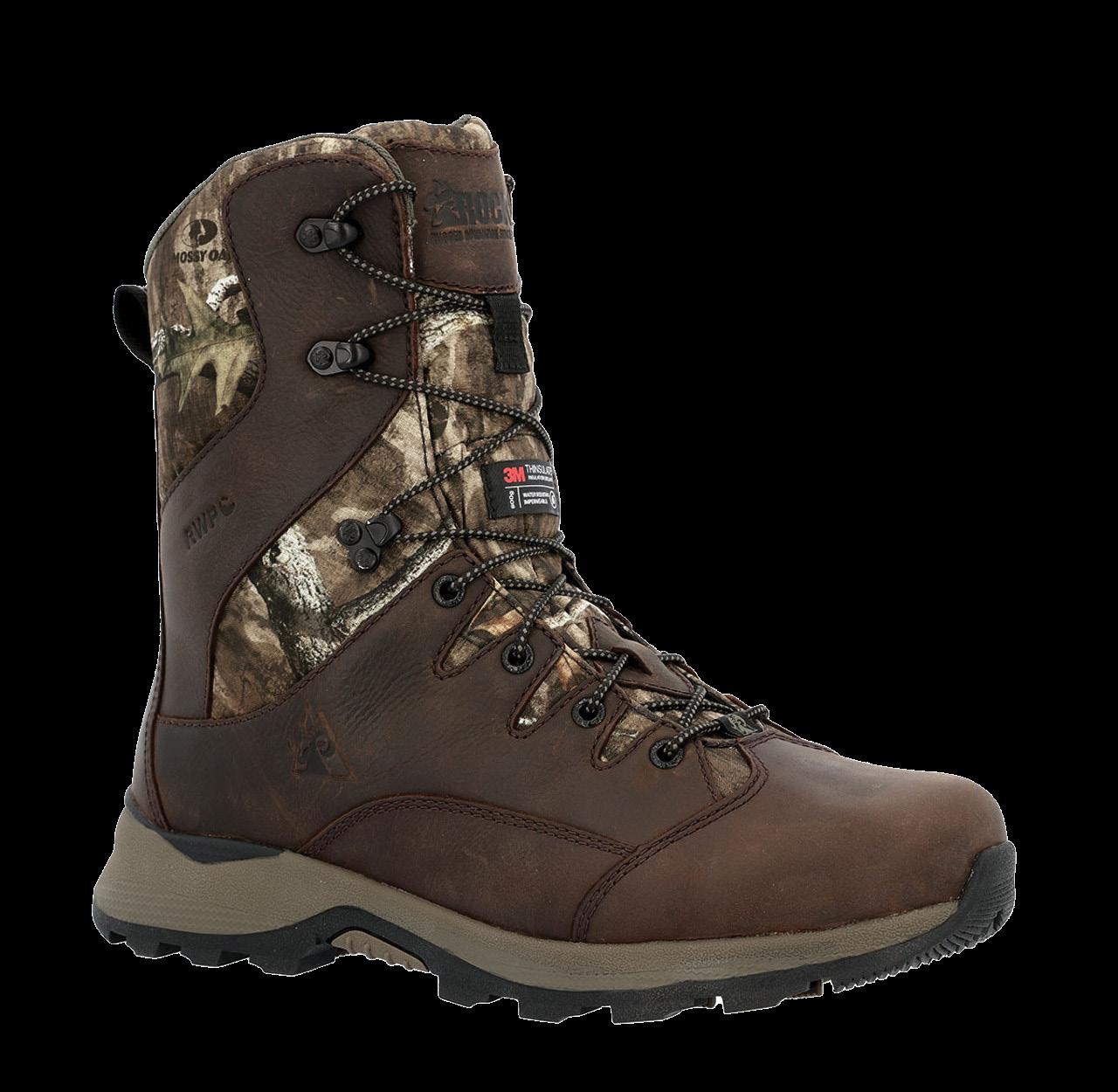
Key features: Lightweight combination of leather and nylon; waterproof upper; removable OrthoLite footbed; Vibram outsole grips wet or dry surfaces. The promise: “A hunting boot that combines the best features of Danner hikers.”
TROPHY SERIES 800G INSULATED ($US160) Rocky, www.rockyboots.com
Waterproof leather and Cordura; light and flexible construction; memory-foam footbed; 800 grams of Thinsulate; multi-terrain outsole. The promise: “Ultimate performance through unpaved woods and creek crossings.”

BOA TECHNICAL UPLAND BOOT ($399) L.L. Bean, www.llbean.com
Key features: Lightweight goat-leather upper; waterproof membrane; easy-to-use BOA lace system; 100 grams PrimaLoft insulation; mudshedding Vibram outsole. The promise: “Dial in a custom fit instantly.”
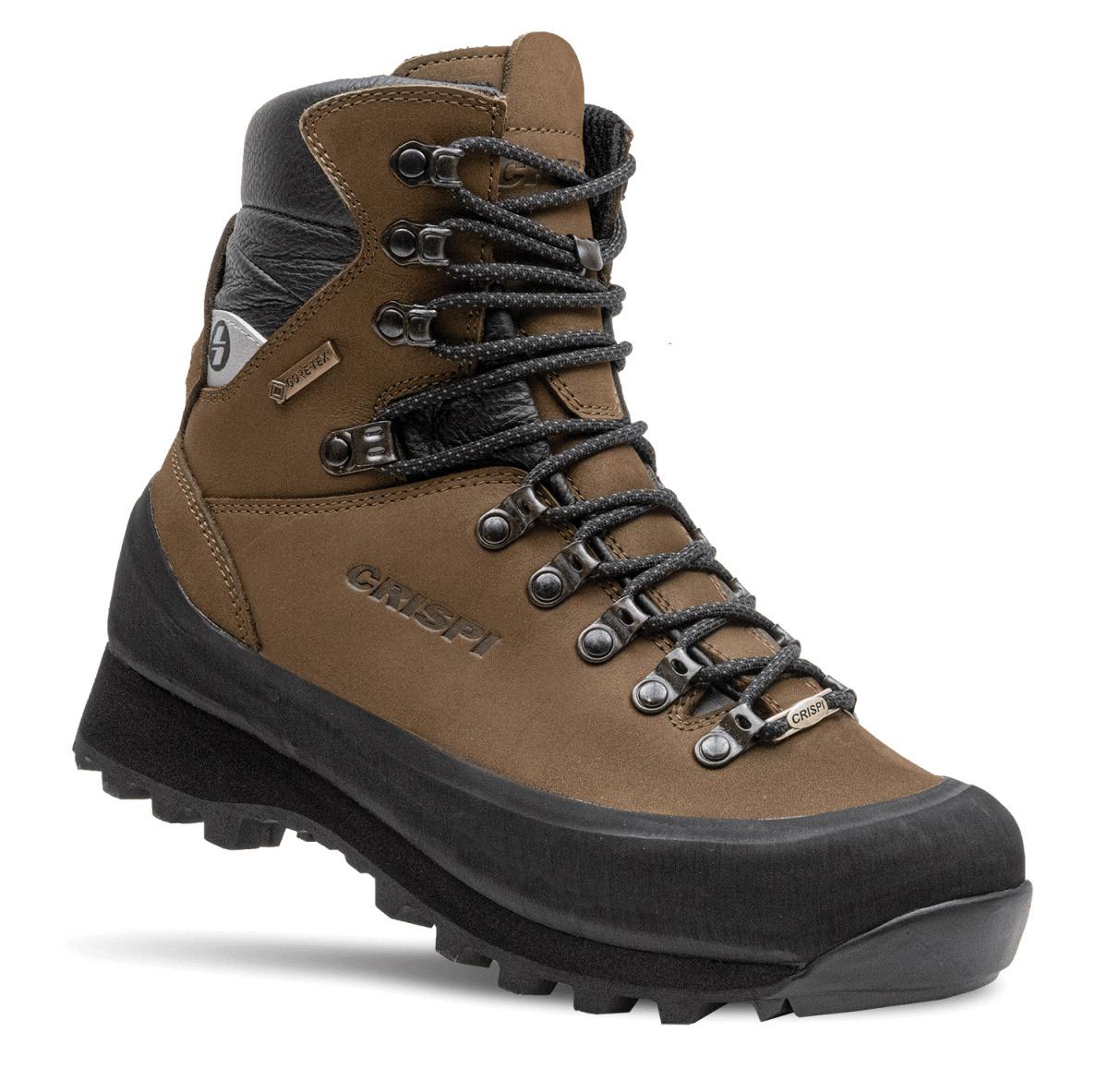
WOMEN’S SKARVEN II (US$420)
Crispi, www.crispius.com
Key features: Water-repellent Nubuck leather upper; breathable Gore-Tex lining; contours gently to entire ankle; shock-absorbing EVA midsole; Vibram outsole; non-insulated. The promise: “Designed for maximum durability and lightness.”
PFG UNCHARTED
INSULATED ANORAK
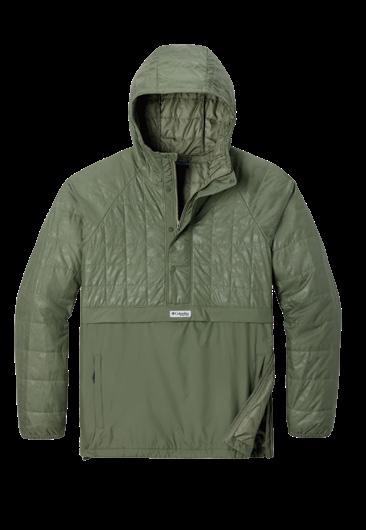
Designed for adventure fishing, this lightly insulated pullover jacket with side zips ($169.99) is made to fit under chest waders or bibs while keeping the chest and arms warm. Made of Columbia’s rain- and stain-repellent Omni-Shield material, it also features zippered pockets, elastic cuffs and a drawcord-adjustable hood to keep the elements at bay. Columbia Sportswear, www.columbiasportswear.ca
WOMEN’S FIELDBLAZER TALL BOOT (US$135) Muck, www.muckbootcompany.com
Key features: Form-fitting, waterproof neoprene liner; wide-track waffle outsole for traction; rolldown blaze orange lining; Mossy Oak Country DNA camo. The promise: “Classic construction offers fit and performance.” OC

When selecting boots to suit the hunting conditions at hand, the key factors to consider are the terrain, weather and the distance you’ll be walking.
STYLE Tall, fully waterproof boots are ideal for mucky situations, such as waterfowling. Lace-up boots, on the other hand, are more versatile, and range from light, sneaker-like styles for warmer weather and easy terrain, to stiff boots that offer support for rugged country. Keep in mind that stiff boots are heavier, and they can cause foot strain over long distances.
WARMTH Boot insulation is measured in grams, with zero to 200 grams suitable for spring or early-fall hunts. For cooler conditions, 400 to 800 grams is appropriate, especially if you’ll be quite active. Once frigid temperatures arrive, opt for 1,000 grams or more, especially if you’ll do little walking.
Made with Scent Thief’s patented odour-blocking No Smell Technology, this two-inone gel (US$21) is designed to keep hunters clean and odour-free, from head to toe. Offering a mild earthy smell, the long-lasting cleanser promises to block all human and chemical odours detectable by game. Scent Thief, www.scentthief.com
HARNESS


Designed to carry 8x and 10x binos up to 6.75 inches tall, this veststyle harness (US$169) sports silent magnetic closures and a single attachment point for one-handed operation. It can be quickly removed, even while wearing a treestand harness. Available in two sizes, the harness be used on its own or in tandem with Sitka’s other whitetail kits. Sitka, www.sitkagear.com
Thanks to a clever hitch-pinstyle handle, these hemostats (US$40) securely slip into a pocket or loop, while also offering an ergonomic resting place for your fingers while in use. They’re 5.5 inches long, with a rust-resistant coating and comfy grip handles. Also included is an eye-cleaning needle and a blade in the jaw for snipping line. Loon Outdoors, www.loonoudoors.com

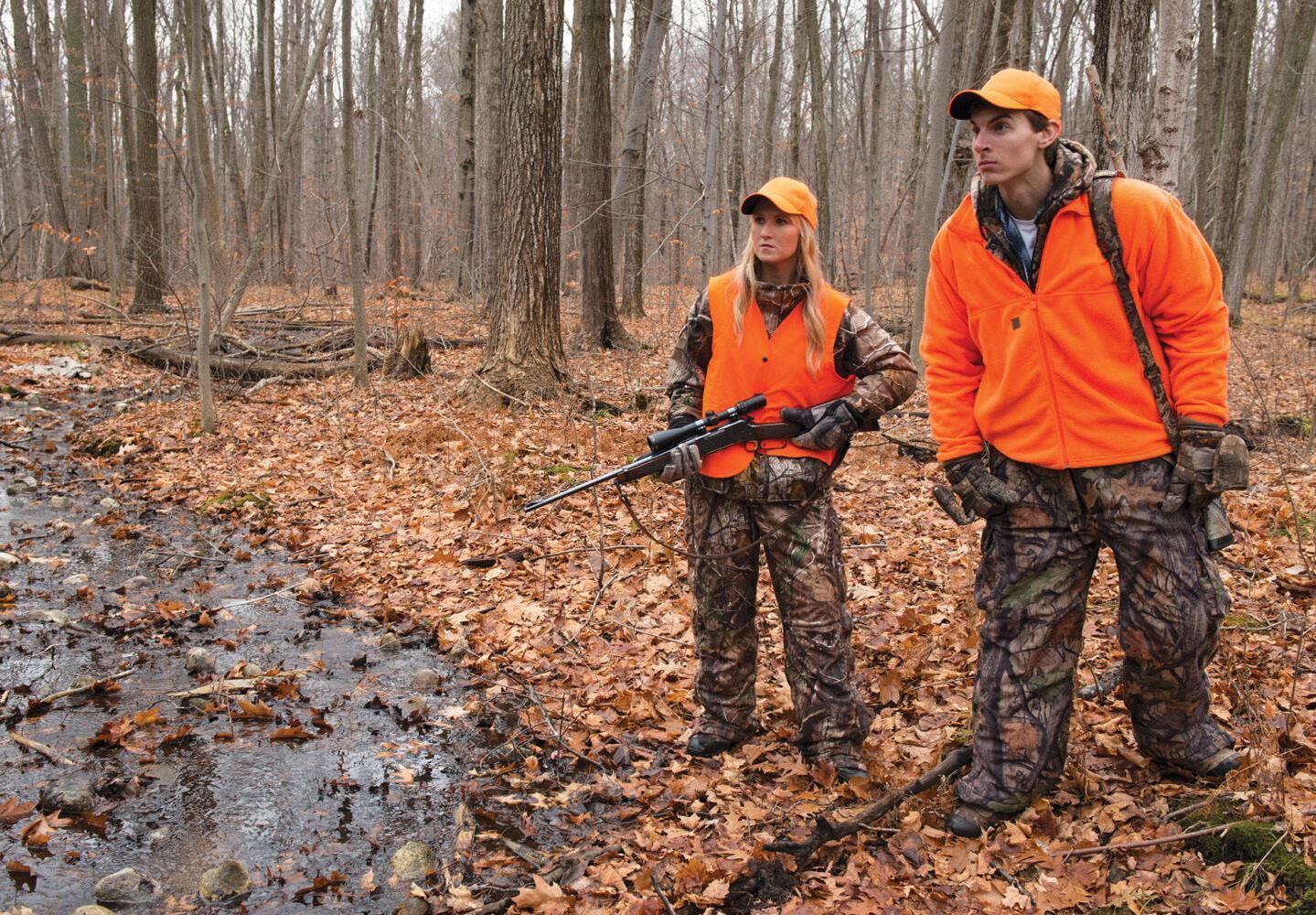
BY LOWELL STRAUSS
BY GEORGE GRUENEFELD
BY GEORGE GRUENEFELD
SAYS, “DON’T shoot me!” like a hunter sporting blaze orange apparel. The fluorescent colour is unlike anything found in nature, a bright beacon signalling another hunter’s presence. It particularly shines in the dim light at dawn and dusk, three times brighter than non-fluorescent colours and easily identifiable, even by hunters with colour-deficient vision.
On my first deer hunt, I discovered the effectiveness of such bright colours when my grandpa and his friend posted me at a clearing before entering an aspen bluff. Grandpa was wearing non-fluorescent red coveralls and an orange hat; his friend’s pants, jacket and toque were blaze orange. Both were legal attire where we were hunting. Despite the snow-covered woods, I could only see my grandpa’s orange hat once he was 50 paces into the bush. His friend’s blaze outfit, on the other hand, was blindingly obvious.
There are too many tragic stories of hunters being inadvertently shot, often by their own hunting buddies. Such accidents typically happen when hunters misidentify their target, or they’re unaware of what’s behind it. Many of those accidents could have been prevented had the hunters been wearing bright colours. Simply, you must be seen to be safe. Knowing this, I always wear blaze orange when I head afield.
Starting in the 1930s, brothers Robert and Joseph Switzer of California began developing fluorescent pigments, colourants that absorb and reemit visible and invisible light frequencies. This resulted in intense colours that appear to glow, even in daylight. Today known as the Day-Glo Color Corp., their company’s revolutionary fluorescent paints and dyes were soon adopted for both military and civilian applications.
After extensive field testing, blaze orange stood out as the clear winner in terms of visibility. Then in the 1960s, legendary outdoor writer Frank Woolner introduced the concept of wearing blaze orange apparel for safety while hunting, and the idea soon gained traction.
Today, bright colours, particularly blaze orange, are strongly encouraged and even required by law for big-game rifle seasons in most of Canada. In my home province of Saskatchewan, for example, hunters must wear scarlet, bright yellow, blaze orange or white clothing from the waist up. The only exceptions are Alberta and B.C., where hunters are not legally obliged to don bright colours. Are they at a higher risk of getting injured or worse from gunfire as a result? Perhaps.
I say “perhaps” because best practices may be making up for the lack of regulations. Recently on an online hunting forum, for example, there were some telling replies from B.C. to the question, “Who wears blaze orange?” Several people said they wear blaze in areas with lots of other hunters, choosing personal safety over “looking like a dork,” as one put it. Still others said they wear blaze once an animal is on the ground.
The main argument from hunters against blaze orange is that because humans can see it more easily, so can big-game animals such as deer. In truth, ungulates have dichromatic vision, meaning they can see shades of green and blue, but don’t see orange in the same way humans do. However, they can see solid shapes against a natural background.
To a deer’s eyes, blaze camo breaks up the human shape in the same way conventional camo does, making it an effective high-vis alternative where legal. Additionally, using specially formulated soap without whiteners reduces the fabric’s ultraviolet glow, which deer can pick up. It also helps remove human odours, a win-win for hunters.
Remember, though, that deer are experts at detecting motion. I’ve stood motionless in an open field wearing blaze orange and had deer walk to within five metres of my position. When I moved even slightly, however, they bolted. The takeaway? To outwit deer, hunters must foil the deer’s sense of sight, sound and smell, and we can clearly do that, even while wearing blaze orange. So why not err on the side of caution?
Every outdoor activity has inherent risk, and hunting is no different. However, hunter education programs and a hunting culture that embraces bright colours have made the sport safer today than it has ever been. With more and more hunters in the field, it’s time to make a bright choice no matter where you hunt—embrace your inner pumpkin and wear blaze orange. OC
LOWELL STRAUSS ALSO DONS BLAZE WHEN HUNTING UPLAND GAME BIRDS.





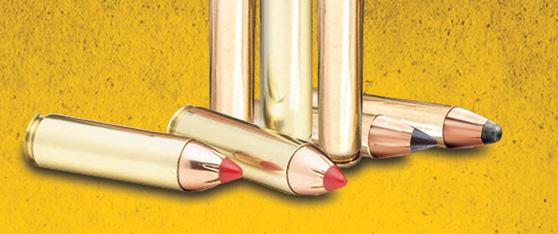





BY GORD PYZER

HAVE YOU NOTICED the mechanic never uses bargain-basement tools when you get your boat, motor, snow machine or tow vehicle serviced? That thought occurred to me the first time I picked up a pair of Knipex cutters and snipped the points off a treblehook adorning the mouth of a monster muskie wallowing dangerously close to my hand in the net. I’d spent more on that one pair of cutters than the 10 cheapies combined I’d previously owned. After effortlessly cutting off the thick hook points with one hand, I wondered what had taken me so long to get the message—that it’s well worth it to spend the extra money on quality gear. Here are some other examples.
FISHING LINE
I’ll never forget the time the late John Kerr and I represented Team Canada at the Daiwa World Salmon Fishing Championship in Campbell River, B.C. We were motor mooching cut-plug herring at one point when our baits get sucked under some floating trees. That’s when a giant chinook took my offering, rubbing the fishing line against the tree bark during the ensuing slugfest. Thankfully, I’d spooled my reel with fresh Maxima Ultragreen, the line recommended by all the fishing guides the night before. It miraculously tamed the tyee, although the leader looked like a banana with the skin peeled back once the fish was in the net. We ended up winning the trophy for the biggest king, all thanks to spending a few more bucks on quality line.
HOOKS
For a long time, I poured all of my jigs using only premium Owner and Gamakatsu hooks. These days, I often rely on Nishine jigs instead, especially for moping, but they are poured on the same hooks. They all cost a bit more, but the difference is outrageous—quality hooks stay needle-sharp, penetrate better and never get bent out of shape. They may account for only a handful of extra fish each day, but it’s money well spent, especially if one of those fish is the catch of a lifetime or it wins a tournament.
I often get asked whether it’s better to buy one top-end fishing rod or two or three lower-grade models for the same money. It’s similar to the quandary
professional sports teams always wrestle with—do you sign elite athletes such as Shohei Ohtani, Auston Matthews or Patrick Mahomes to a long-term contract, or lock up two or three second stringers?
My advice if you’re not sure is to visit a tackle store, pick up an elite outfit and pull the line through the guides. Then tie on a plastic casting plug and make a short underhanded pitch. Also, ask a store clerk to tug on the line as though you’re fighting a fish. You’ll find the difference is like sitting behind the wheel of a Porsche instead of a clunker.
You don’t want to know how much money I recently spent on an 8-weight G.Loomis IMX-PRO fly rod (no, I didn’t get it for free), for example, but it’s as close to that European sports car sensation as I am going to get. It feels like a dream come true, and it comes with a lifetime warranty to boot.
I am also constantly quizzed about sonar units, and if the question isn’t asked directly, the implication is always the same: do you really need a 12-inch screen, colour shading, down- and side-imaging, and forward-facing sonar? The answer is no, of course, if you really can’t afford it. I understand the dilemma, and I know it’s a balancing act, but I’ve seen folks spend $120,000 for a new fishing boat, then cheap out on their electronics. Really?
In my books, side-imaging is the most undervalued feature. It allows you to see obscure cover up to 100 feet away that would otherwise be undetectable, such as 15 slabs of shale lying on the muddy bottom. Also worth its weight in walleye is a chartplotter’s ability to accept a map chip with one-foot contour intervals, and shade structure in multicoloured layers.
Whatever the case, prioritize the features you absolutely must have, then tick them off your checklist before opting for a cut-rate model that gives you everything you’ll never use. At the end of the day, after all, cheap is costly. OC
FISHING EDITOR GORD PYZER SHARES LATE-FALL FISHING TIPS ON PAGE 46. A

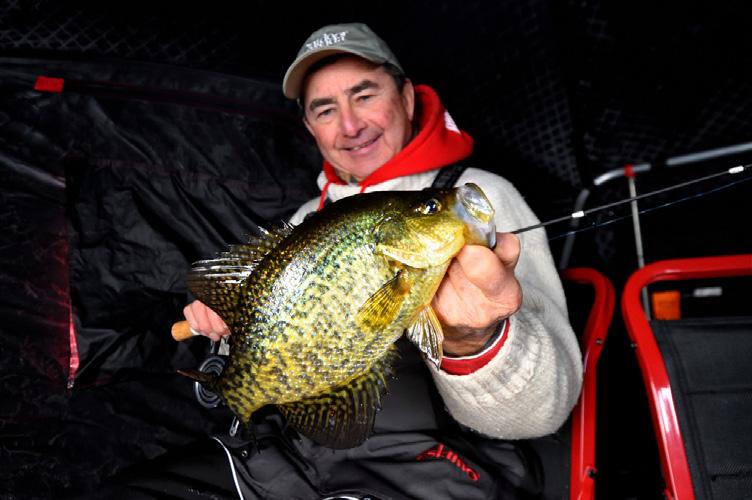



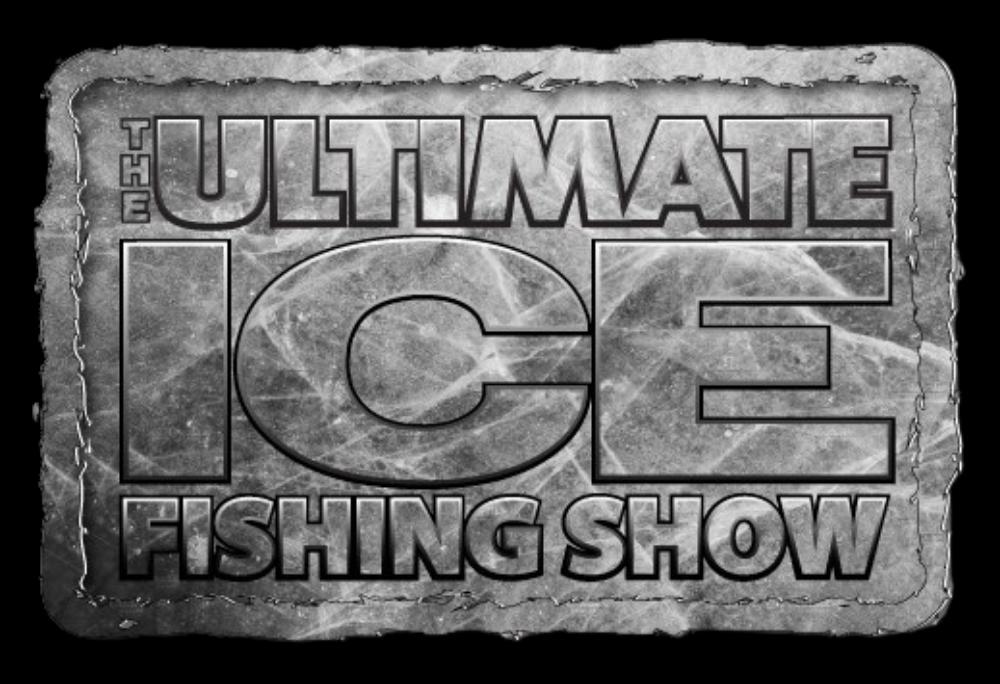

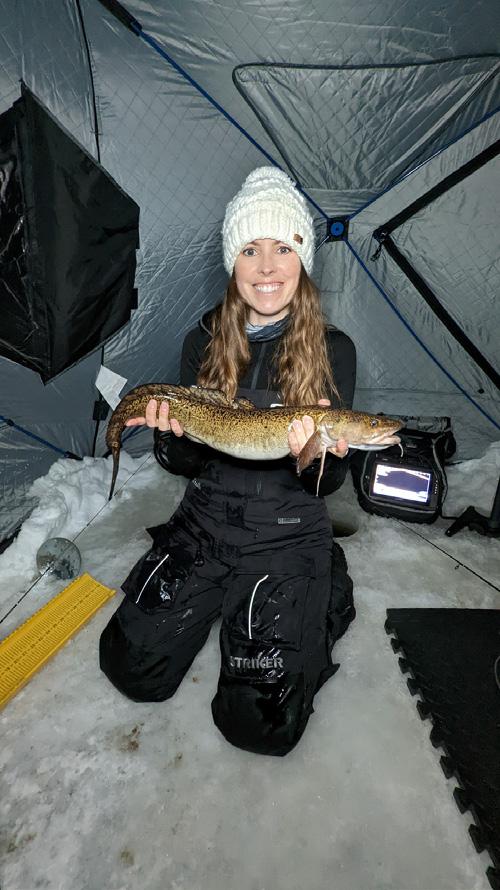
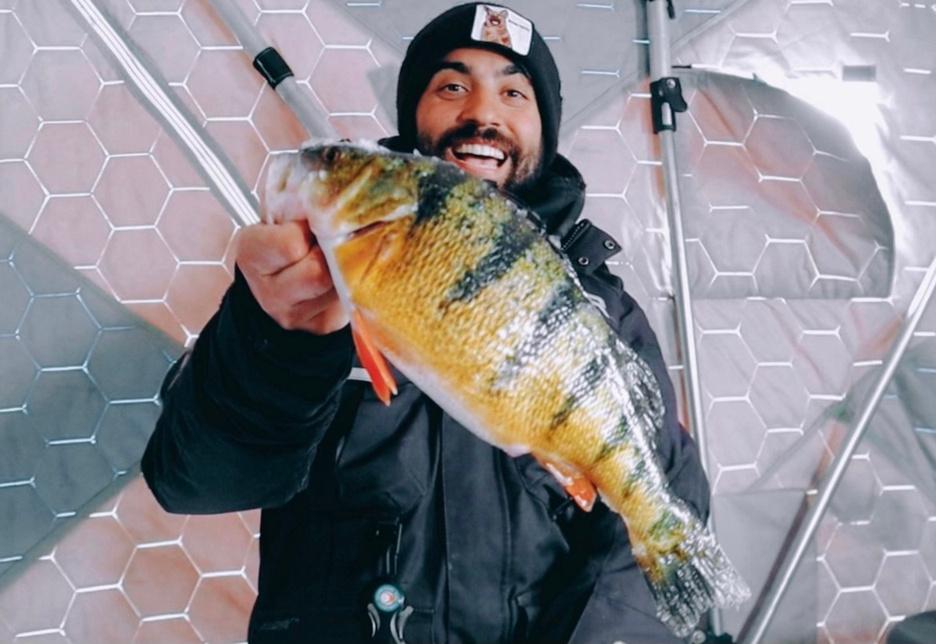


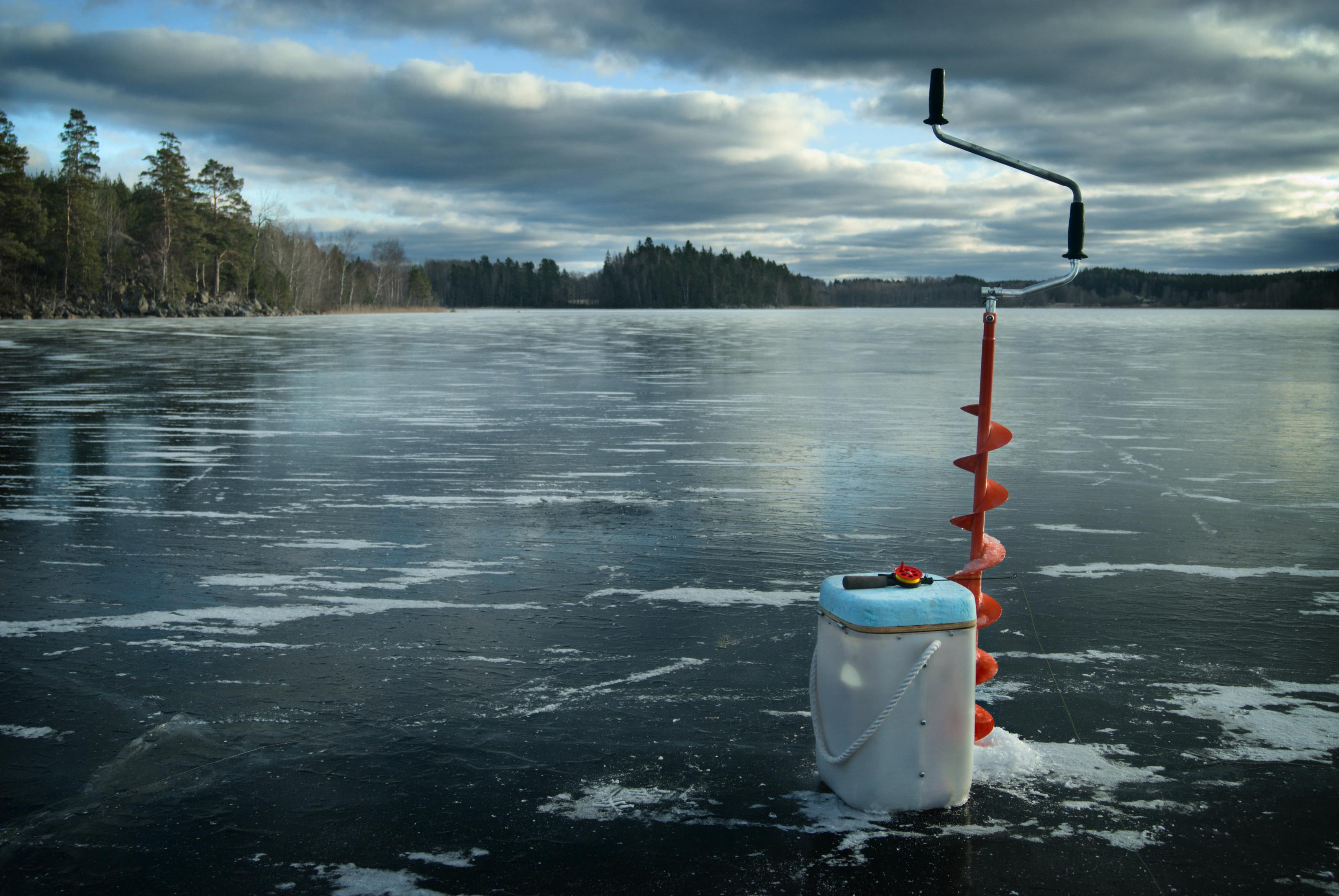


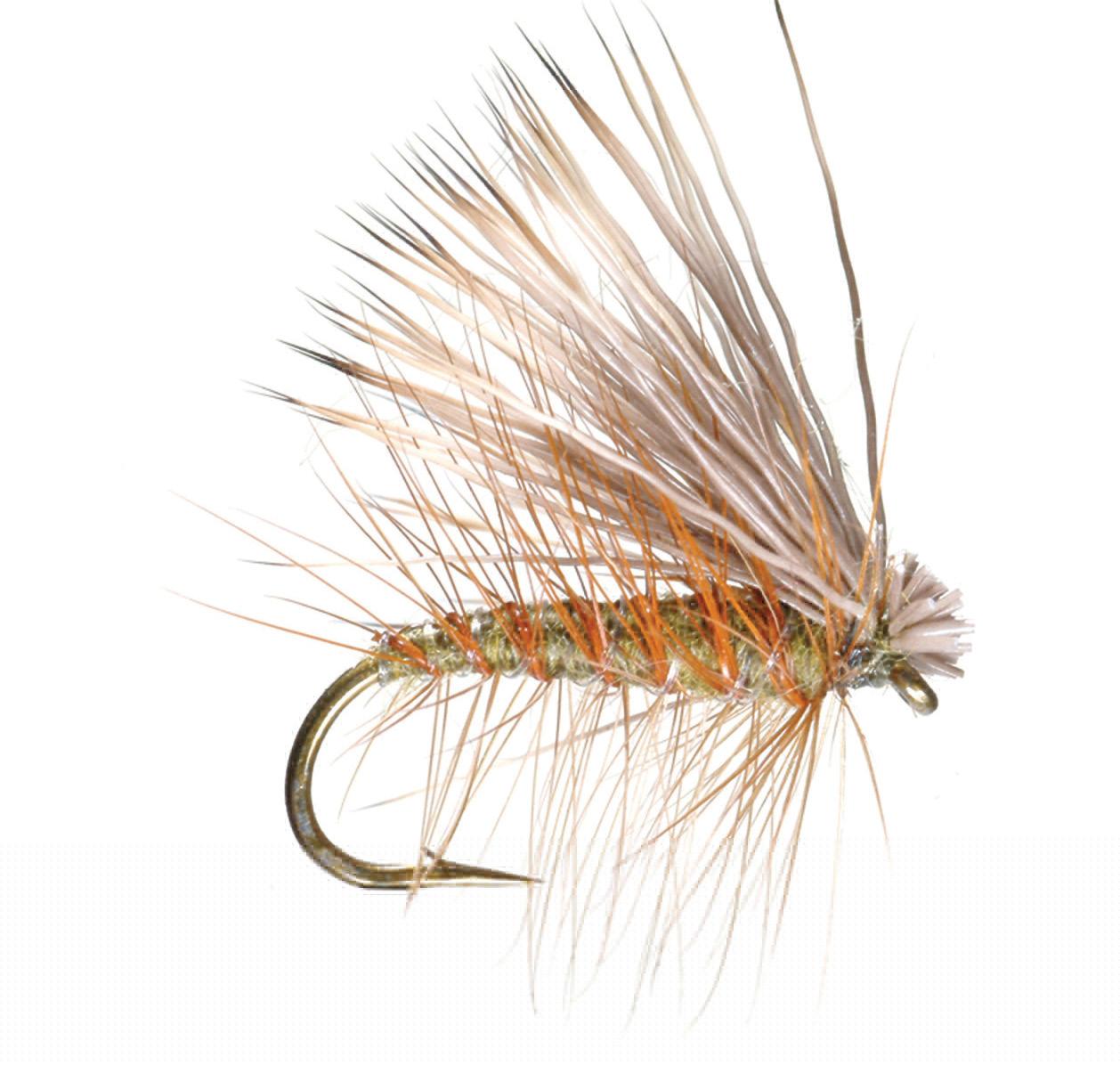
BY SCOTT GARDNER
BY SCOTT GARDNER
IF THERE’S ONE pearl of fly-fishing wisdom known in every corner of the angling world, it’s “match the hatch.” This catchy adage simply means that to trick a fish into eating, you should use a fly that closely mimics natural food sources. In particular, it refers to insects that have recently hatched in or near the water. This is gold-plated, time-tested fly-fishing advice, but ever since I stopped following it, I’ve been catching a lot more fish. Here’s why I no longer worry too much about matching the hatch.
MATCH POINTS
Using an artificial that resembles actual food is truly one of sportfishing’s great insights. It goes beyond bugs, applying also to baitfish, crustaceans and other forage, all over the world. Today, the idea seems self-evident, yet it only gained traction in the mid-20th century when a cadre of influential anglers promoted a new, biology-based ethos of fly fishing. Prior to that, anglers leaned toward pretty, bright attractor flies designed to prompt a reaction bite.
For me, “match the hatch” means learning about the fish I’m pursuing and their aquatic environment, and observing what’s going on around me. What I never do (anymore) is carry around insect guidebooks, look under rocks or wave around a butterfly net. That’s because matching the hatch can cause problems when you start thinking it’s the one true way to catch fish, divinely inspired and chiselled into stone tablets.
MATCH MISSES
I started fly fishing in 1985 at the impressionable age of 15, and took hatch matching as an article of faith. Now I’m convinced it’s often counterproductive. For one, it leaves you in a muddle if your imitations don’t match the naturals or you can’t find any bugs to match. Confidence keeps you focussed, engaged and fishing well; when you’re second-guessing your fly choices, the opposite happens. This feeds into the most harmful aspect of hatch matching.
An intense focus on accurate imitations makes anglers think that choosing the right pattern is the most crucial factor in fly fishing. It’s not. Presentation is almost always more important. Fly-fishing lore overflows with tales of selective fish fooled by the perfect fly. A few are legit, but most can be explained by anglers inadvertently
changing their presentation—not by switching to an Ephemerella excrucians fly that’s light taupe instead of ecru.
If you cast to a promising lie and don’t get a hit, you’re much better off to change your position, the length or angle of your cast, or the fly’s depth, speed or movement. Only when that doesn’t work should you consider changing flies—or just move to a new spot. I’ve watched anglers stand kneedeep in a run, tying on fly after fly, then declare the fish “too educated” to catch. Given a fish’s BB-sized brain, that seems doubtful.
Gamefish, even the holy trout, are not cultured or delicate. They are, however, exquisite predators, with a powerful drive to strike prey that appears edible and easy to catch. That is what I strive to match.
Whether I’m fishing near home or afar, I mostly carry generally imitative patterns that don’t look like anything specific, yet drift or swim in lifelike, bite-triggering ways. My go-tos include modern classics such as the Parachute Adams, Elk Hair Caddis, Bead-Head Soft Hackle, Chernobyl Ant, Woolly Bugger and Cone-Head Muddler, plus a few oddballs like worms and mice.
So, how do I pick a fly? On the rare occasions I encounter overwhelmingly obvious insect activity, I’ll attempt a casual match. But mostly, I consider the target species, region, season and water conditions, then tie on something that seems like a plausible prey item. If that takes longer than a minute, I’m over-thinking. I spend a lot more time figuring out how to cast my fly to the right spot, get it to the right depth and ensure it moves correctly.
These days, my guiding philosophy comes from a grizzled mentor who liked to point out that the short, fraught life of a gamefish is a balance between constant, nagging hunger and fear of predation. It took me 20 years of flailing around, but I eventually realized he was right. Now I follow his simple advice: “Just put something tasty-looking in front of the fish, and let its stomach and hunting instinct do the rest.” OC
ASSOCIATE EDITOR SCOTT GARDNER IS ALSO OUR STAFF FLY-FISHING EXPERT.
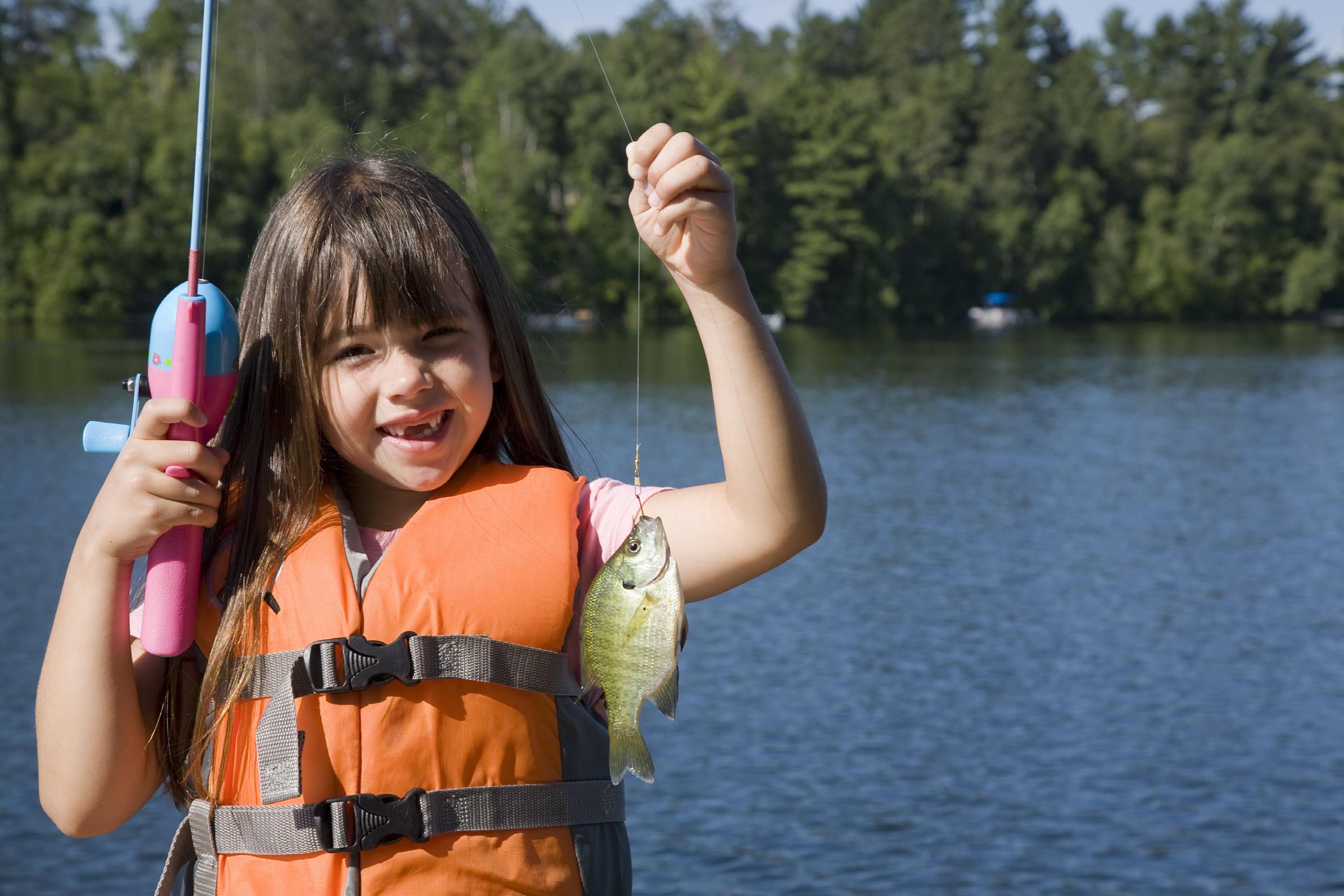
Bring your communitytogether through a localevent!shing Bring your communitytogether through a localevent!shing


WHITETAIL TACTICS. GIANT MULE DEER HAVE THEIR OWN RULES
ATRUE TROPHY-CLASS mule deer is arguably more difficult to collect than any other Canadian big-game animal. Why? The hunting seasons are confined to the four Western provinces, the opportunities are limited, and while filling a tag is not especially challenging, those fortunate enough to get a licence have their work cut out for them if they hope to take a trophy buck.
Much of the difficulty is due to the terrain mulies inhabit. Unlike whitetails, they generally prefer more open country, thriving on the prairies, along river valleys and through mountain foothills. As the late, great behavioural ecologist Val Geist once said, mule deer are “North America’s deer of scenic mountains and foothills, of forsaken, rugged badlands, of windswept, delicate prairies and harsh, desolate badlands.”
Also unlike whitetails, mule deer occupy larger home ranges, and they’re more random in their movements, making it difficult for predators, including hunters, to pattern them. And while whitetails will typically remain on their home turf despite disturbances, mule deer are more prone to disappearing for days or weeks on end if they feel overly pressured.
Mulies don’t make scrapes, either, and while they’ll occasionally make rubs, they usually don’t revisit them. They also pay little attention to rattling antlers, even though they’ll occasionally spar with other bucks. As well, doe or fawn bleats make little if any impression on a mature buck. All of this adds up to more challenges for the hunter determined to outwit a trophy mulie.
While mule deer are not difficult to hunt in accessible, open country, those areas produce few really big bucks unless the harvest regime is tightly managed. In more remote or difficult to access habitats, however, mature bucks can grow to massive proportions because of their naturally anti-social behaviour.
Mature mulie bucks are crafty creatures. They use river valleys, coulees and natural drainages to their advantage, often bedding halfway up with the wind in their face, making them tough to spot and sneak up on. They also often feed and bed at different elevations on a local basis, so patient searching, particularly through the early and late hours of the day, can reveal bucks on the move. Through the midday, thoroughly glass likely cover, looking for an antler tine or the flick of a tail, then plan your stalk based on available cover and the prevailing wind direction. Be exceptionally quiet, as a mule deer’s oversized ears give it otherworldly hearing.
During the rut, it pays to find and stick with the doe groups, as breeding bucks will seldom be far away. Interestingly, Geist discovered that in some habitats, the oldest and largest mule deer often did little breeding. Instead, they were opportunistic breeders only, seldom willing to compete with other bucks. That also contributes to the difficulty in finding a true trophy.
Some of the best mulie hunters I know confine their efforts to early mornings and the final hours of legal light. They focus on finding where the does are feeding, often covering significant distances in their search. When they do find doe groups, they set up where they can watch from a safe distance, using elevation as a great advantage. Patience and persistence then become key, and you need a certain amount of faith the bucks will eventually appear.
Don’t expect a mature buck to just come prancing out, however, oblivious to everything but the potential for a dalliance. Unlike whitetails that are so hell-bent on breeding they’ll ignore the world around them when receptive does are nearby, mature mulie bucks seldom fully abandon their dignity. Even in the peak of the rut, they’ll most often remain within the confines of thick cover where available.
Mature mule deer bucks are also larger on average than their whitetail counterparts. And with the mulie's tendency to occupy relatively open habitats or terrain with significant elevation changes, shooting opportunities are often at extended distances. With both those factors in mind, flat-shooting calibres in the .270 Win. to .300 Win. Mag. class, using well-constructed bullets, are recommended. The same goes for riflescopes on the higher power end. Since it’s sometimes difficult to accurately judge distances in open country, or up or down hills, rangefinders are also beneficial.
Put it all together, and with some good fortune, you just may find yourself with a genuine wall-hanger. OC
KEN BAILEY IS WAITING PATIENTLY FOR HIS NEXT MULE DEER TAG

BY KEVIN WILSON
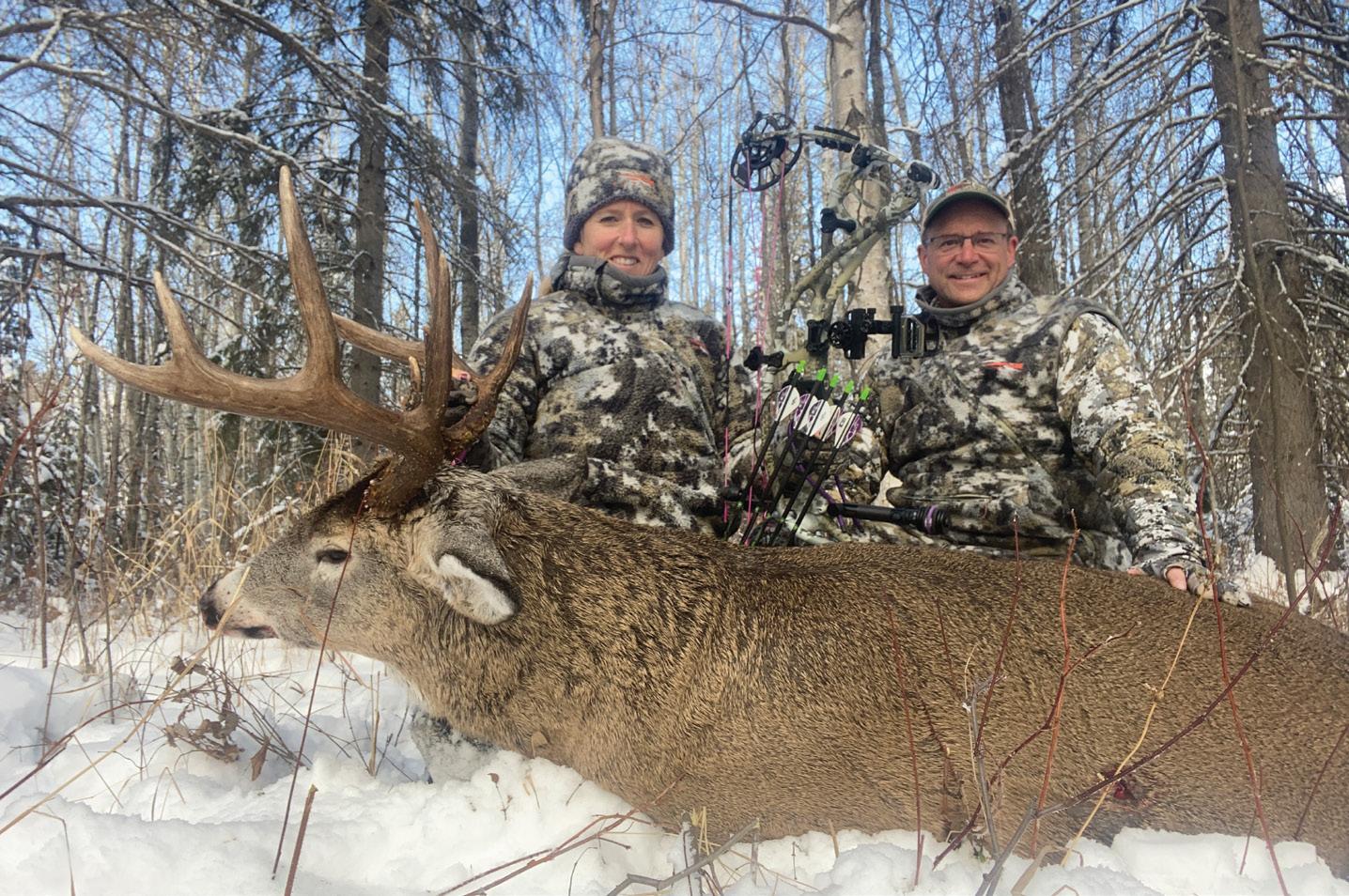
ASK ANYONE WHO has hunted whitetails during the rut in Canada, and you’ll hear tales of frigid, downright brutal days on stand. But for those with the right gear, perseverance and, most importantly, an insatiable desire to conquer the elements and tag a buck, bowhunting in the extreme cold can be very rewarding.
My wife, Heather, and I spend every November bowhunting Alberta whitetails from a stand. We know that to endure the extreme cold, you need to understand and adapt to your own limitations, and stay mentally strong. The most important step in conquering the cold, however, is to dress in layers with the proper clothing. Here’s how I bundle up when I head out.
BASE LAYER
Beginning with the layer closest to your skin, wear something that retains heat, but more importantly wicks moisture. Despite the many different options, Merino wool is the way to go. While a proper base layer will help wick perspiration, you still need to be mindful of sweating too much. If you have a long walk to your stand or blind, or you must hike through deep snow or up steep hills, consider removing an outer layer or two, then putting them back on after arriving at your destination.
As a second or insulating layer to retain warmth, wear either a fibre pile top and bottom, or at minimum synthetic Polartec fleece. For most extreme cold-weather situations, I wear either a Sitka Gear or Cabela’s Windstopper top.
Over the last three decades of experimenting with outer layers, I’ve tried everything from Raven Wear (no longer available) to King of the Mountain wool apparel and even the newer Silent Predator wool garments. While extremely warm, they’re all heavy and awkward to move in. Through trial and error, I’ve settled on Sitka Gear’s Whitetail Fanatic line, which is made specifically for coldweather bowhunting. As far as I know, no other manufacturer has come up with anything as quiet, warm or lightweight. Made with PrimaLoft and Gore Windstopper material, it is unparalleled.
EXTREMITY PROTECTION
Gloves, mittens or a muff are also key for staying warm in cold weather. I favour
wool mitts almost exclusively, particularly the kind with flip-open fingertips so I can handle my bow release. Since some body heat is lost through an uncovered head, a wool hat is also a must (coupled with a balaclava if necessary). By keeping your hands, head and face as warm as your body, you can buy yourself extra hours on stand.
Footwear, too, is critical. In my experience, nothing beats Cabela’s TransAlaska III pac boots, my personal choice for the extreme cold. Paired with both liner socks and wool socks, these boots keep my feet warm, even on the coldest days.
Whether rechargeable or chemically activated, heat packs can be a huntsaver. Strategically placed in boots, mitts and throughout your apparel, as well as on the back of your neck, they can literally warm up your world. With heat loss being the stand hunter’s number one enemy, these accessories help retain body heat and keep you comfortable and alert for longer periods of time—exactly what you need to successfully arrow an animal in the extreme cold. OC
KEVIN WILSON ALWAYS BOWHUNTS TO THE SEASON’S BITTER-COLD END.
Another key to staying warm is to keep the blood flowing. When you sit or remain motionless for lengthy periods on stand, your core temperature will drop, eventually leading to involuntary shivering. Similarly, it can become very difficult to pull your regular draw weight in the extreme cold—especially when you’re shaking—so I recommend turning down your draw weight by at least five pounds.
To stay limber and sharp, keep your fingers and toes moving using a series of subtle exercises every half hour or so. By standing up, slowly bending, stretching, and tensing and releasing your muscles, you can generate and retain warmth. It’s also important to replace calories, which your body burns up trying to stay warm. Energy bars, or even chocolate bars, can help fuel your body and keep your internal furnace going.
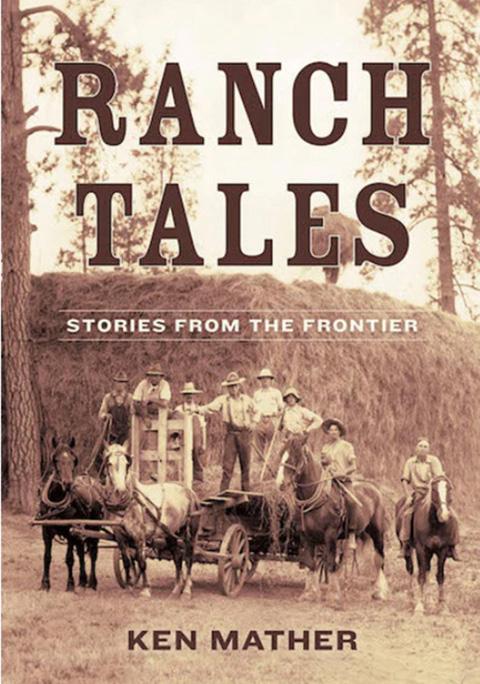
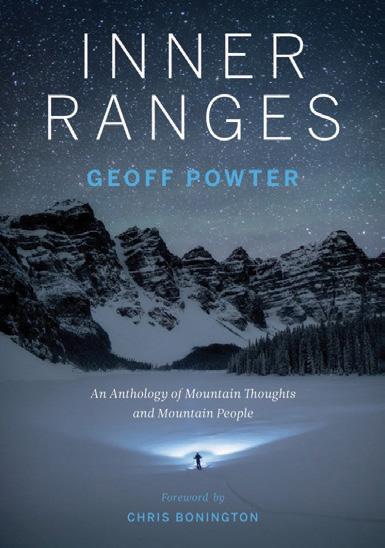
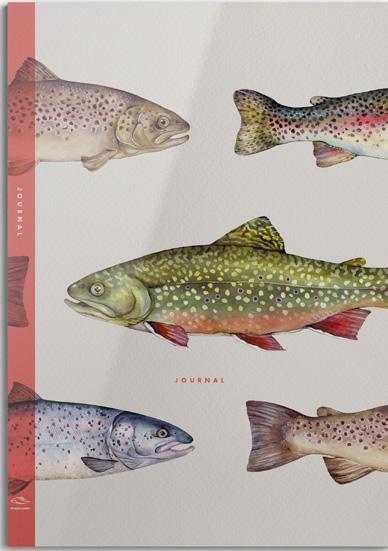

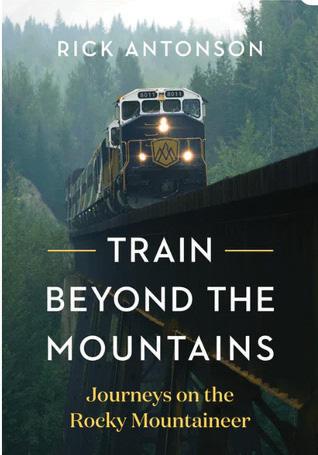








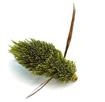





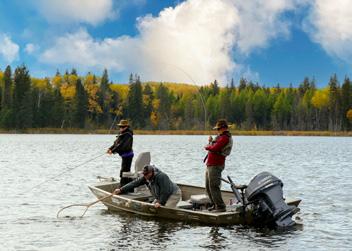

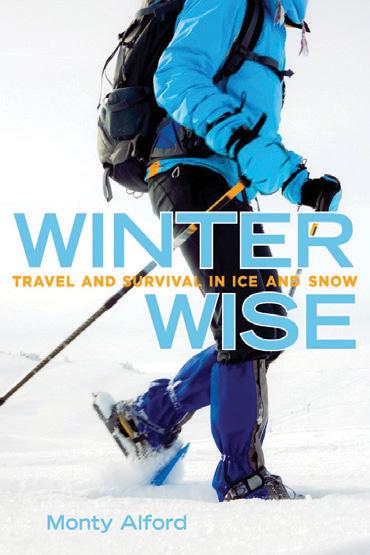

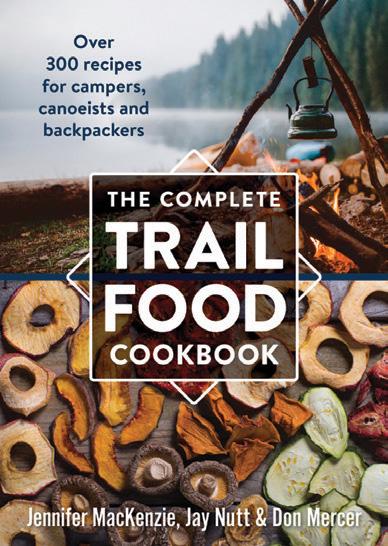
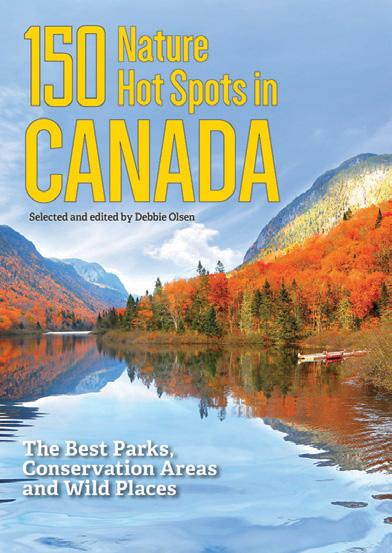

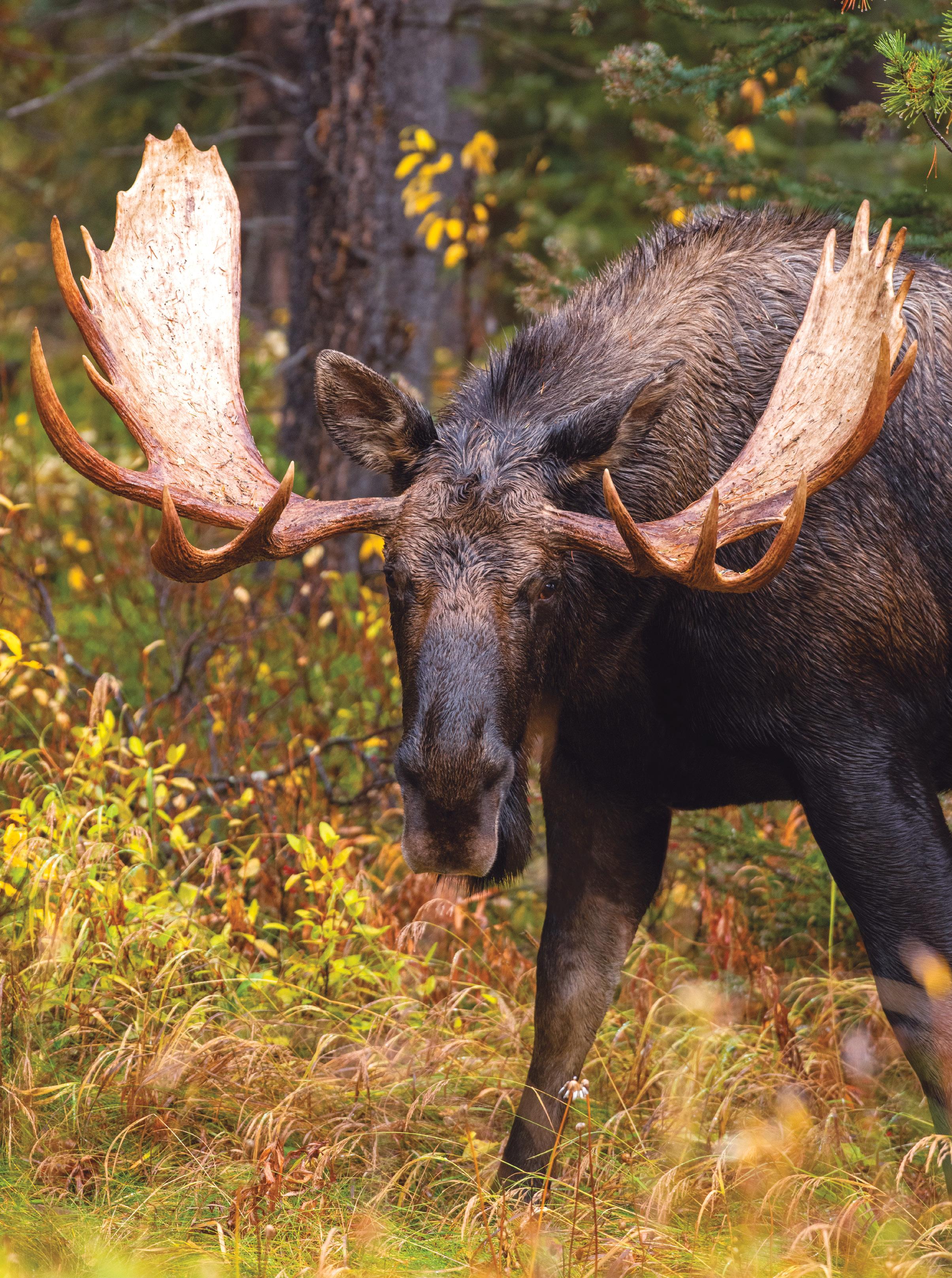
We begin in the darkness before dawn, planning our day afield, never knowing what the hours ahead will bring. That’s part of the magic of hunting in the Canadian wilds, where big-game encounters often take us by surprise. In a flash, we can face the challenge of controlling our adrenalin and quickly making the call—take the shot, or let the animal walk.
To help you get your head in the game for your next biggame hunt, here are 12 heart-pounding encounters focusing on six monster moose and six bruiser whitetail scenarios from across our vast country. Soak in the visuals, consider the variables, and decide for yourself: Shoot or don't shot?
WHEN HUNTING MOOSE AND WHITETAILS, NOT ALL OPPORTUNITIES ARE CREATED EQUAL. WHAT WOULD YOU DO IN THESE 12 ADRENALIN-FUELLED SITUATIONS?
MOOSE SCENARIO #1
WHEN: September 5, 7:50 a m
WHERE: Yukon
SET-UP: Scoped .30-06 rifle
DISTANCE: 160 yards
Your calling has been quickly rewarded on this brilliant autumn morning. Fifteen minutes after your first bellow, a flash of antler and the movement of something very large and brown coming around a tree catches your eye. It’s not long before you fully appreciate the true size of this beast—and the reason you spent big money to travel to the Yukon. Shoot or don’t shoot?
OUR CALL You’d best hold off, unless you’re willing to risk an illegal two-for-one on a single tag. If your bullet passes through this 65-inch-plus brute, it could also knock down or wound the younger bull tucked in behind him. Remain motionless and pray the pair separate after a few more steps to offer you a clean shot.
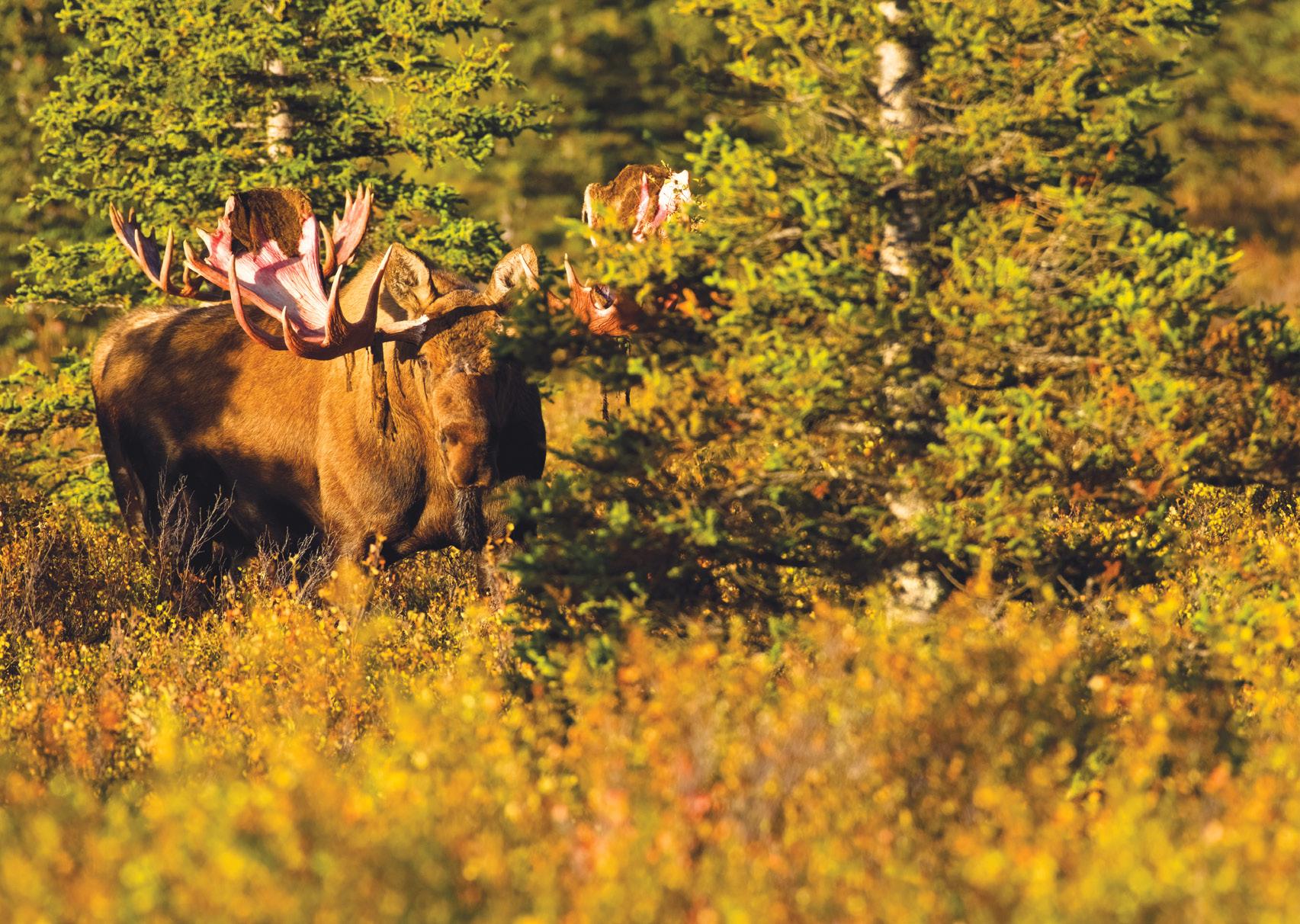
1
MOOSE SCENARIO #2
WHEN: September 9, 2:30 p . m .
WHERE: N.W.T.
SET-UP: Scoped .308 rifle
DISTANCE: 110 yards
After studying the upper side of a dry drainage, you snap to attention at the sound of a rock tumbling down the slope, where you spot this impressive bull crossing the riverbed. He’s a short distance from regaining cover, and he’s clearly on the move. Shoot or don't shoot?
OUR CALL In one calm motion, raise your trusted rifle and aim at the bottom third of his chest cavity. When he steps forward with his right front leg and reveals the vitals, exhale and squeeze the trigger. Next decision: who will you invite over for barbecued moose brisket?
MOOSE SCENARIO #3
WHEN: September 25, 10:30 a . m .
WHERE: Alberta
SET-UP: Compound bow
DISTANCE: 40 yards
You’re positioned in a fiveacre opening within sight of an active rut pit, which you can clearly smell. The small clearing is a natural moose travel corridor, thanks to a nearby river. Suddenly, you hear branches snapping behind a veil of conifers, then this frisky couple pops out within range. After taking two strides, the massive bull goes vertical and proceeds to breed the cow. Shoot or don't shoot?
OUR CALL With future generations of moose in mind, allowing this couple to finish the business at hand is the right thing to do. Plus, they’re too close together, and moving, to allow for an ethical shot. Afterwards, however, they’re likely to separate and pause, offering a happy ending to your bowhunt.
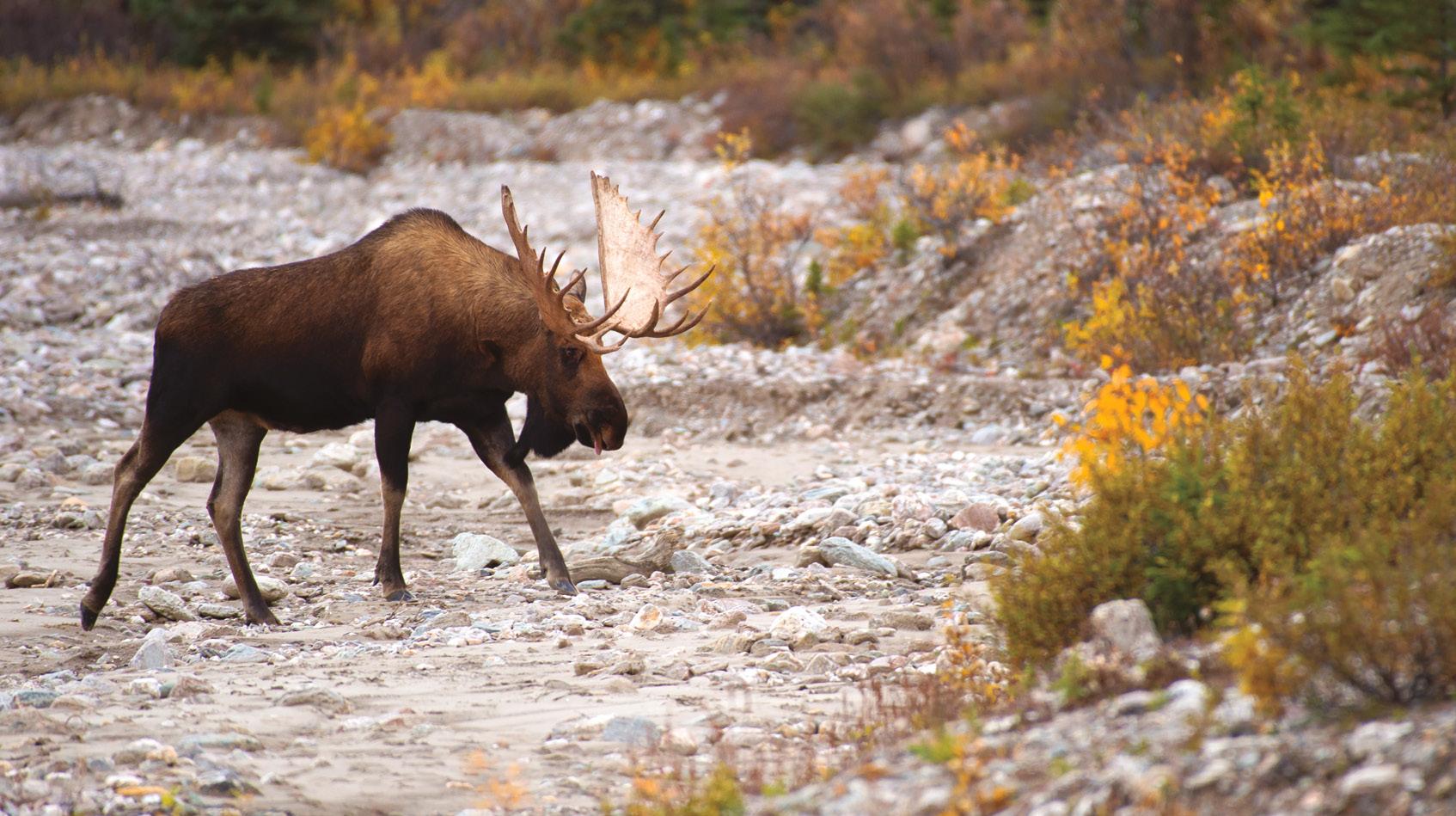
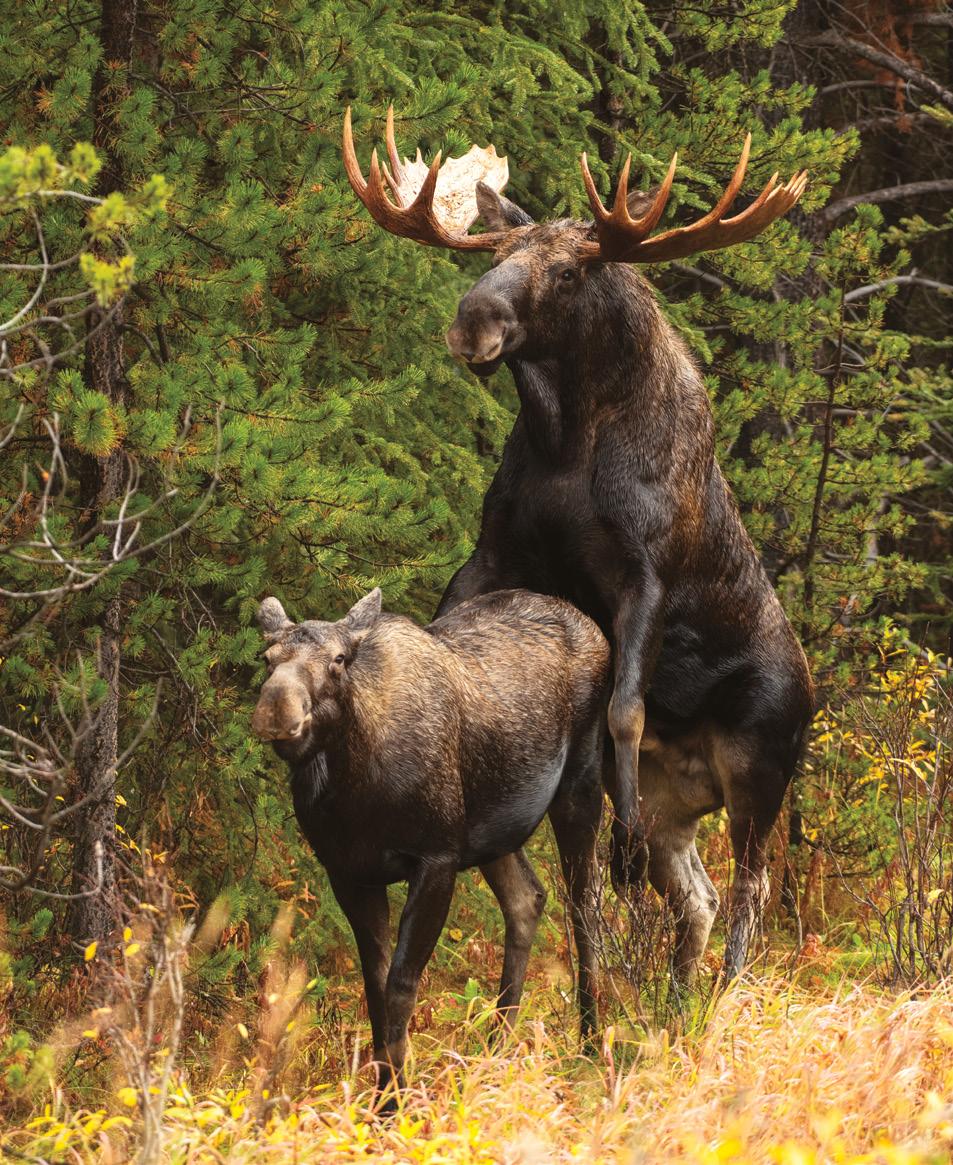
MOOSE SCENARIO #4
WHEN: October 17, 9:45 a m
WHERE: B.C.
SET-UP: .30-06 rifle
DISTANCE: 90 yards
After calling from a high vantage point without success, you decide to relocate. As you follow a game trail along a mountain river, you round a bend and see this. Time is clearly of the essence. Shoot or don't shoot?
OUR CALL Since the fastflowing water is several feet deep, dropping this tank of a bull here would create an extremely challenging extraction. Instead, wait until he gains the far shore, the same side you’re standing on, before squeezing the trigger.
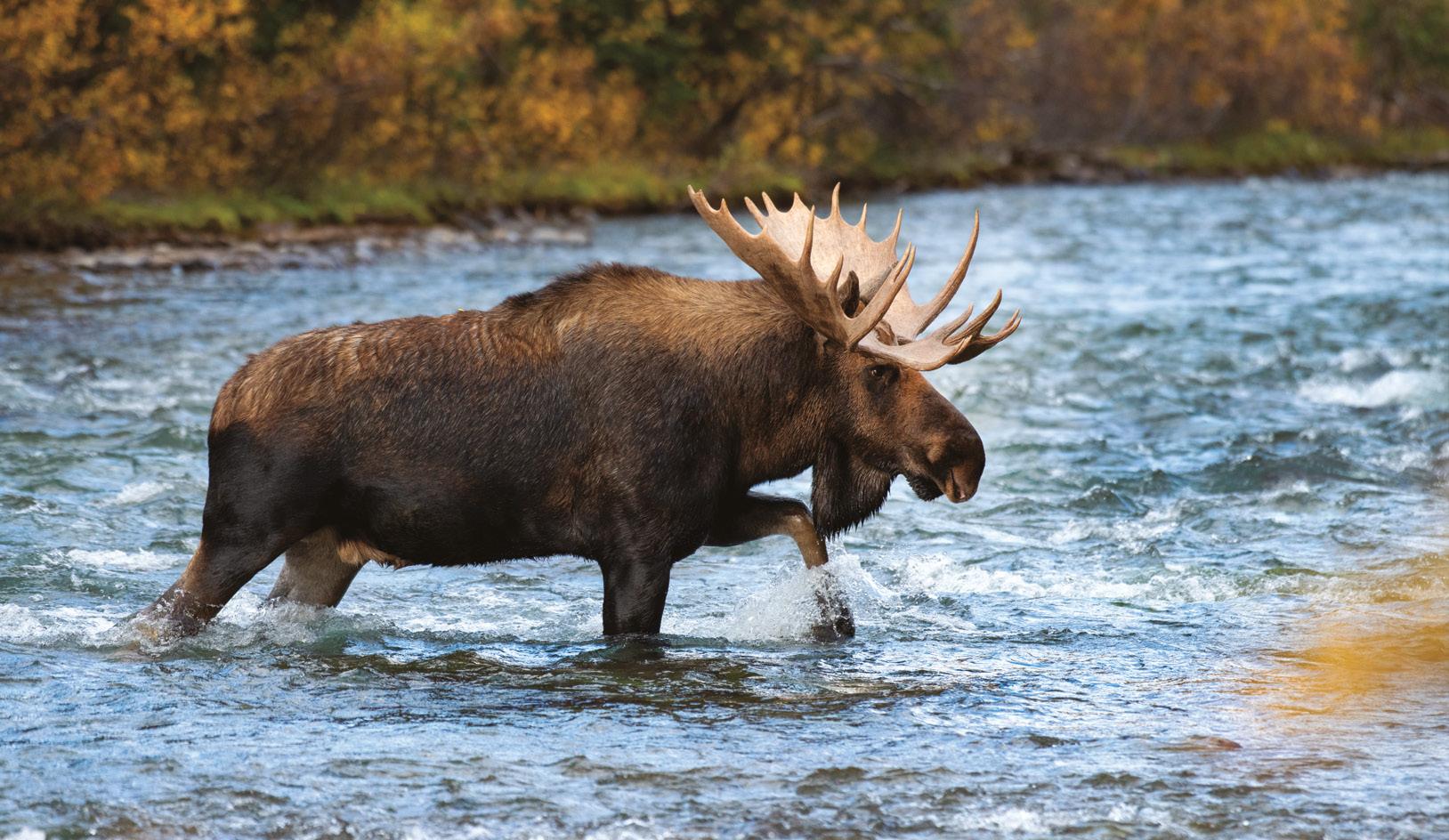
MOOSE SCENARIO #5
WHEN: October 2, 8:25 a . m .
WHERE: Northern Ontario
SET-UP: Crossbow
DISTANCE: 40 yards
After a crisp morning’s hike to a forest opening featuring a pinch point, you settle in and call. After 40 minutes, you hear the first response—the rhythmic grunts of an approaching bull. Soon, you also hear his paddles raking a sapling. After a few more minutes, which feels like an eternity, this large bull, clearly worked up with frosty breath streaming from his nose, moves past within range. Shoot or don't shoot?
OUR CALL You could release the bolt, but with a small spruce so close to the bull’s vitals, it would be better to aim to the left of the sapling and wait for him to continue forward. It should take about a second before his vitals are clear of the tree, and you can confidently release the bolt. Moose tenderloin, anyone?
MOOSE SCENARIO #6
WHEN: October 15, 3:40 p . m .
WHERE: Western Newfoundland SET-UP: Scoped .270 rifle
DISTANCE: 180 yards
It’s mid-afternoon, halfway through your week of moose hunting on the Rock. Your guide smartly proposes watching over a small pond that has numerous moose tracks in the mud. He sits on the hilltop behind you by a concealing wall of tuckamore, and makes several alluring calls. Not a minute later, this overzealous bull bursts out of the trees to glance around for the source of the amorous sound. Shoot or don't shoot?
OUR CALL Payday! A carefully aimed shot, ideally off shooting sticks or from a seated position with your elbow on your knee, should drop this bull where he stands for a year’s worth of organic meat.
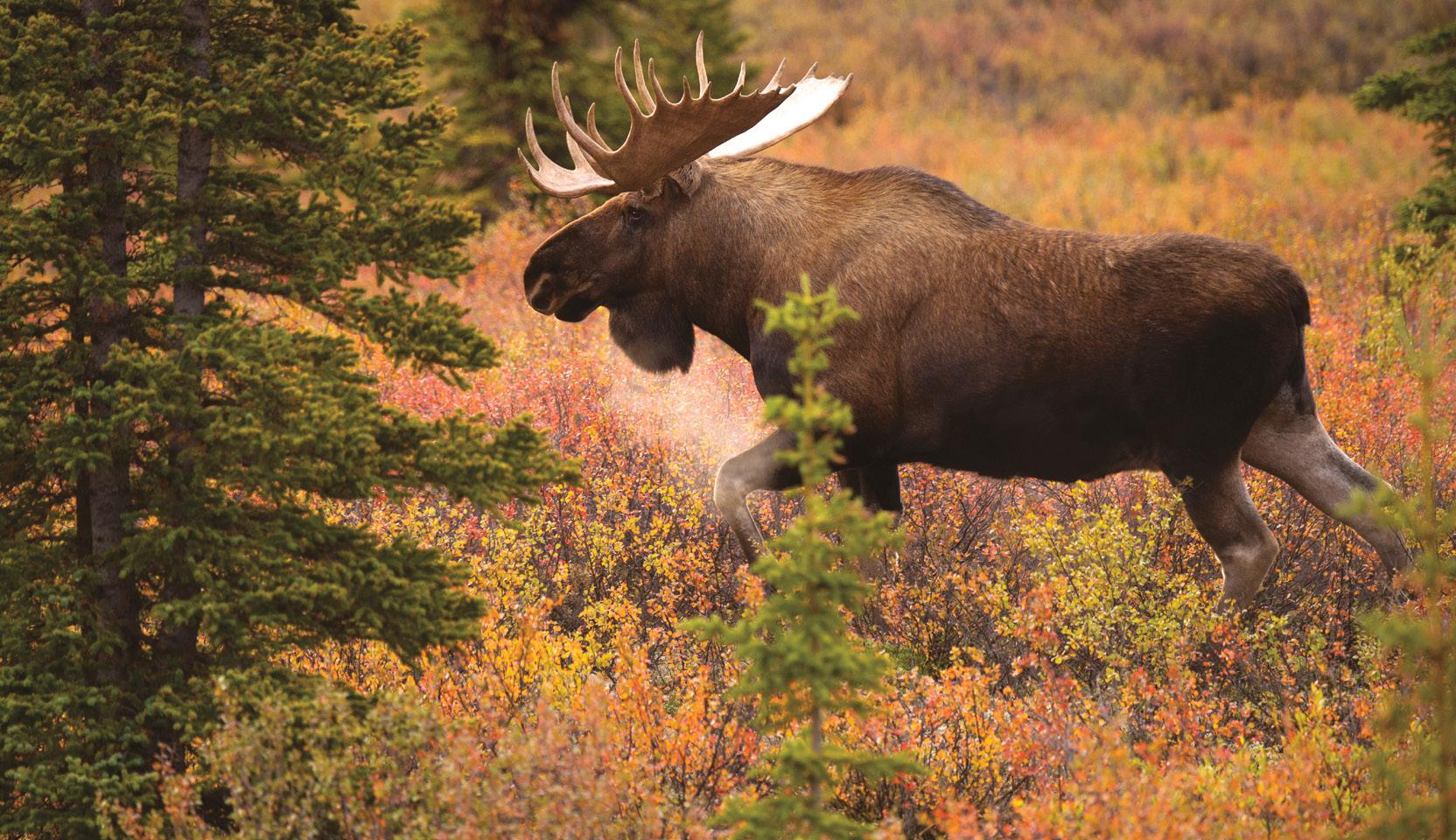
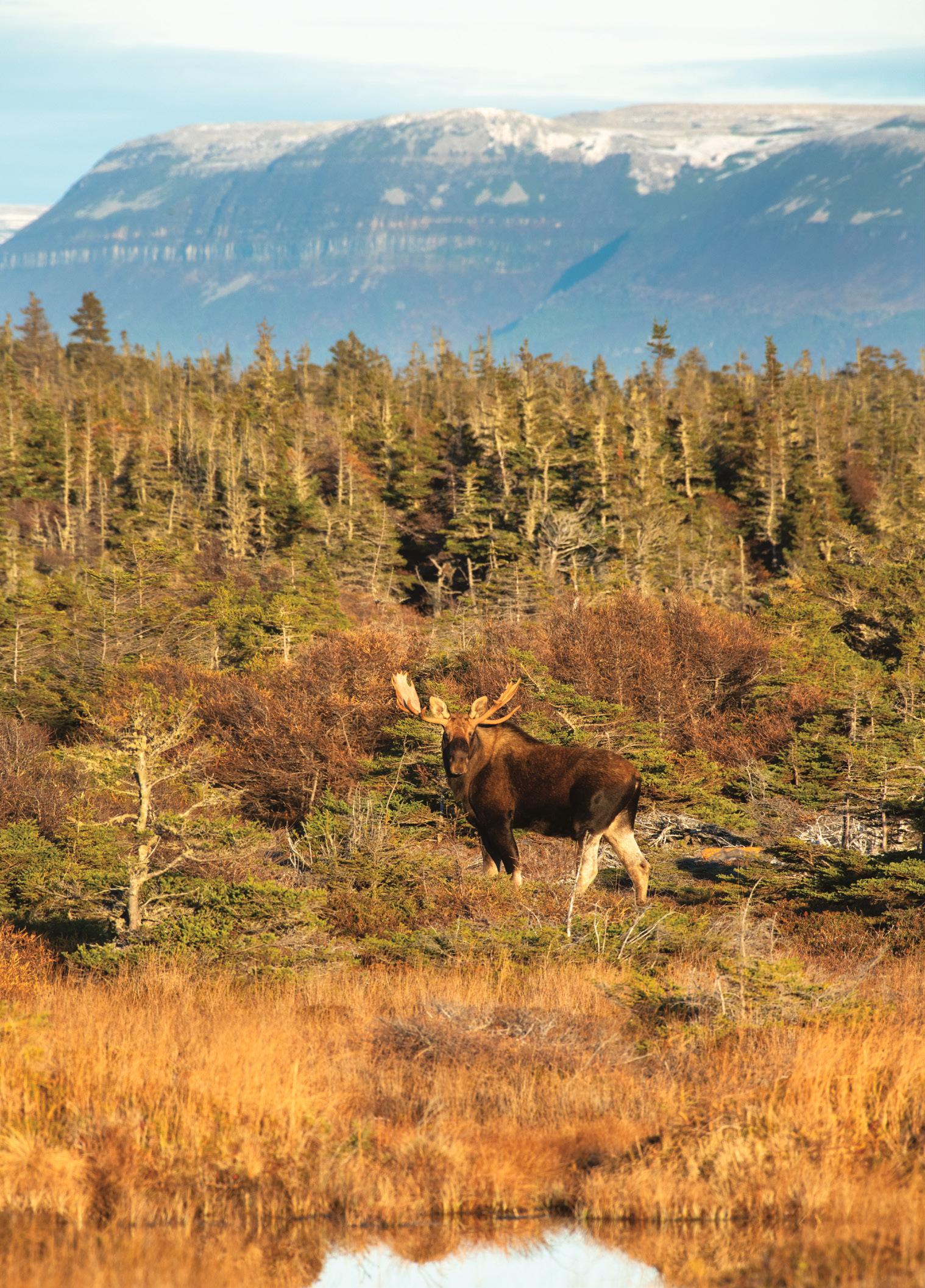
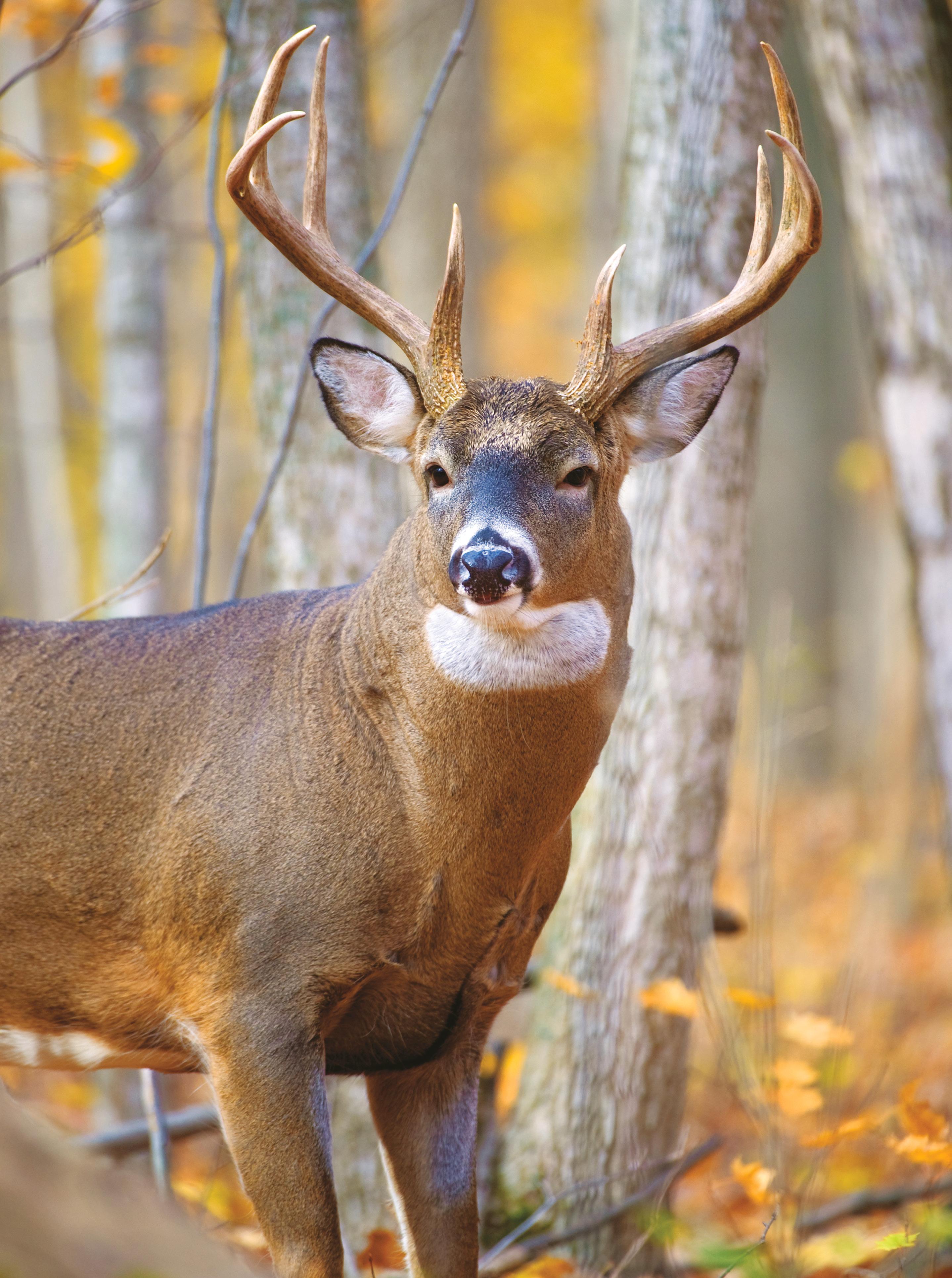
DEER SCENARIO #1
WHEN: October 3, 7:45 a . m .
WHERE: Saskatchewan
SET-UP: Compound bow
DISTANCE: 30 yards
A foggy morning made for an eerily silent hike to your blind, situated by a small pond along a crop field edge. Soon after sitting down to focus on the hunt, you look up to this sight in front of you. Shoot or don't shoot?
OUR CALL The sun has crested the horizon, so it’s well into legal shooting time. With no obstruction between you and this handsome buck, raise your bow and seal the deal in time for breakfast.
DEER SCENARIO #2
WHEN: October 8, 8:20 a m
WHERE: Southern Ontario SET-UP: Crossbow
DISTANCE: 35 yards
You’ve carefully placed your treestand along a hardwood ridge that’s carpeted with freshly fallen acorns. Sitting quietly since before daybreak, you wait and hope the bruiser that haunts your dreams, thanks to a handful of trail cam photos, will stop by on his way to his secret daybed. At 8:20 a.m., you pick up movement to your left and see him standing on the slope, framed between two tree trunks. Shoot or don't shoot?
OUR CALL Yes, there’s a clear shot at his chest, but the solid sternum bone in front of his vitals could easily deflect your bolt and result in a wounded animal—every hunter’s nightmare. You know the wind is in your favour, so be patient. Hopefully, he’ll continue forward and step into the shooting lane you cleared a few weeks earlier, making your hunt one for the books.


WHEN: October 16, 8:50 a . m .
WHERE: Southern Alberta
SET-UP: Compound bow
DISTANCE: 25 yards
For years, you’ve been bowhunting a natural land bridge funnel where crops border a wetland. You’ve learned that during the pre-rut, the biggest bucks seek daytime shelter on the higher dry points in the cattails. This year’s no exception. Having spotted this phenomenal buck while scouting during late summer, you’ve decided to make him your focus before the rut takes him far and wide. After several mornings on the stand spread over two weeks, your patience finally pays off when you spot him leaving the field, just out of range. He’s angled in your direction, though, and soon emerges along the shoreline, stepping into the water within the required yardage. Shoot or don't shoot?
OUR CALL You’re well aware the water is fairly shallow near your stand, and although it won’t make for an ideal recovery, it will be possible for you and a couple of friends to haul the buck onto dry land after the shot. Aim carefully and release your arrow a few hairs to the right of that left shoulder. Do you have a favourite taxidermist?
WHEN: November 12, 7:20 a . m .
WHERE: Quebec
SET-UP: Compound bow
DISTANCE: 40 yards
It’s a frosty morning and the rut’s kicking into gear. You’re hidden in one of your well-placed treestands, which is within range of an active scrape. Your trail cam has revealed some decent bucks hitting it at night, and a few younger ones during daylight. However, this 10-pointer is a solid surprise as he emerges from nearby cover to pose in the golden light under a licking branch. Shoot or don't shoot?
OUR CALL It’s a golden-hour dream come true. The angle offers the perfect opportunity for a clean entry with a carefully placed arrow, offering a freezer full of healthy venison.
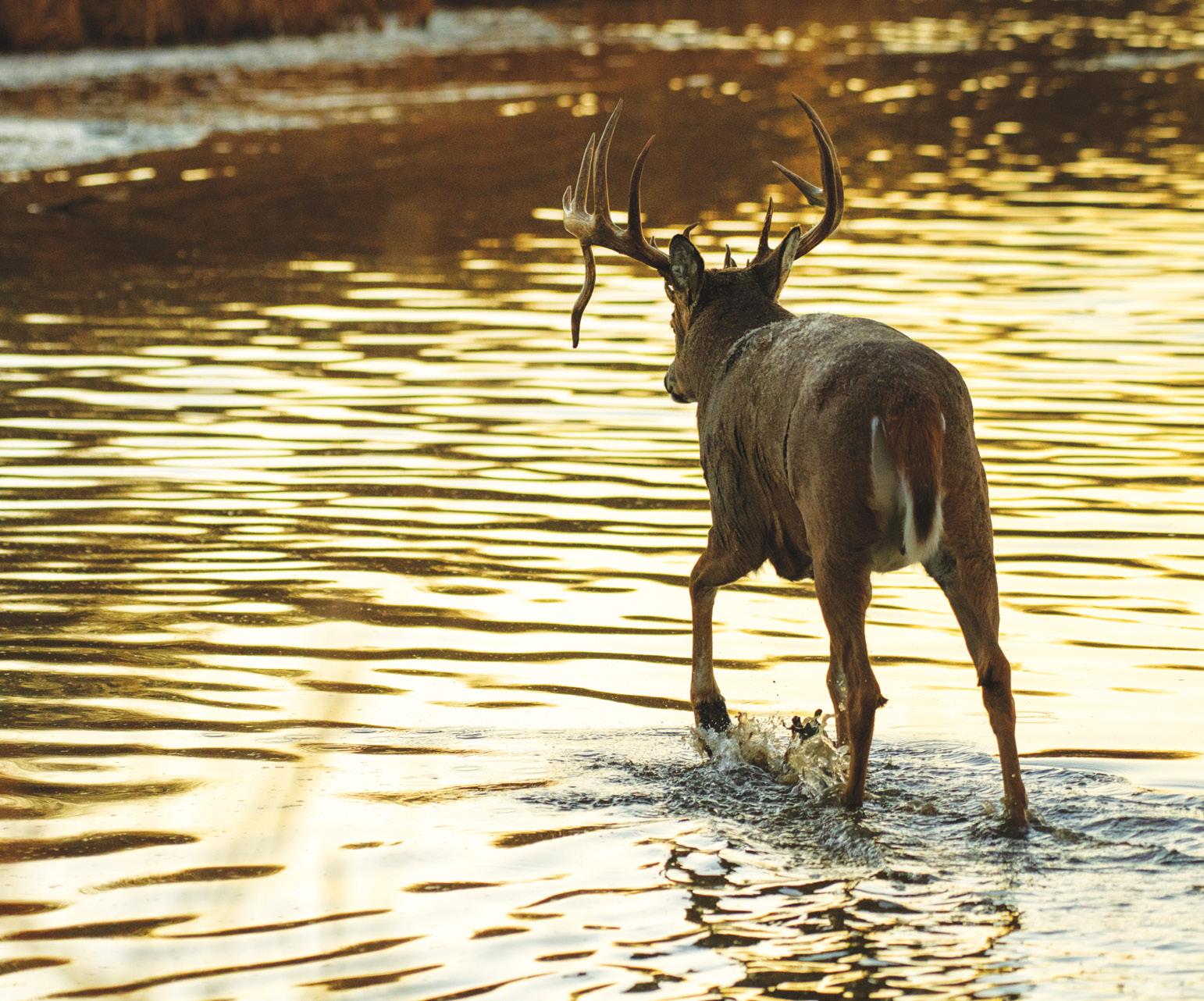
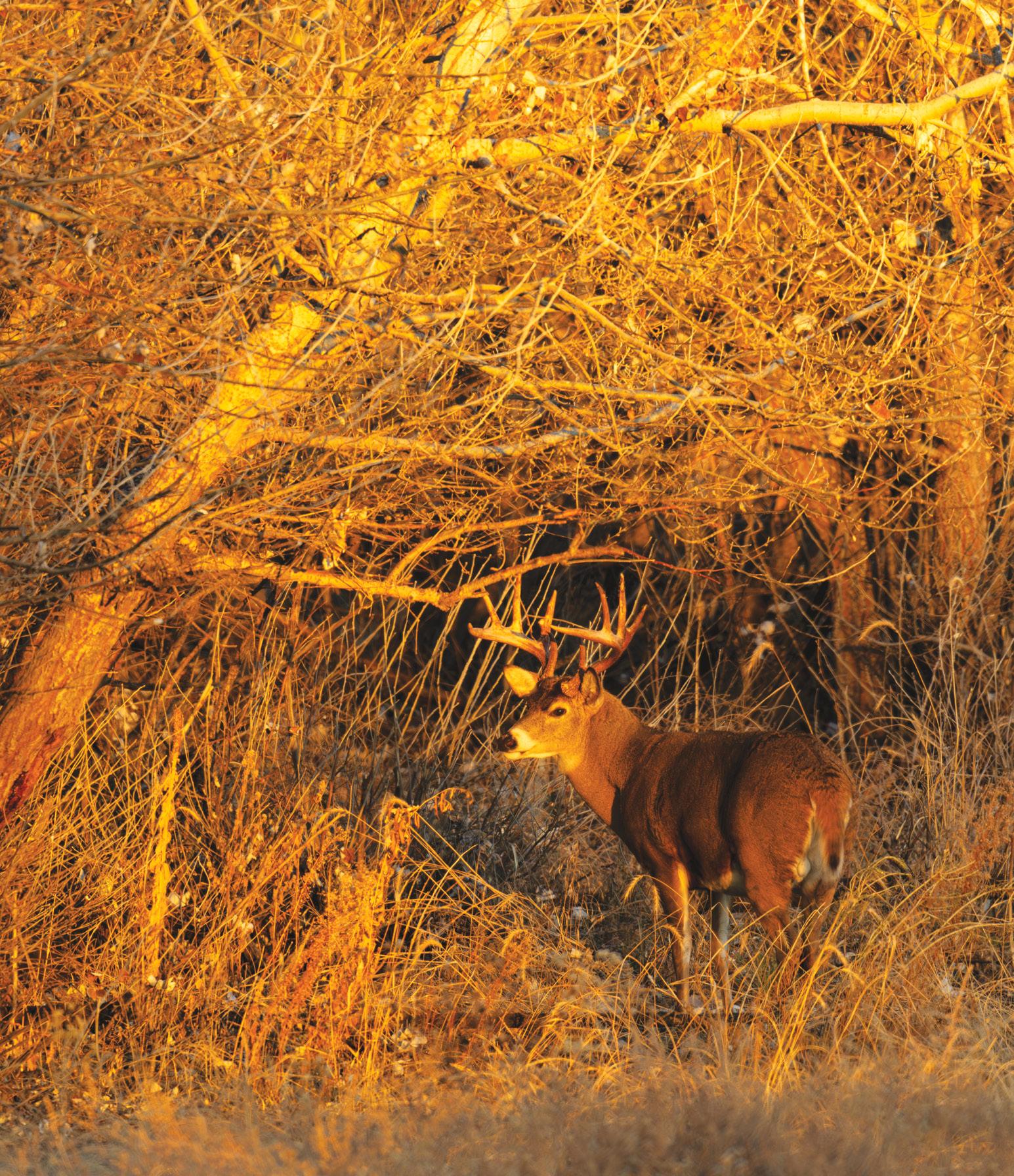
WHEN: November 12, 4:10 p . m .
WHERE: Manitoba
SET-UP: Scoped .308 rifle
DISTANCE: 120 yards
It’s the peak of the rut and you’re devoting every daybreak and evening you can to hunt. After watching a trio of does and a fawn wander past your blind an hour earlier, you notice another doe move into the field just before sunset. The good news is, she’s in heat—and she’s not alone. Closely pursuing her is a remarkable eight-pointer. Shoot or don't shoot?
OUR CALL As the doe moves forward, there’s a clear and safe space for a well-placed shot at the trailing buck. This should end quickly, with minimal effort needed for the recovery before you’re enjoying some fantastic backstraps.
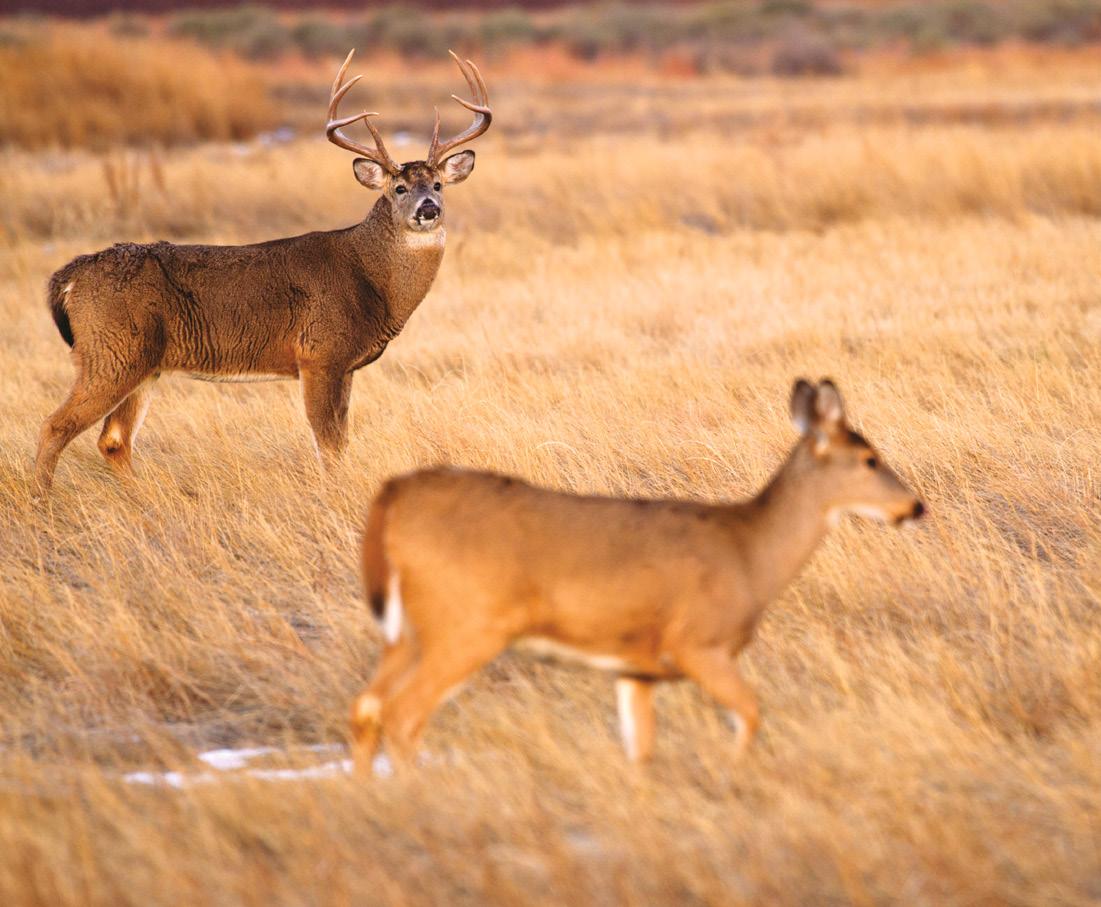

WHEN: December 4, 3:50 p . m .
WHERE: Eastern Ontario
SET-UP: Muzzleloader
DISTANCE: 80 yards
During the rut, you only had a few available days to head afield, so you decided to focus your time instead in the quieter woods of early December with your muzzleloader. Warmly dressed for the occasion, you sit in a ground blind enjoying the falling snow along the fringe of an abandoned apple orchard. Overripe apples still cling to the branches, and deer tracks in the snow suggest you’re in the right place. As the afternoon winds down in the calm woods, you look up and notice that not one, but two handsome bucks have stepped into the scene. Shoot or don't shoot?
OUR CALL Both bucks have appeal, but the closest one appears to be the largest. Shooting it, however, would clearly risk wounding the second one. Considering they’re both on alert, with the bigger buck looking toward your position, time is of the essence. Do you wait for the pair to separate to harvest the larger buck, or do you select the one to the right before they both run off, leaving you empty-handed? Such are the choices that keep hunters on their toes. Choosing to send the slug to the buck to the right is the best call. OC
HUNTER AND PROFESSIONAL WILDLIFE
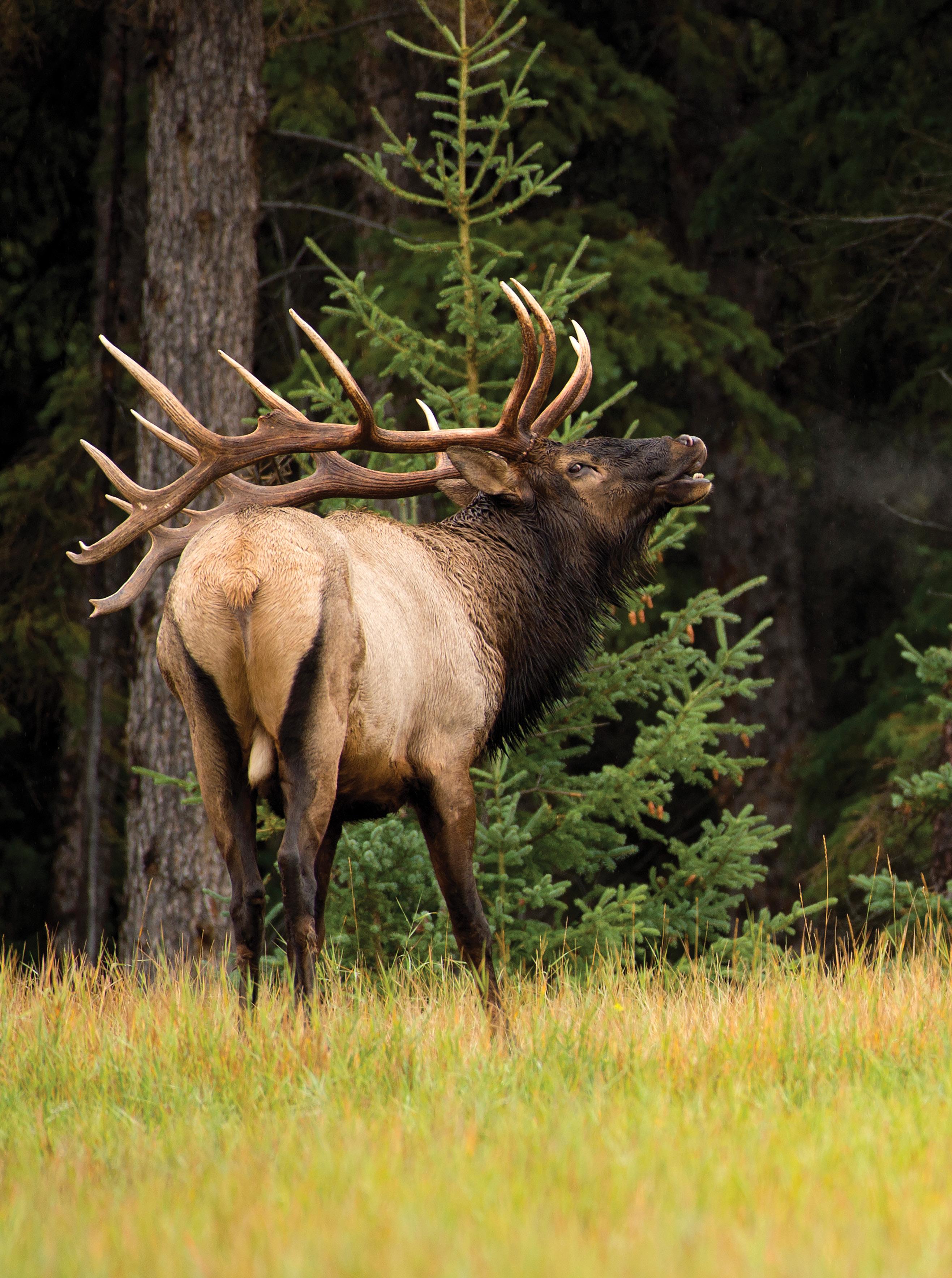
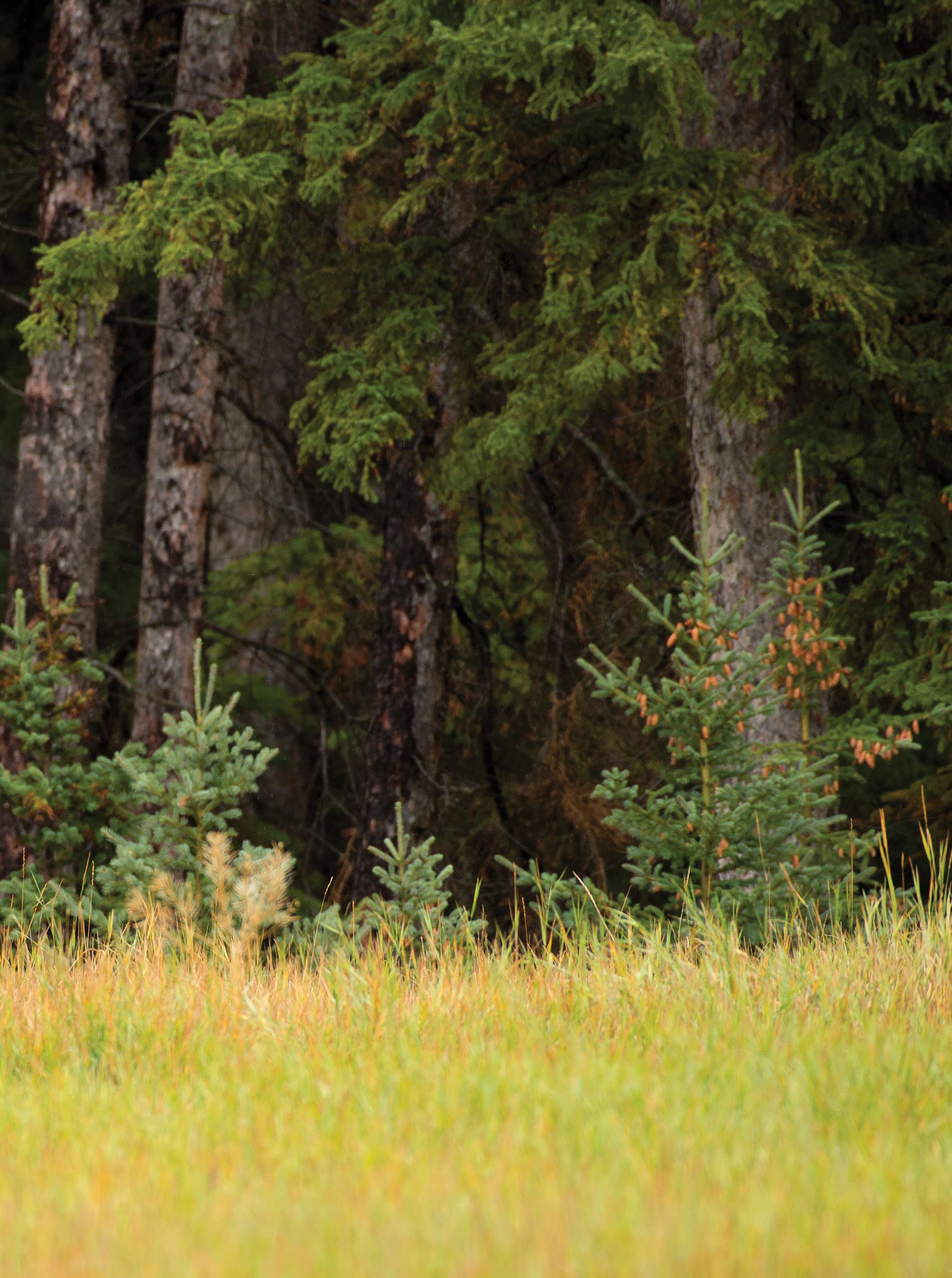
No access to private land to hunt? No worries. Crown land promises plenty of opportunities for hunters willing to do the work


Most hunters dream of having their own hunting Garden of Eden, a beautiful and unspoiled tract of private land teeming with game, where they have exclusive access rights. If only. The truth is, only some hunters—if they’re lucky—have private access, and even then it’s typically for a limited amount of land. Plus, they often have to share it with others. Far more hunters have no access rights at all to private property, so they must hunt exclusively on public land. That’s not necessarily a bad thing, however.
Public land offers some of the finest hunting available, but finding success requires a lot more planning and preparation than it does on private land. For starters, you need to know the rules and regulations about access and boundaries, which can impact where, when and how you can travel. And simply determining where and how to start hunting on vast expanses of public land can be intimidating. The open access also means it can be difficult to find space away from fellow hunters.
At first pass, it might seem finding success on public land would be difficult, but that doesn’t have to be the case. The trick to enjoying good fortune when hunting public land is a lot like eating an elephant—you have to tackle the challenge one bite at a time. »
To
Public land is often referred to as “crown land,” meaning it's owned and controlled by federal or provincial governments. While less than 11 per cent of Canada’s land is in private hands, 41 per cent is federal crown land and 48 per cent is provincial crown land. National and provincial parks, Indian reserves, federal military bases and provincial forests are the largest and most visible allocations of such land.
We’re fortunate in that today’s technology makes it so much easier than just a few years ago to identify land tenure—namely, there are now numerous websites that delineate between public and private land ownership. For a small fee, most counties and other municipal governments can provide land ownership documents in either hard copy or digital maps. And provincial governments often provide online maps that show the extent of crown land. Apps such as the popular iHunter also make land ownership maps available.

Be aware, however, that just because land may be designated as public or crown, it doesn’t necessarily mean hunters have the right of access; not all crown lands are created equal. There are several different varieties of parks and wilderness areas, for example, with only some permitting hunting, so read the regulations carefully before heading out.
Public land leased to the agricultural community—most often for grazing—is also often subject to specific rules about when and how it can be accessed by the public. Again, knowing the regulations can help ensure you avoid conflict.
Another option is land that is technically privately owned but allows public access to hunters, often without requiring you to make a direct ask. That includes lands owned by irrigation districts, so-called special areas and grazing cooperatives. Each is managed privately and independently, so clarify their access requirements, such as signing in, before you enter.

So, you’ve identified a large area of public land that is open to hunting, but where do you begin? Start by turning to the various online tools now available. Google Earth and other satellite-based mapping products allow you to identify features such as hidden lakes, beaver dams, valleys, ridges and different types of vegetation—everything a hunter would want to know when choosing a starting point. Just keep in mind the best-looking spots are readily identified by everyone; the real challenge is to find an area that’s attractive to game, but not to other hunters.
Also remember all game animals have three fundamental requirements—food, water and escape/bedding cover. These are the key things you should be looking for, understanding they differ from species to species. For example, elk are grazers, preferring to feed on grasses and forbs, while moose are browsers, most often selecting shrubs. That means prime elk habitat will look different than the best moose habitat, though the distribution of the two species may overlap.

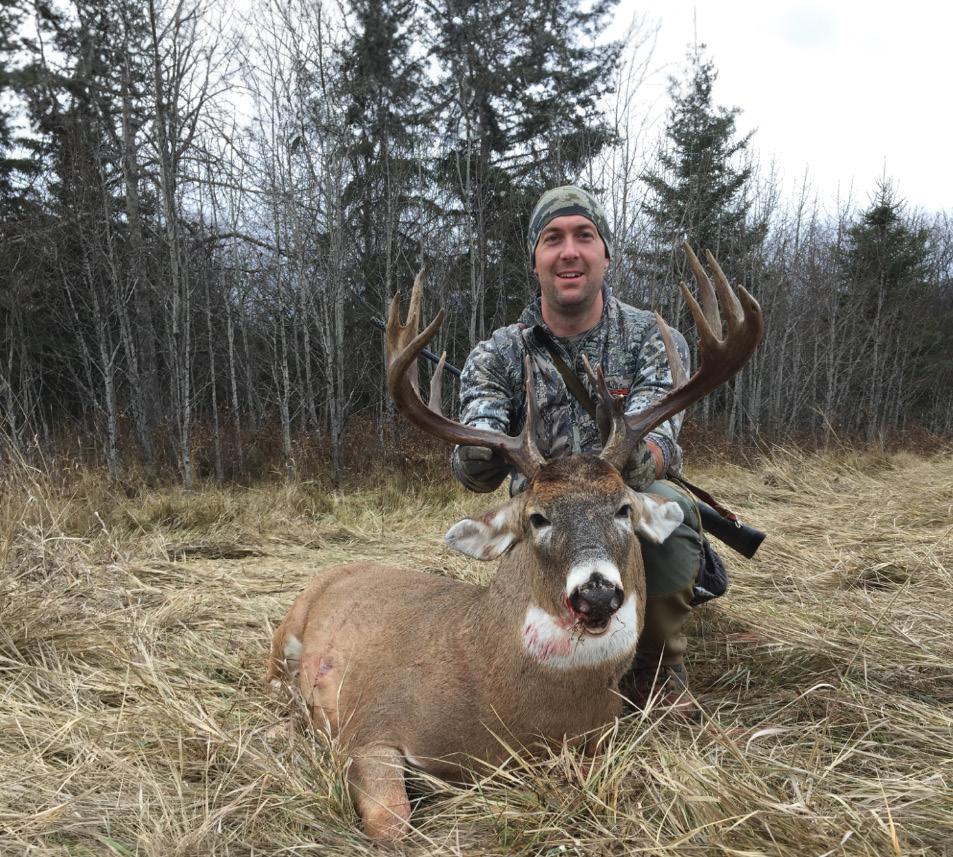
Are all the best spots available to the public hunted hard? Not necessarily. Time devoted to looking for out-of-the-way pockets of good habitat is usually well spent. Another effective tactic is to check out those small tracts of public land that often see little hunting pressure. The crowd generally follows the crowd, but if you find areas people don’t visit, you’re likely to discover game animals seeking a little relief from the hordes. The key to finding wonderful places to hunt can be as simple as out-thinking the competition.
And if you do encounter other hunters, remember they have rights, too, even the right to unwittingly mess up your hunt. When that happens, and eventually it will, have another parcel of public land as a back-up that might offer more solitude.
Not surprisingly, public land is hunted most heavily during weekends. So, if you have the option, hunt midweek if you hope to avoid other hunters. This is particularly the case during opening weekends or long weekends throughout the season.


Most hunters who are consistently successful on public land invest considerable time scouting. That can be throughout the summer months or in the days leading up to the season opener, depending on the time you have available. Trail cams can be valuable in helping identify game-rich areas, especially the current crop of cameras that send images directly to your smartphone when they’re triggered. Be thoughtful about where you hang your cameras, however, as there are unscrupulous types in the woods who will steal your cameras if they’re placed in obvious, easy-to-see locations.
Just because a particular area was crawling with wild game one year, however, it doesn’t necessarily mean the animals will be there the next. There are many users of public land, including other outdoor recreationalists and the various resource extraction industries, such as forestry, oil and gas, and mining. All can have a significant impact on where, when and how game animals distribute themselves across the landscape.
As you’re scouting, look for signs of animal activity—tracks, droppings, beds, wallows, rubs and scrapes all provide clues as to where game animals are active. Also identify suitable areas for ground blinds and treestands so you don’t waste time looking once the season is in full swing. »
The same goes for tracts of grazed land, including grazing reserves and irrigation districts that rotate livestock use throughout the year, as well as year over year. The presence of wildlife in such locations will vary as a result, depending on the quality and quantity of available forage. All of this is another reason why it pays to do some pre-season scouting.
As for finding game once you’ve identified a promising hot spot, it all depends on your target species. Whitetailed deer are creatures of the edges, for example, and they adapt well to easily accessed habitats, such as along roads, trails, cutlines and fencelines. If it’s elk or moose you’re hunting, on the other hand, you’re likely going to have to get off the beaten path a little.
Moose love the browse often associated with the edges of roads and other openings, where they’re easily spotted and often reluctant to move. As a result, many moose in close proximity to roadways are taken early in the season, or sometimes by Indigenous hunters before the season even begins.
As for elk, they’ve learned to avoid roads and other human disturbances, opting instead for thick forested cover, especially during the fall hunting months. According to 175 elk-years of telemetry data in Alberta, elk tend to avoid roads at all times of the day. This is particularly the case with bull elk. If you’re hoping to tag out on an elk, then, the telemetry data suggests your odds of success will go up significantly if you hunt more than 500 metres away from the nearest road.
A half-kilometre may seem a short distance, but for some hunters, hiking that far from a known landmark takes them out of their comfort zone, especially in the dark before dawn or after dusk. There’s no shame in that, so if you find yourself in that situation there is
a solution—carrying a GPS and knowing how to use it brings the comfort and security many hunters need to confidently get farther back in the woods where game is more plentiful.
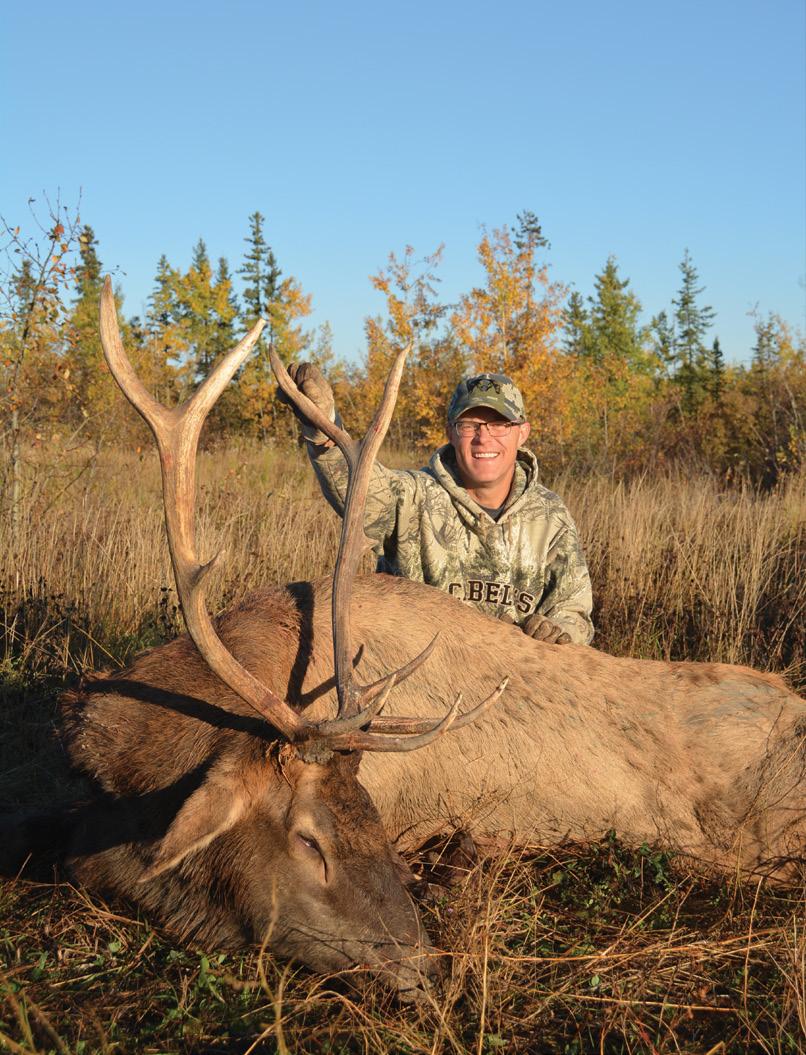



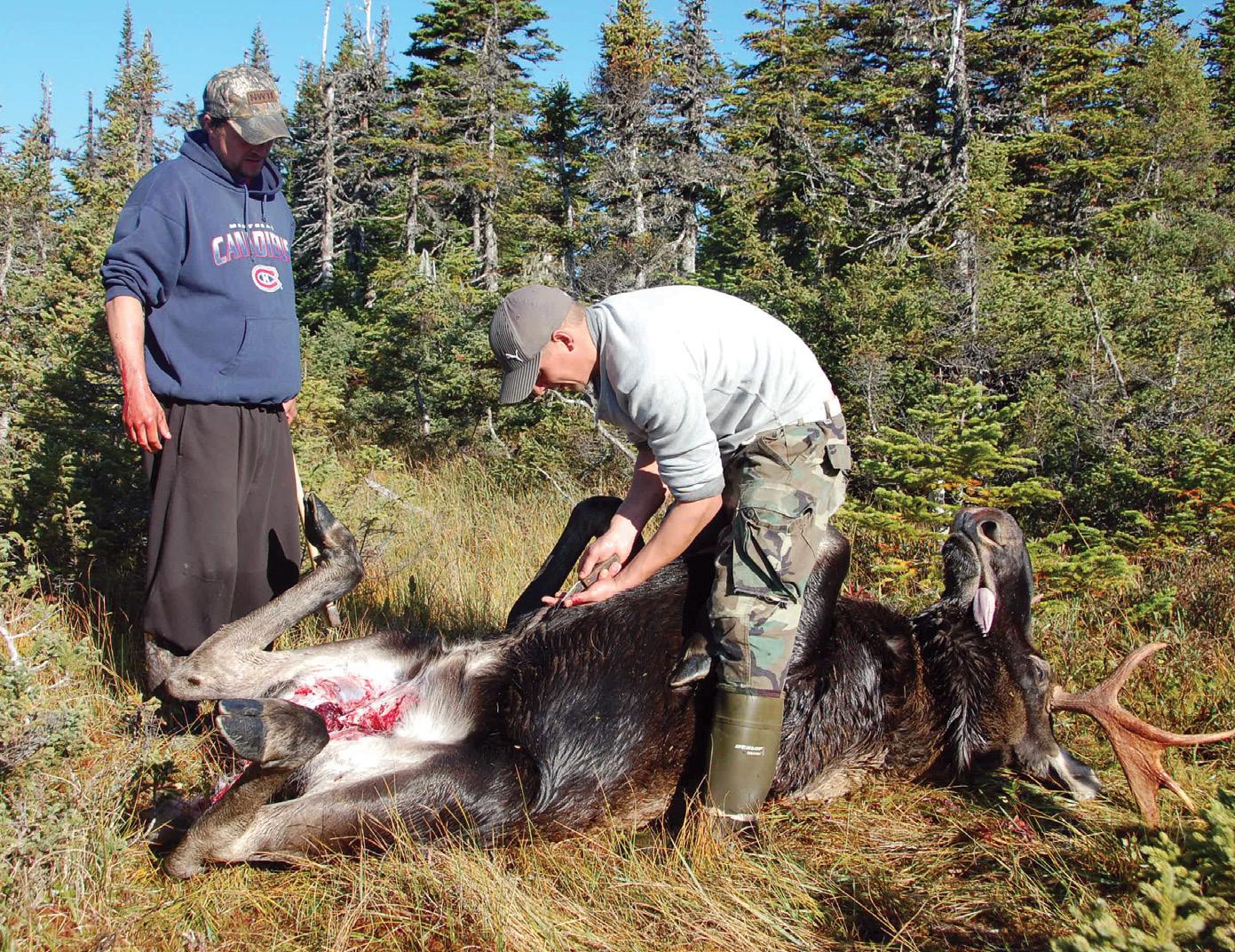
Hunt expecting to have a plan at the ready for retriev ing your game. Getting your animal out can bring its own difficulties on

the only option. Also be sure to have on hand all the gear you’ll need, from ropes, come-alongs and chainsaws to knives, saws and reusable game bags, which are invaluable for keeping meat clean when you haul it out.
Also consider the ambient temperature, and how you’ll keep your animal cool until you can get it home or to a processer. Considering all the time and effort it took to find success on public land, after all, you’ll want to do everything possible to get your



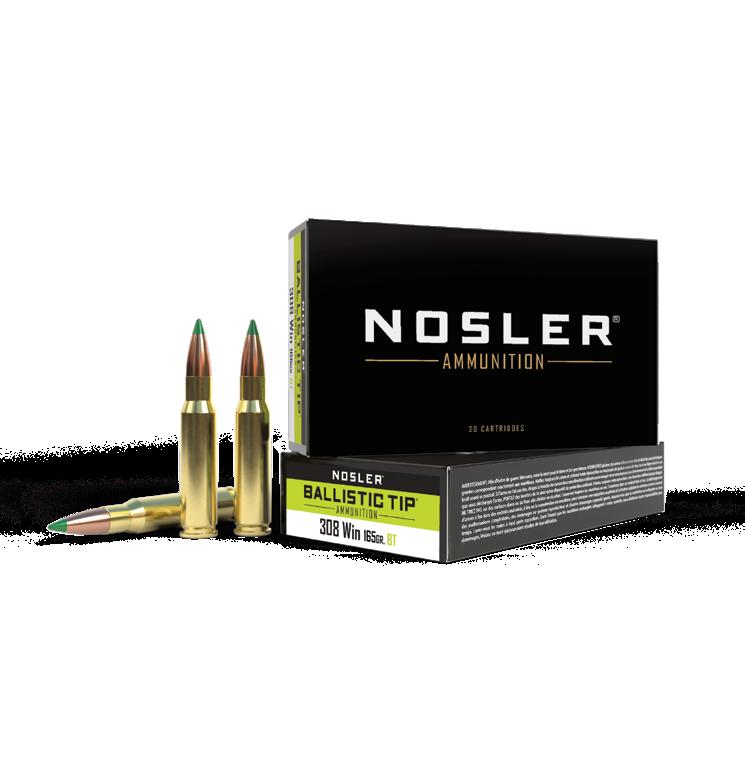

BY GORD PYZER

Don’t winterize your boat and stash away your tackle just yet—late fall is the best time of the openwater season to catch the biggest fish in the lake. The days are getting shorter and the water temperature is plummeting, however, so the curtain is about to drop. With winter soon barreling in, that means the lunkers are putting on the feedbag, making it prime time for some end-ofseason power plays. Key to striking it rich is understanding that giant walleye, jumbo perch, princely pike and huge smallmouth bass all share a common late-fall strategy. That being? They all stage in key areas to intercept hordes of soft, oily, nutritious ciscoes—often the most numerous fish in the lake—migrating out of deep water to spawn (see “Cisco sites,” page 49). Here’s how to capitalize on the feeding frenzy and land those late-season lunkers and more.
We anglers can be a funny lot. Throughout the summer and especially during early autumn, we’ll make long casts with Jigging Rap-style baits and whale away on the walleye by snap jigging. And in the winter, we won’t step foot on the ice without having at least one rod rigged with the same lure for a straight up and down presentation. So, why don’t we use those baits in late autumn?
I suspect it is because snap jigging is so effective when the fall water temperature is between 50°F and 60°F, but tapers off when it gets colder. At the same time, others view the compact lure solely as a
believe how incredible the walleye and jumbo perch action can be.
First, you want to use the same outfit you’d use for snap jigging: a seven-foot to 7' 6" medium- or mediumlight-action spinning combo, spooled with 10-pound-test braid and fitted with a 14-inch, 10-pound monofilament or fluorocarbon leader (be sure to connect the leader using a small ball-bearing swivel to prevent line twist). Instead of snap jigging, however, present the lure vertically over the side of the boat, just as you would through a hole in the ice.
In early fall, I cast the lure out and let it settle to the bottom, then pop
fall, you hook it automatically when you rip the lure again.
the bait jump and swim

When the water is much colder, however, you need to slow down. If I cast the lure at all, in fact, it’s just a short flick in front of the boat. Most days, I simply unlock the bail and let the lure fall to the bottom. And when I impart hops, pops and snaps, I make them in slow motion to mimic a slow, subtle swimming action. For jumbo perch (and bonus black crappies) I favour #2 to #5 Jigging Rap-style lures, while #7 models are my go-to for walleye. When the really big ’eyes show up, I bring out my #9s, as well as the new Jigging Shadow Raps (pictured below). They look bigger and heavier than their cousins, but sink much more slowly, glide more widely and fish more subtly.
I snip off the small treble hook on Jigging Rap-style baits, then add one or two O-rings (or a Fastach clip) to the hook hanger instead, along with a one size larger red treblehook or VMC Bladed Hybrid Treble Short hook (pictured above). When I opt for the red treble, I run the shank through the lips of a shiner head before attaching the hook to the lure. You would never do that earlier in the fall when you’re snap jigging because it would hurt the action, and the shiner head would simply rip off. But in the cold-water days of late autumn, it’s the coup de grâce. Subtly lift up the lure, let it fall and shake it. Gently pop it occasionally to call the walleye in, then pause to let them eat it when you spot a big arc on your sonar screen. Trust me, it’s the kiss of death for walleye, as well as jumbo perch
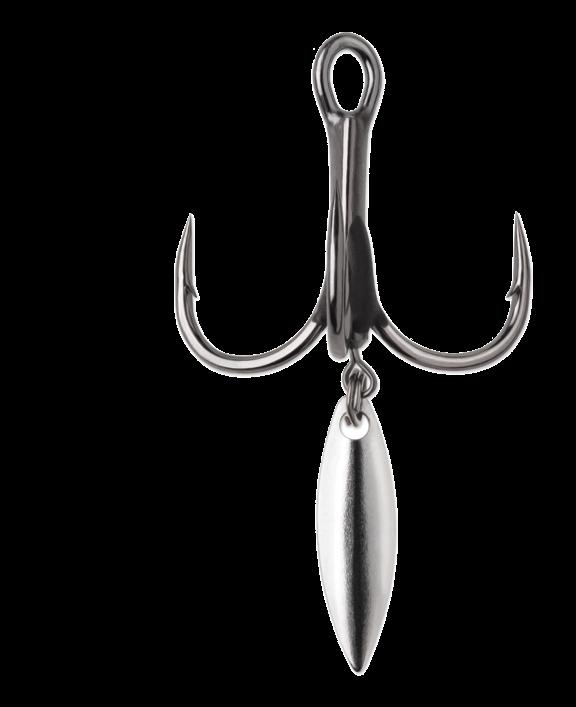
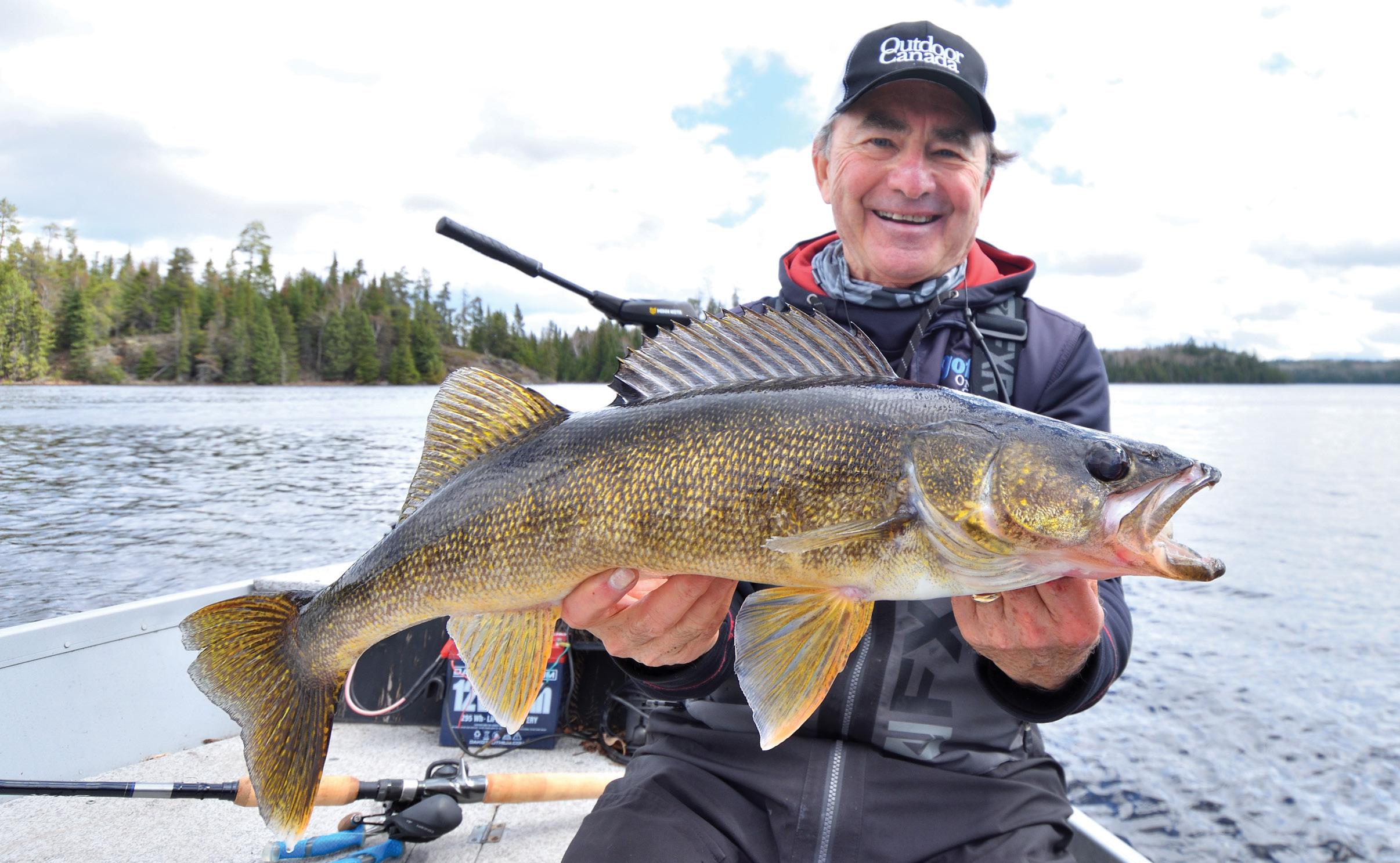


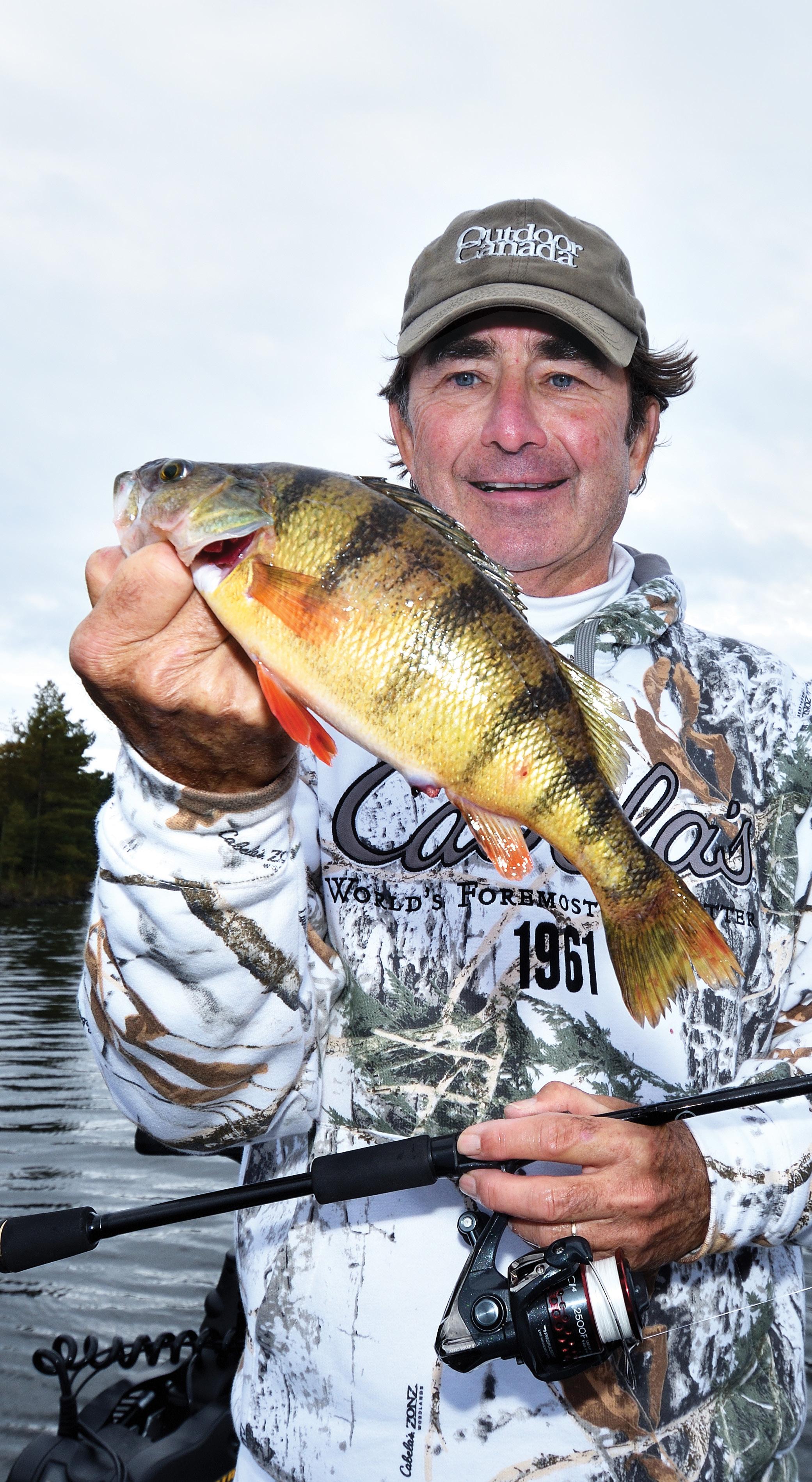
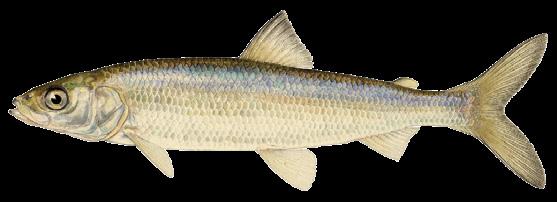
As a cisco researcher and PhD candidate at the University of Waterloo, Christian Therrien has studied the pelagic prey fish so rigorously he goes by the moniker “Cisco Kid.” He points to a survey of lakes in Minnesota that determined the main reason they produce trophy pike is the presence of ciscoes. A similar study in Ontario came to the same conclusion in terms of producing trophy walleye, Therrien says. “Ciscoes not only buffer predator species from competition, they also have the ability to produce giant fish,” he says. “And that’s something I like to catch.”
Although they are relentlessly targeted by predator fish throughout the year, ciscoes have developed survival tactics to avoid being eaten, says Therrien. Those strategies fall apart in late autumn, however, when the water temperature drops to between 4°C and 6°C and the ciscoes are compelled to come shallow to lay their eggs. That forces them to run the gauntlet of tooth-filled mouths lurking around every corner. Therrien says the best ciscospawning sites display several consistent features, including fist-sized cobble. The substrate allows the eggs to settle in the crevices among the rocks—known as “interstitial spaces”—hidden from egg-eating fish and crustaceans. The best sites also feature high levels of dissolved oxygen, typically greater than four milligrams per litre, delivered via underwater springs, upwellings and wave action.
Another thing you want in a prime spawning site is a low fetch, making for little wave action. “You don’t want waves crashing, pulling out the eggs and moving them around,” Therrien says. “You just want a little bit of wave action, like on an island or a point that extends out into the lake.”
When you find a good ciscospawning area, meanwhile, be sure to drop some accurate waypoints. That’s because ciscoes will return to their same spawning sites, year after year—and so will hungry walleye, perch, pike and smallmouth bass. »
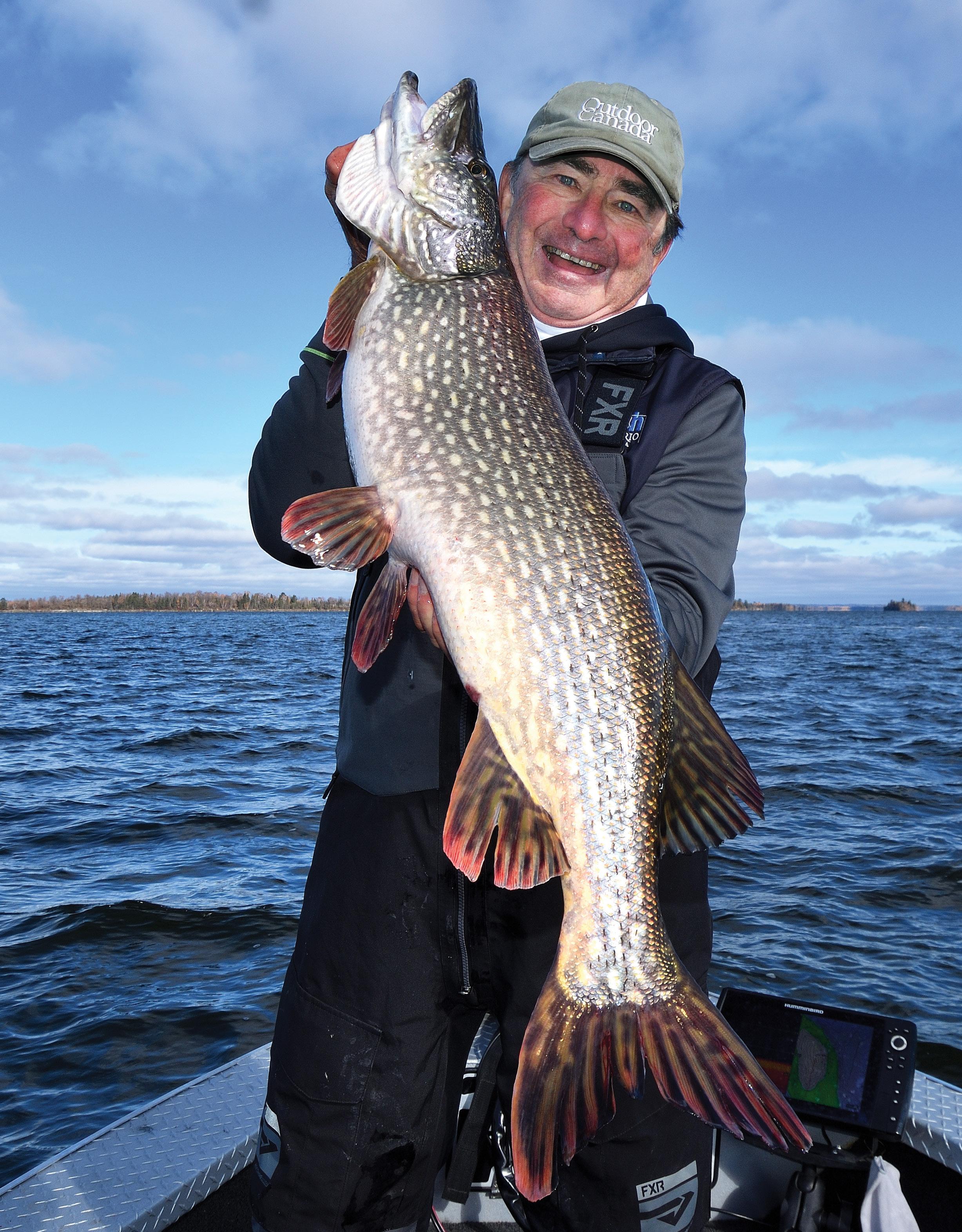

Back when the Molson’s Big Fish Contest was a huge deal in Ontario, I released the biggest muskie four years in a row. I also won the northern pike division during several of those same seasons, but I have a confession to make: I wasn’t actually targeting pike when I caught those winning fish. They were simply bonus bystanders caught in the crossfire.
Those big pre-ice northerns taught me an important fish-catching lesson, though: every one of them hit after I’d scaled down my presentation because of the tough weather and water conditions. I used a lighter rod, reel, line and leader combination, and my bait of choice was almost always the biggest bass or smallest muskie jerkbait I owned. And the winning colour was always a dark back, silver or white-sided cisco imitation.
Not surprisingly, I’ve since built my late-fall pike program around deep-diving jerks—not the high fliers and fast floaters I favour during spring and summer. I’ve also incorporated several slow-sinking European jerkbaits, such as Sybe Baits’ Striker, Flat Sybride and Sybe Boy (pictured above), and Rapala’s X-Rap Haku. They tend to be much broader-bodied, producing a wider, glidelike, walk-the-dog-style action compared to the sharp, short and tight tremors of North American jerkbaits such as the Down Deep Husky
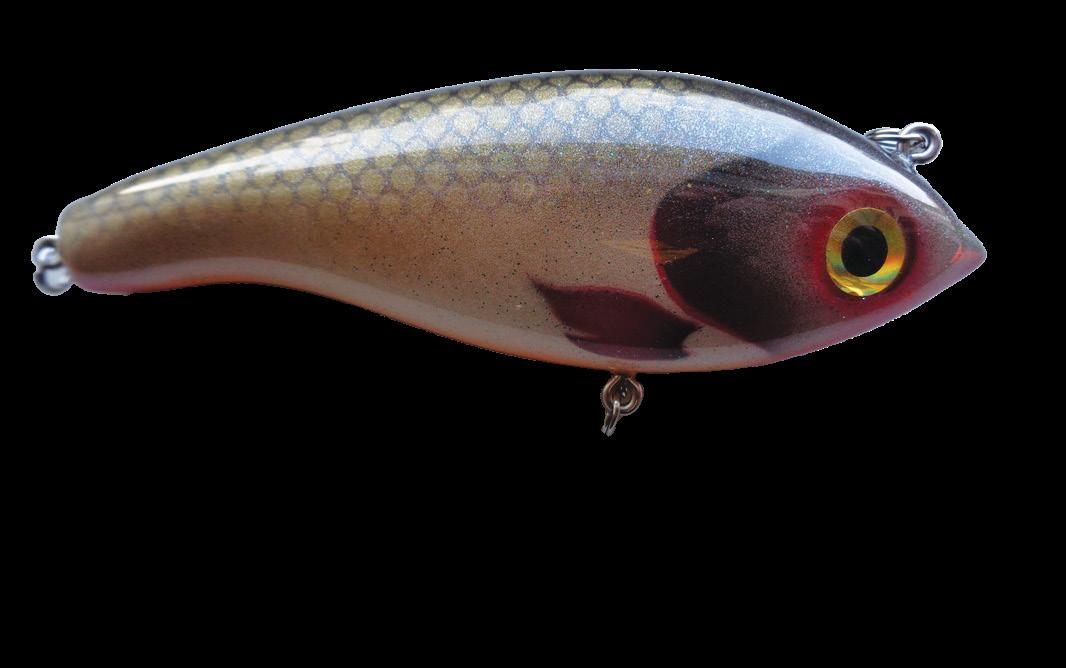
Jerk. Which lure style is better? I rig a rod with each one and let the pike decide on a daily basis. I will say this, though: the big gators are not conditioned to those jerkbaits from across the pond, so when they see one, they crush it.
Something else I’ve noticed is that most anglers work their jerkbaits in an up-and-down snapping manner, with the rod tip positioned close to the water. If you do that, be sure to hit the lure on slack line or else you’ll just be pulling it. Also try to impart action by making sharp, quick turns of the reel handle, especially when you’re fishing the European lures. That will also inadvertently cause a small amount of rod tip action—it’s unavoidable and okay— but try to keep most of the rip-rip-rip-pause action coming from the staccato-like turns of the reel handle.
Slow-sinking European jerkbaits
as
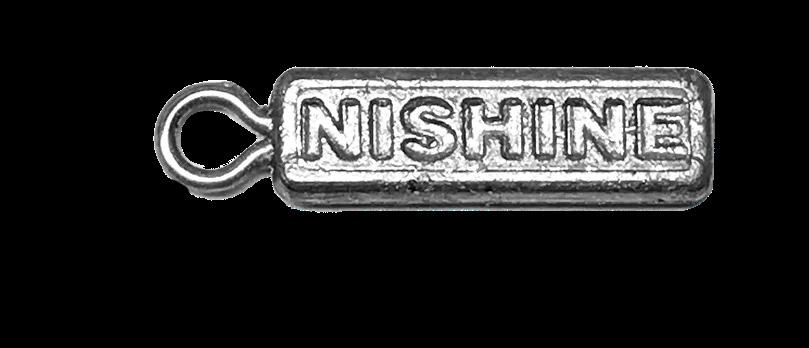
Practise this reel retrieve and you’ll soon be able to throw slack into your line as you recover it, rotating the lure almost 180 degrees like a frightened cisco turning to face a pike head on. And when that happens, the next time you even slightly twitch the lure and make it appear ready to flee, any nearby northern will annihilate it.
I’ve ruined many jerkbaits over the years by drilling holes in them and plugging them up with lead, trying to create the ultimate slow-sinking horizontal suspender. These days, though, I’m more likely to hang a bell weight from one of the hook hangers to get the lure down to 12 to 15 feet, or deeper. I’ll also sometimes use a Nishine Lure Works’ Outer Weight (pictured above), made just for this purpose
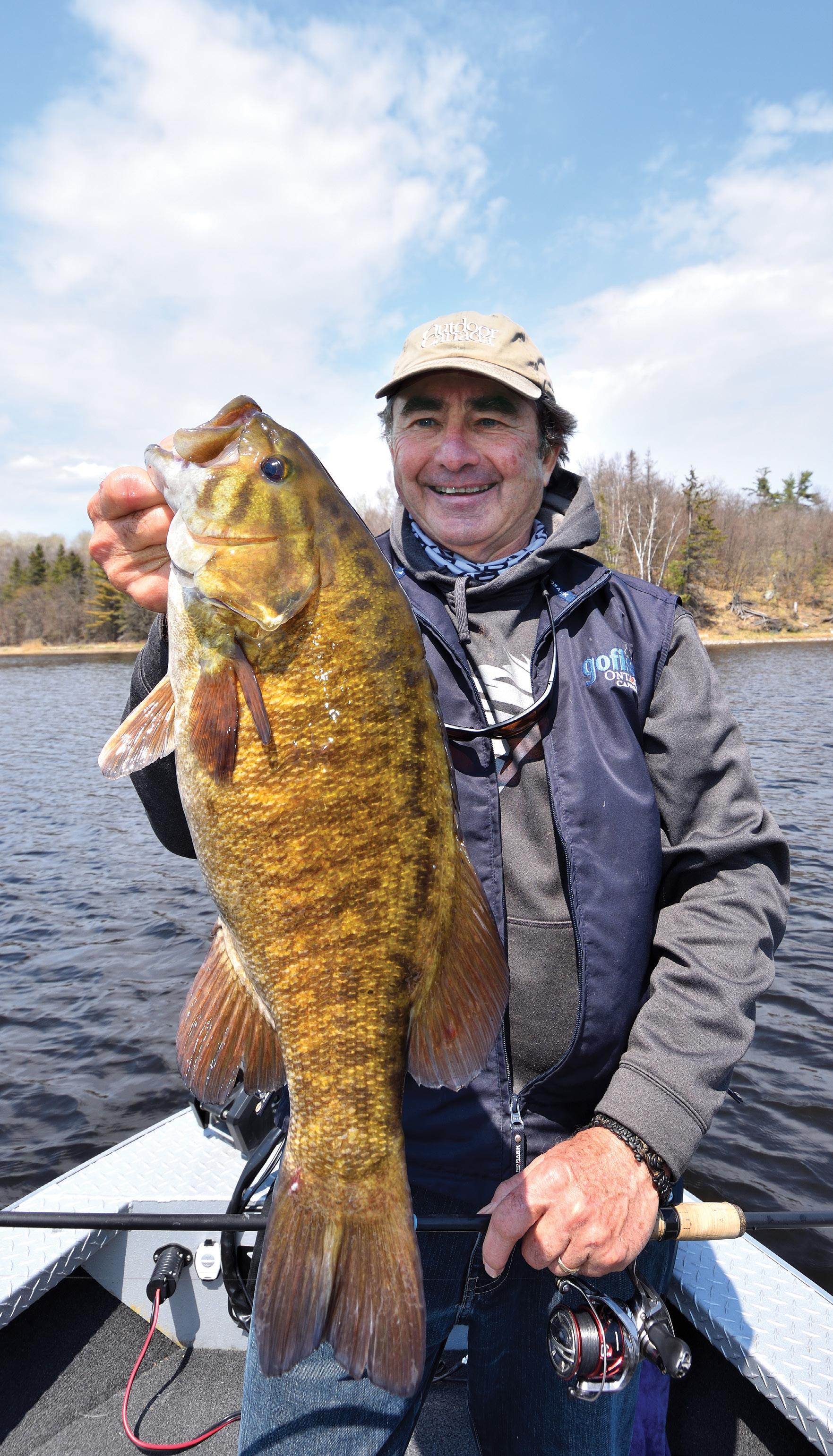
Sometimes, it’s better to be lucky than good. A few years back, I was targeting whitefish adjacent to a lake trout spawning shoal, where ciscoes also spawn a month or so later. A biologist friend who had been tagging the trout alerted me to the fact that schools of whitefish (and likely ciscoes) were gobbling up the trout eggs that didn’t fall safely between the fissures. Staging out off the edge of the drop-off, the big whitefish stuck out like sore thumbs on

Never expect to feel a bass eat your Meegs jig as you tap it on bottom, making mini clouds of silt to turn on the fish. Instead, the bass will throw slack into your line when it picks up the lure. When that happens and you can no longer feel the weight of the Meegs, instantly set the hook. This is also why you should always keep your rod tip pointed down near the water, and maintain a tight line between the lure and your rod tip.
my sonar unit as they waited for the cover of darkness to sneak in shallow. Seeing that, I dropped down a special, nose-heavy Meegs jig (pictured below) with the tentacle tail of a crappie tube superglued to its back. That’s the same go-to combo that’s used so successfully on Lake Simcoe during winter to catch thousands of whitefish.
And just as in winter, the key presentation detail is to fish the jig as vertically as possible on a tight line, making the nose tap the bottom while the flapping tail sticks up straight. When you do it right, you can make the jig look like a bobblehead chicken.
After dropping down my Meegs, I slowly tapped the nose into the muck, then felt my line go slack—you rarely feel a strike with this presentation. Having lost contact with the lure, I set the hook. Usually, whitefish will throb doggedly down near bottom, but this one rocketed straight up and out of the water instead. That’s when I saw the coppercoloured side of the fish and realized it was actually a mammoth smallmouth bass.
Since that lucky day, I’ve used a Meegs to
ing lake trout eggs for breakfast. With that in mind, I almost exclusively use white and silver jigs, with complementary coloured tube tails glued to their back section. I’ll also often use the back half of an emerald shiner, since it perfectly matches the shape and colour of a cisco, and offers a delectable smell and taste.
For this presentation, avoid using a wimpy rod with a soft tip or parabolic action. Instead, I use a sevenfoot, medium-action spinning rod with a fast tip, and team it with a 2500 or 3000 series reel spooled with eightor 10-pound braid and a three- or fourfoot length of similar strength Maxima Clear or fluorocarbon connected via an Alberto knot. And don’t worry, your light braid will never billow, wrap around the rod tip or drift back into the trolling motor when you tie on a heavy and compact Meegs jig, or Jigging Rap-style bait for that matter.
The clock is ticking down, folks. There are only a few minutes left in the game, so it is time to pull out all of the stops. OC
GORD PYZER WILL BE FISHING THE OPEN WATER UNTIL IT’S TIME TO GET OUT HIS HARDWATER GEAR
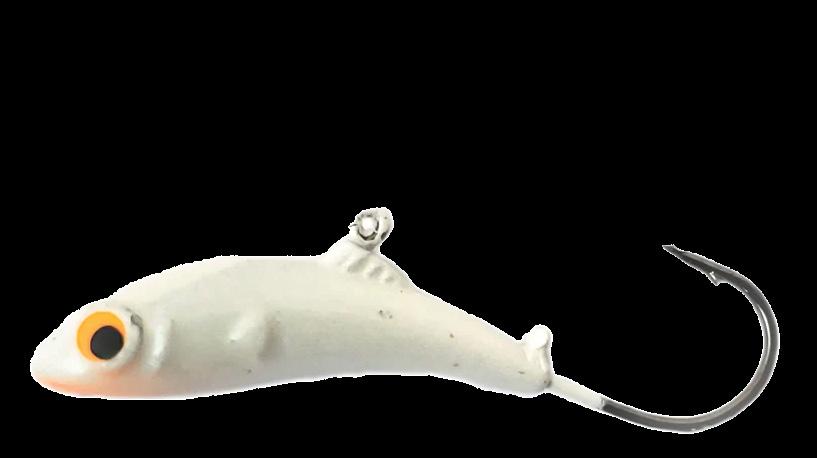

Here’s one final end-of-season power play, although it doesn’t involve ciscoes. Rather, this astounding brook trout pattern relies on the aggressive nature of the fish themselves. It’s a unique tactic, too, because the brookie season is typically closed in the fall in waters with naturally occurring populations. In many of the stocked lakes scattered across the country, however, the season is open year-round. If that’s the case where you fish, read on. Even though these stocked brook trout never spawn successfully, that doesn’t stop them from trying. With eons of evolution embedded in their genes, they still look for where the party is taking place, and that’s typically wherever there’s a spring or an upwelling close to shore. If you’ve fished the same lake during winter, you’ll know where these areas are located because they tend to be the last spots to freeze. They also often remain wet and slushy throughout the winter.
If you haven’t fished the lake before, however, you can still find these prime spots by launching your canoe, kayak or small boat and casting parallel to shore. The key here is not to position your boat in deeper water, then cast up shallow. Brook trout will build their redds within 40 feet of shore in very shallow water, usually less than three feet deep. So, when you stay close to shore and cast parallel to it, you keep your lure in the strike zone throughout the entire retrieve. If you cast from deep water into the shallows, however, you waste 90 per cent of your presentation. Since brook trout are protective when building redds, they’ll attack most small lures and streamer-type flies that intrude into their domain. They also have a penchant for snacking on their neighbour’s eggs, so my favourite late-fall brookie lure is a gaudy gold-and-orange Williams Ridge Back spoon (pictured below). Brookies crush it with wild abandon. My second choice is a #1 Mepps Black Fury spinner with a fluorescent red bead and siwash hook. If you plan to fly fish, on the other hand, pack plenty of black Egg-Sucking Leeches. Since the standout orange head imitates a trout egg, it will also quickly get gobbled up.

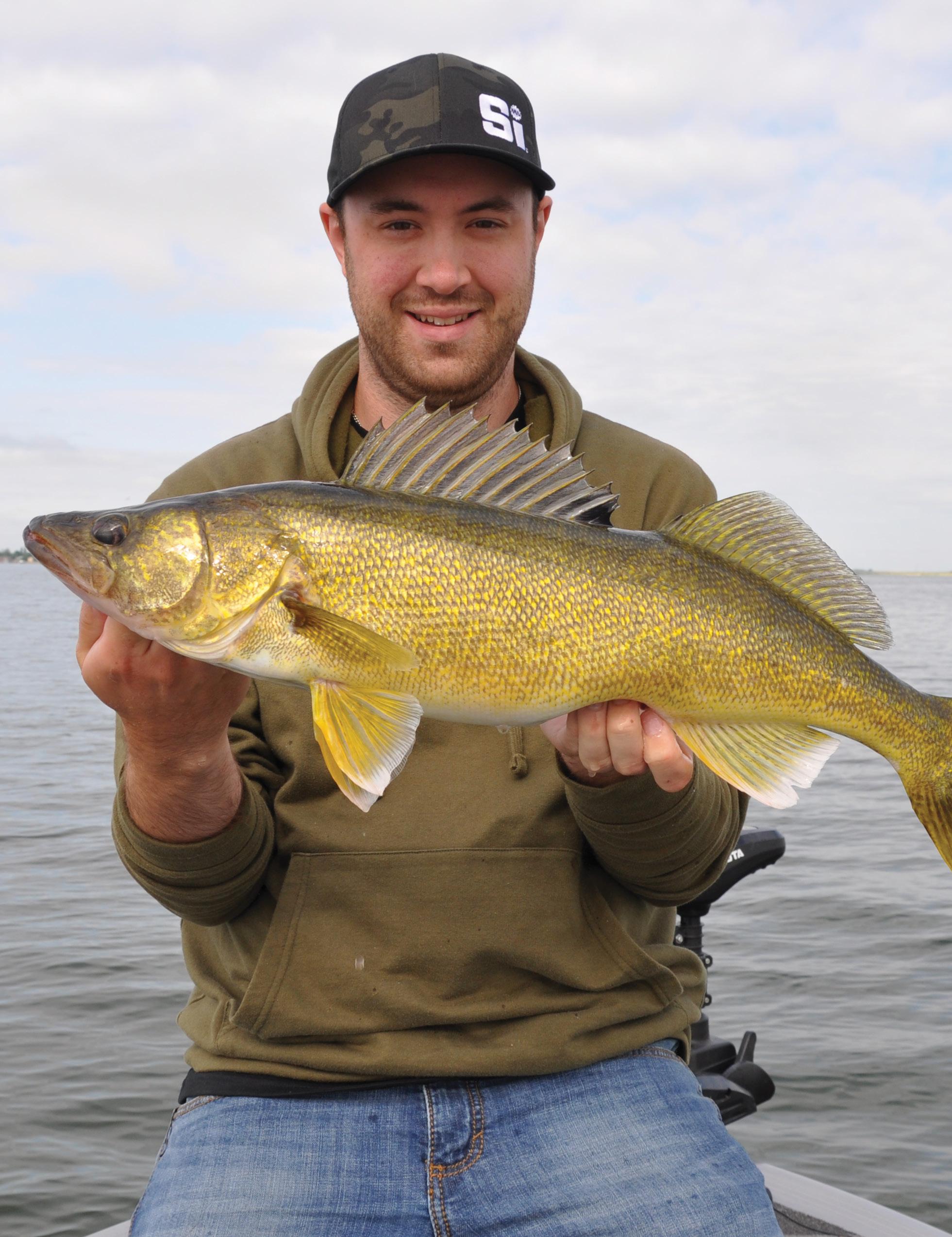
BY MIKE HUNGLE
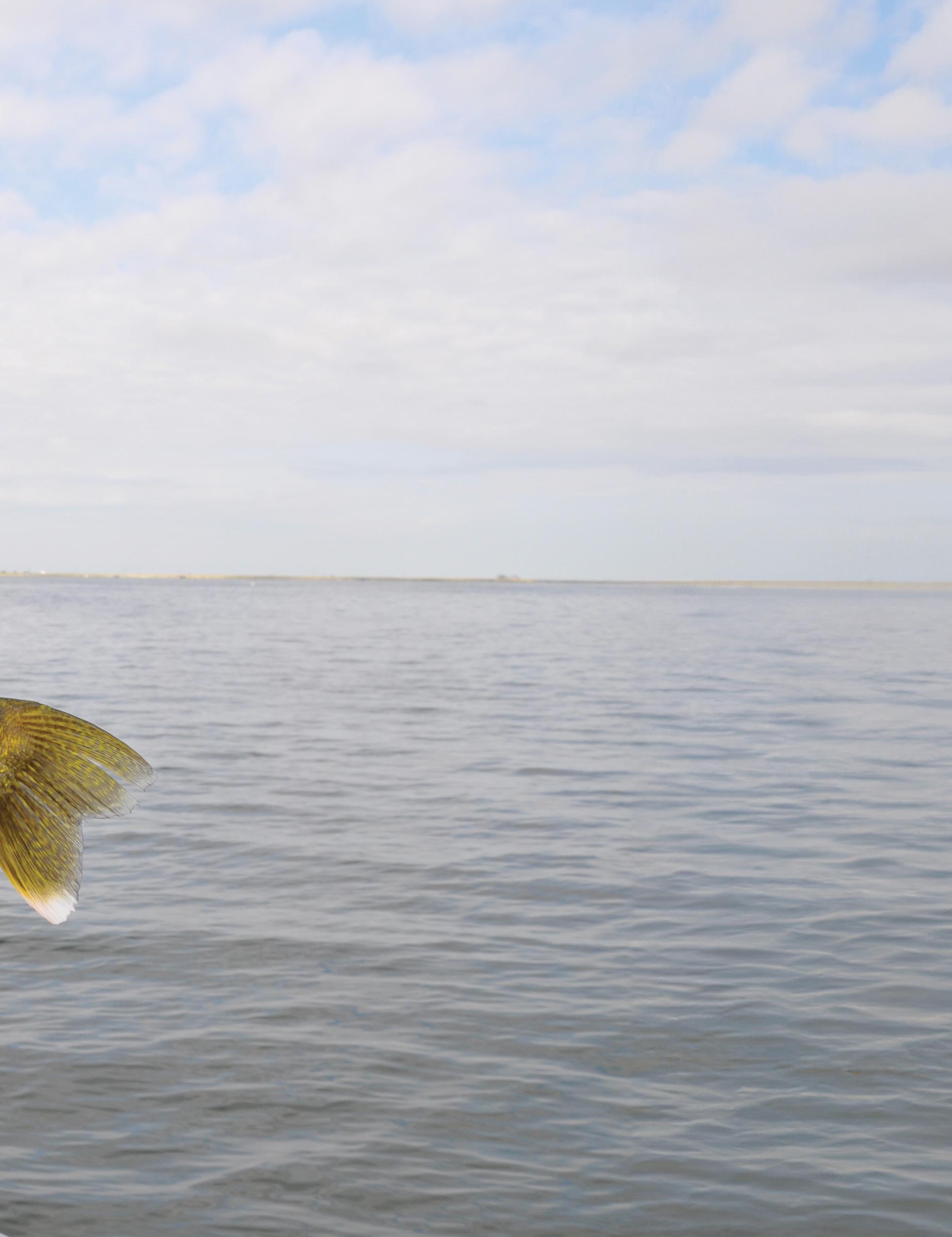
To consistently catch walleye on the troll, you need to know when to change your speed and show the fish something different
The old highway-safety saying “speed kills” is also true when it comes to walleye trolling. If you pull your bait too fast, your offerings will burn past the fish before they can react. And if you troll too slowly, many lures won’t work properly and the fish will ignore them, also killing your chances of a bite.
Over the years, I’ve used many different trolling presentations for walleye, learning that each one typically requires a different speed to work properly and attract fish. Based on my years of experimentation, here are my top tips for trolling a wide variety of effective walleye presentations at the just the right speed—all season long. »
In the spring, walleye move to the warmest areas of a lake to dine on small aquatic creatures that are emerging from the mud. A jig tipped with a leech or a small minnow nicely mimics those earlyseason food sources. While some anglers like to flip jigs towards shallow-water structure then work them back to the boat, I prefer to slowly troll my jigs at 0.3 to 0.6 mph. In the early season, I’ll typically troll a ¼-ounce jig and let out enough line until I feel bottom, then give the rod tip an occasional subtle flick to instill some action. When I feel any resistance, I set the hook. During summer, I’ll drag a ½-to ⅝-ounce jig tipped with a softplastic bait—my go-to is a Mister
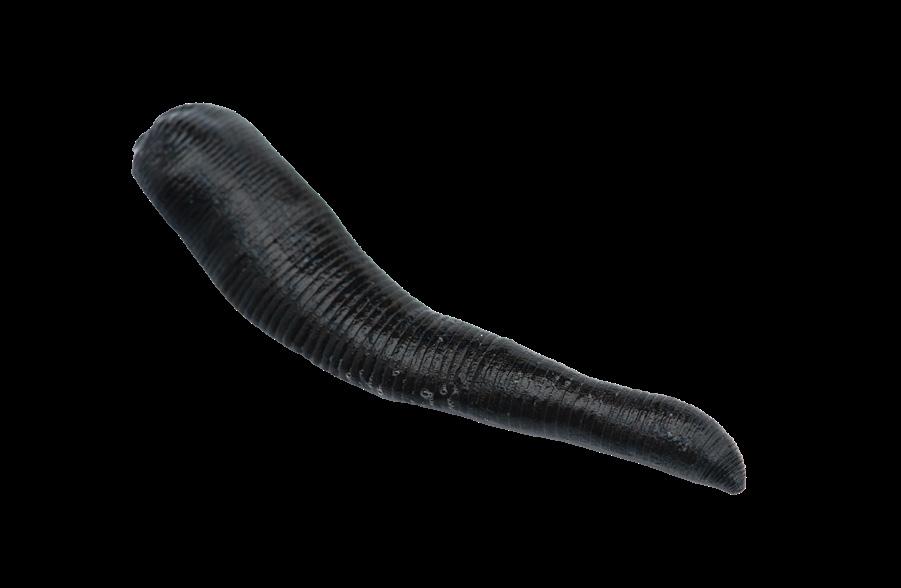

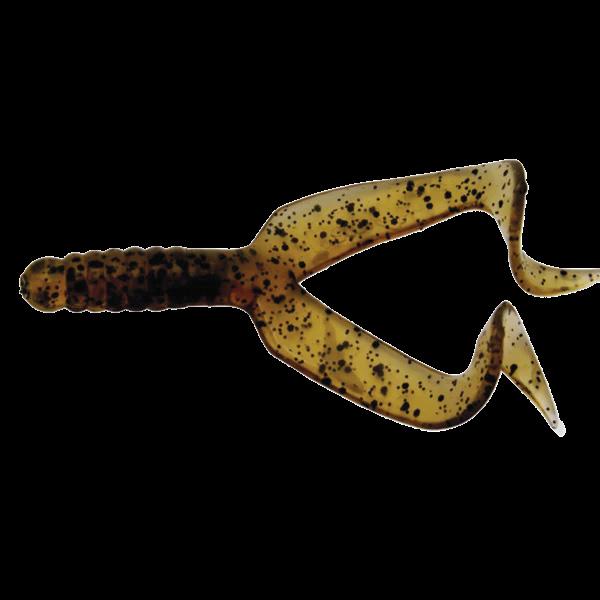
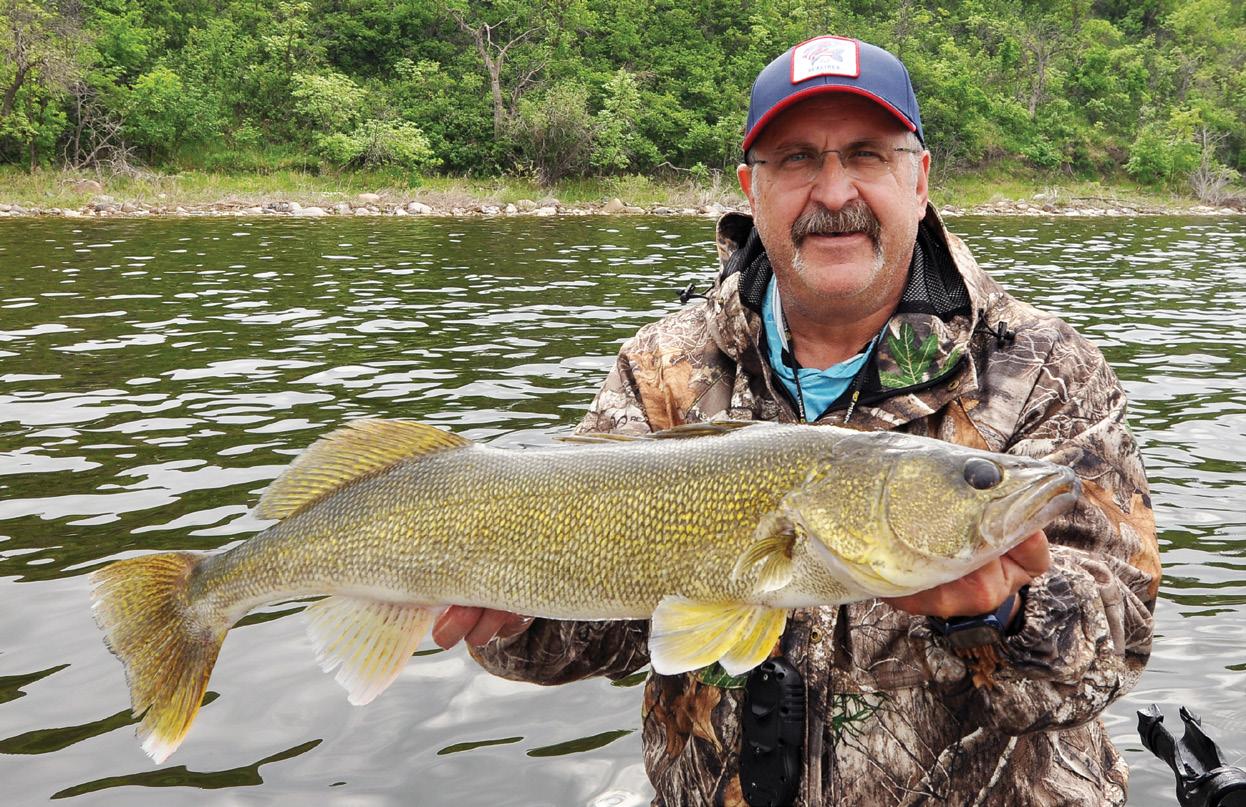
A fluttering leech on a single hook, pulled behind a weight dragging on the lake bottom, is about as natural as walleye presentations get. It works very well in the early season, as well as during and after cold fronts. It’s also effective on heavily pressured fish. Trolling speeds of 0.5 to 0.8 mph are best for this set-up
so the leech can wiggle and squirm naturally, making it very attractive to walleye.
Your favourite medium- or medium-heavy-action walleye outfit will work for most walleye trolling presentations, but the best option for live-bait rigs is a 6½- to 7½-foot, medium-light-action rod. While helping you feel even the lightest of
Fish are cold-blooded, meaning their body temperature is mostly controlled by the temperature of the water. As the water warms then cools from spring to fall, their metabolism also changes, along with their activity level. It makes sense, then, that slower presentations typically work best in colder water, as well as during and after cold fronts, while faster presentations shine in warmer water when the fish are more active. Also keep in mind that a walleye’s preferred food sources change throughout the openwater season. Since the various prey will differ in size and speed, you can simply switch up your trolling presentation accordingly to mimic them.
bites, it’s also quite forgiving if you don’t sense the bite right away. This presentation is best trolled with the bail on your reel open, and the line held in your fingers. The moment you feel a bite, feed line to the fish for a few seconds, then close the bail, reel in the slack and set the hook the moment you feel weight of the fish.
In the warmer water from late spring to late summer, walleye actively feed on perch, shiners and other baitfish. To mimic the flash and vibration of baitfish, I typically use a spinner rig with a Colorado or willowleaf blade attached to a bottom bouncer trolled at between one and 1.5 mph. I’ll also experiment with blade styles and trolling speeds to find a combination that triggers bites. Some days, the slower end of the range puts walleye in the boat, while other times they want it faster. This applies to both single- and double-hook spinner rigs, while trolling either nightcrawlers or leeches.
When choosing the weight of your bottom bouncer, the general rule of thumb is one ounce of weight for every 10 feet of depth. If you’re trolling at the high end of the speed range, however, you may need a heavier than usual bouncer to maintain contact with the bottom. If the weight is too light, you end up letting out an excessive amount of line to keep it near bottom, making it harder to detect bites and set the hook.
It seems like each year manufac-
There comes a point each summer when there’s a lull in the spinner bite, with the walleye seem ing to show a preference for eating crayfish instead of min nows. When that happens, a great way to capitalize is by trolling a bot tom bouncer with a special slowdeath hook tipped with a piece of nightcrawler. For this set-up, thread a nightcrawler onto the curved shank of the hook, then pinch off enough of the worm so that just a short tip sticks out past the bend of the hook. When pulled through the water, the entire offering rotates slowly, triggering walleye to strike.
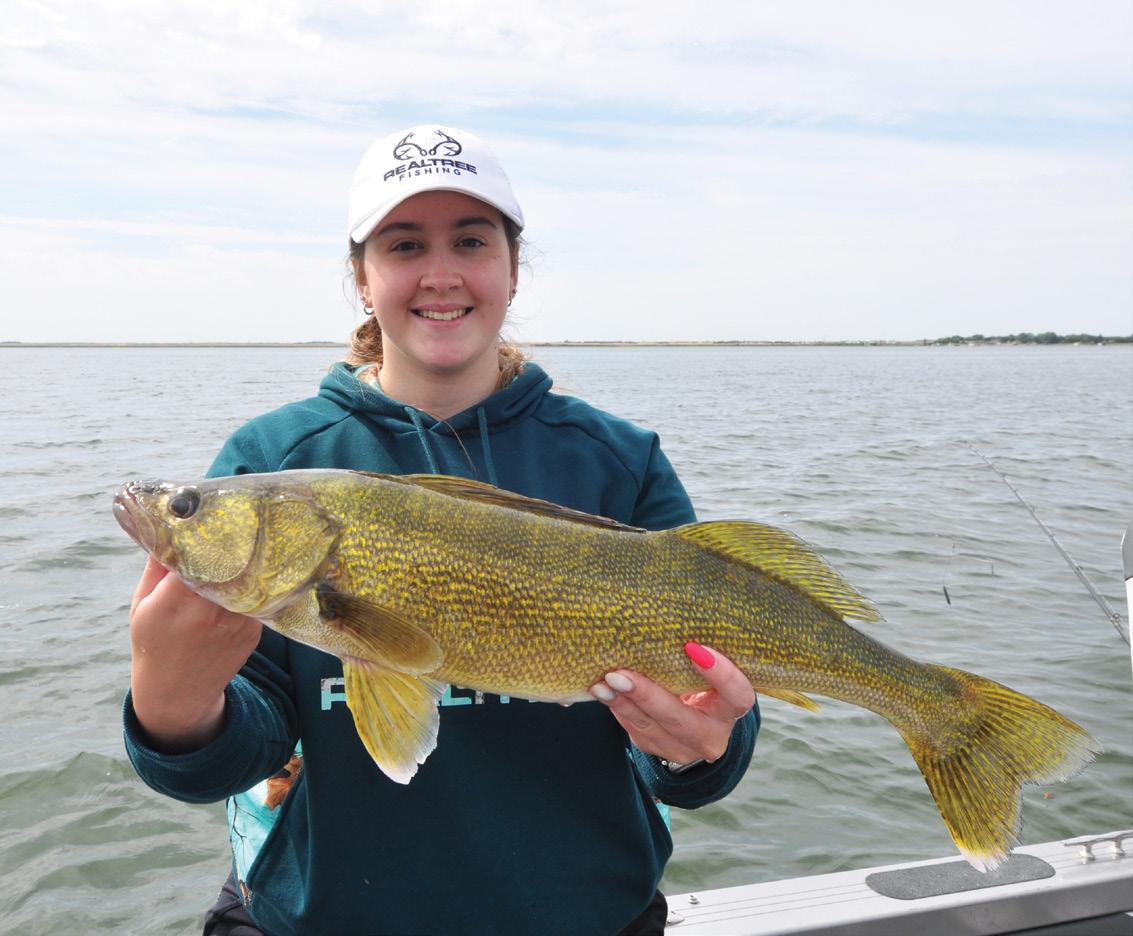
turers come out with new, creatively shaped blades for spinner rigs, designed to give off different vibrations. These specialty blades fish best at slightly slower speeds than conventional blades, some as slowly as 0.5 miles per hour. Because of this, I like specialty blades for inactive fish, and for fooling pressured fish with a different look. Included in this category are Mack’s Smile Blade and Northland Tackle’s Butterfly Blade, both of
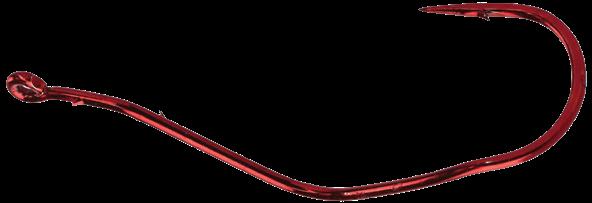
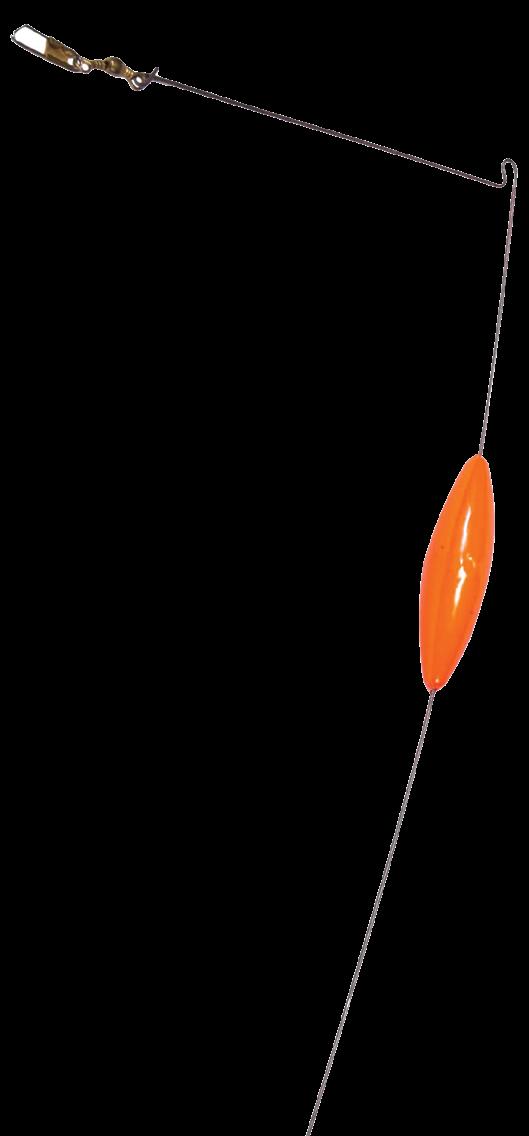
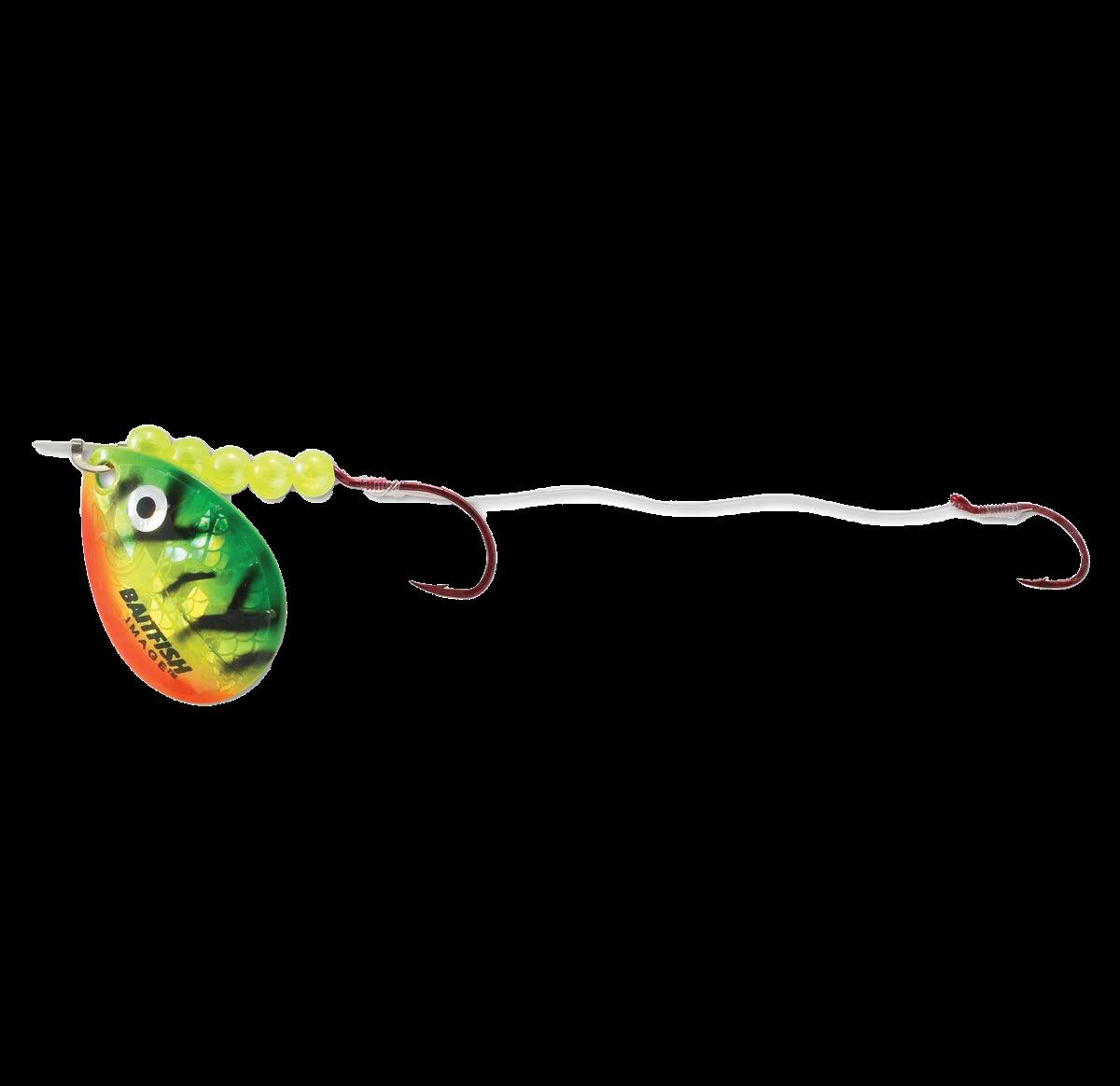
which are propeller-style blades that spin and buzz. PK Lures also makes two I like: the round Dakota Disc, which dances erratically, and the egg-shaped Wobbler, which alternates spinning directions.
Colorado blades are a go-to for spinner rigs
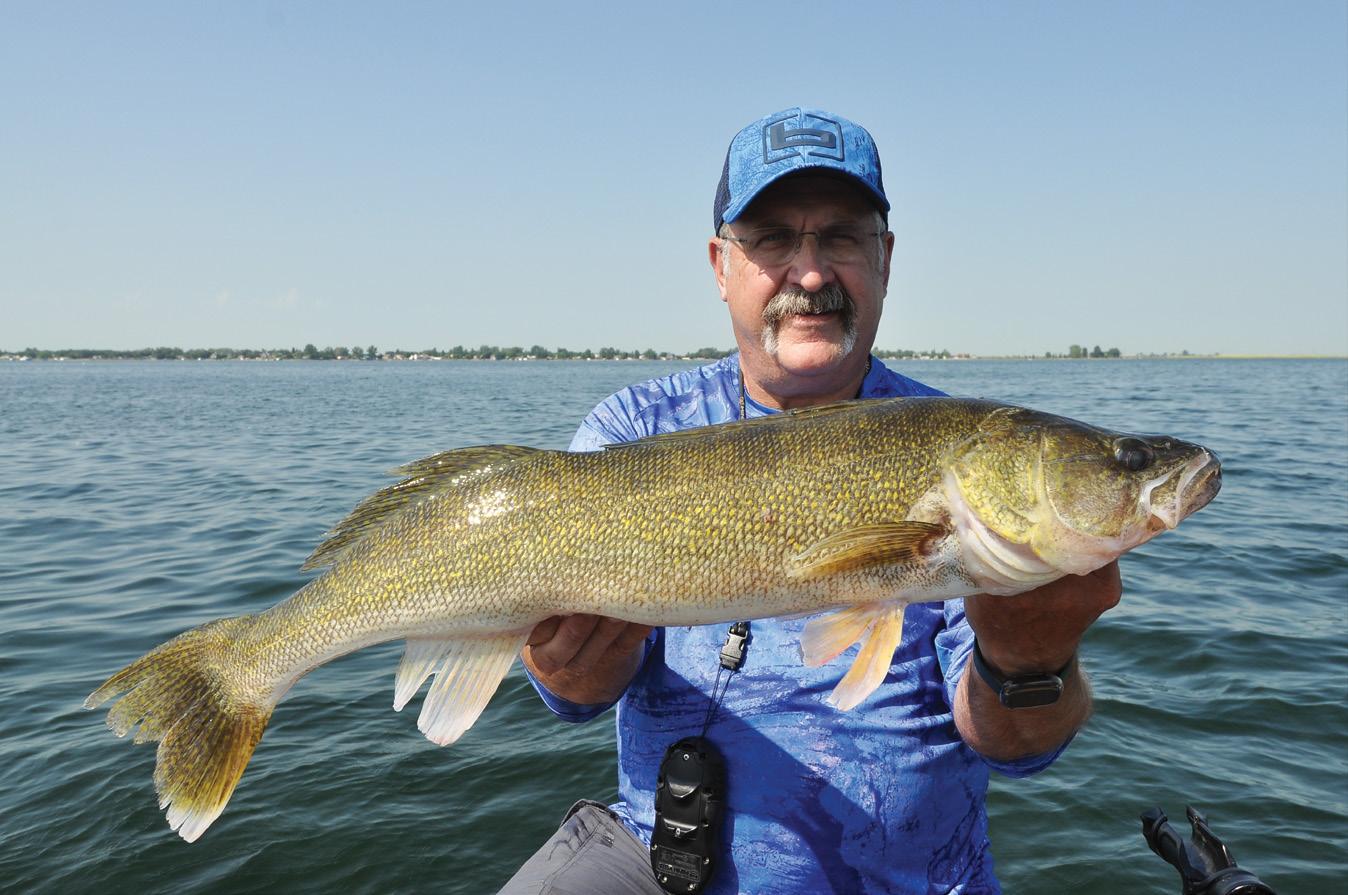
The beauty of the slow-death presentation is that it can be rigged with just the hook and worm for a very subtle presentation, or with the hook, worm and a bead, or with a
series of beads and a spinner blade if you want more flash and vibration. The two simpler rigs work best trolled between 0.5 and 0.8 mph, while a rig with a spinner blade performs best a little faster, between
0.8 and 1.2 mph. I’ve had the most success when running a plain or beaded rig after a cold front, as well as on heavily pressured fish, or when using spinner-blade rigs for more active fish.
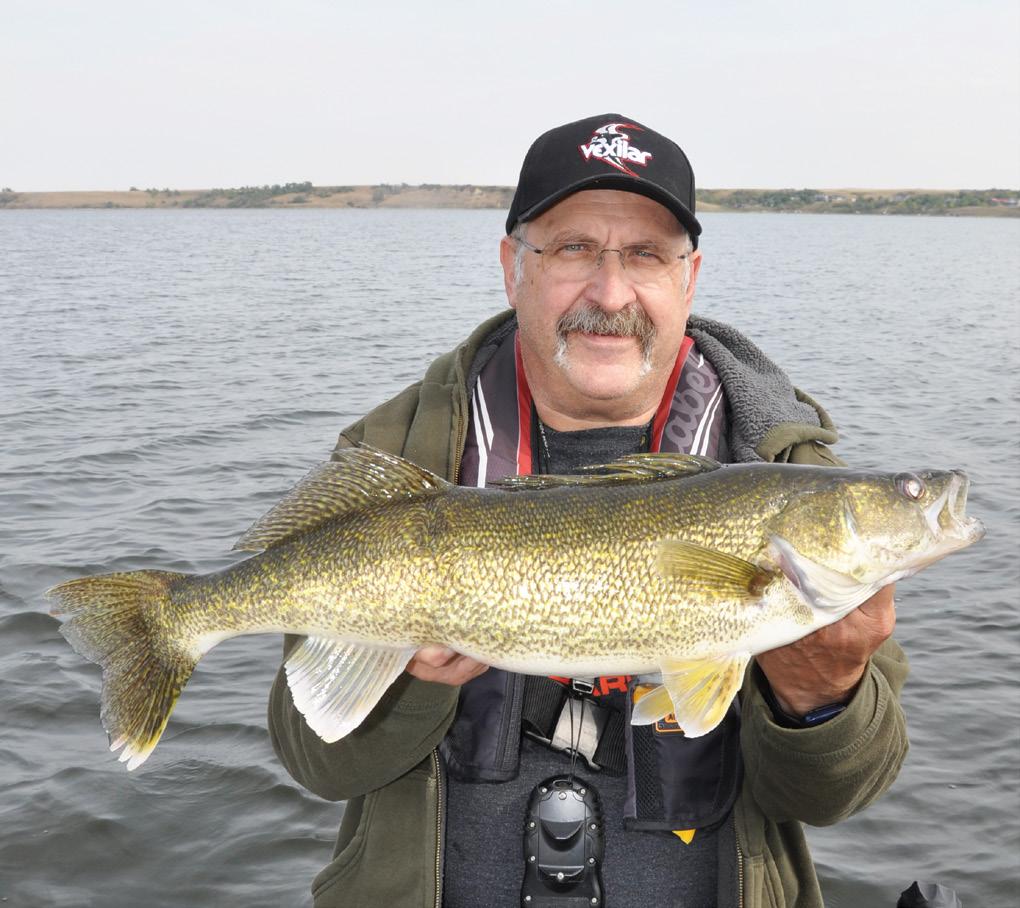

fall, walleye switch back to feeding on baitfish. That’s when they can be caught by trolling crankbaits between 1.5 and three mph. On some days, your electronics will reveal the fish feeding right on the bottom, while at other times they’ll be suspended and targeting bait balls.
Once you determine your fishing depth, select a crankbait that dives deep enough to get to the fish. When targeting suspended walleye, you want your crank to run just above the fish, not below them where it’ll go unnoticed. When fishing for bottom-feeding walleye, meanwhile, run your crankbait deep enough that it periodically bounces off the lake bottom.
Using trial and error to get your cranks to the right depth can be frustrating. To speed up the process,
Various trolling presentations require specific speeds to run effectively, as well as to accurately mimic the intended prey. Here’s a quick guide to get you on your way.
Choose colours that mimic the local baitfish, such as perch
try the Precision Trolling Data app, which provides detailed information on exactly how deep specific crankbaits will dive at various speeds, as well as how much line you need to let out to get your lure down to the desired depth.
In my experience, walleye show a preference for longer, thinner, minnow-shaped crankbaits over shorter, chubby ones. I like the Rapala X-Rap Deep (pictured above), SPRO Madeye Minnow, and Acme Reef Runner 600. As for colours, I always start with lures that mimic local baitfish, such as perch, ciscoes and shiners. If those don’t produce, I’ll switch to high-vis, psychedeliccoloured baits.
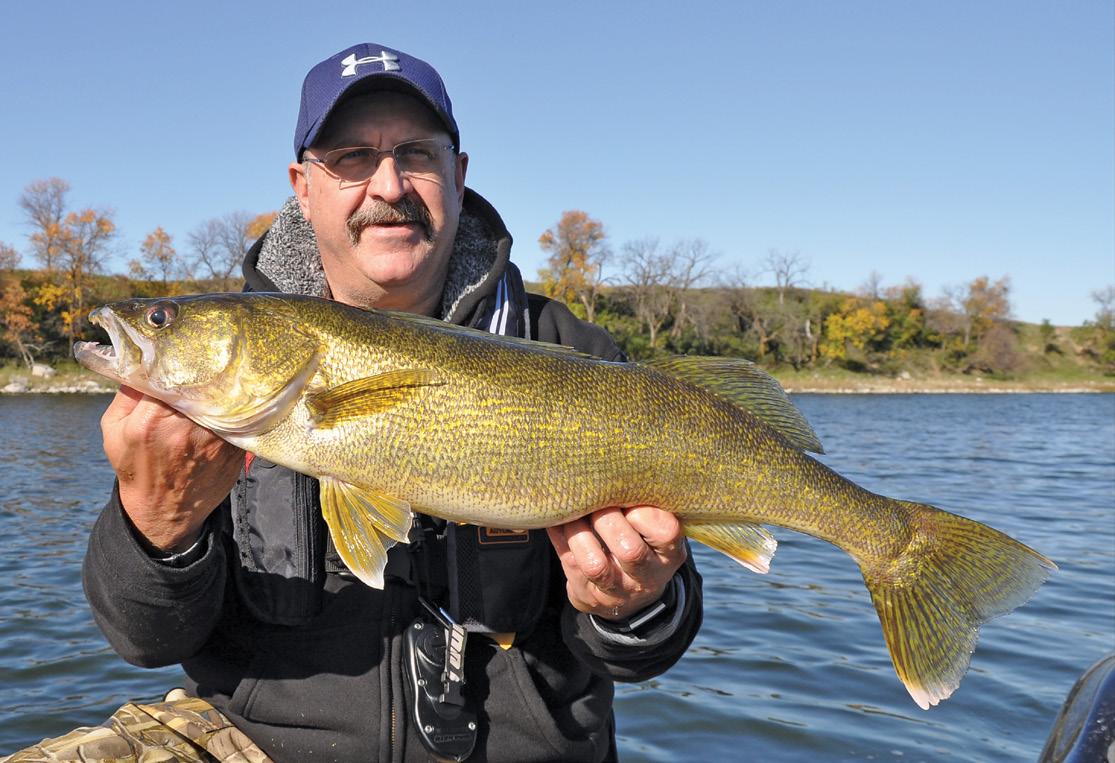
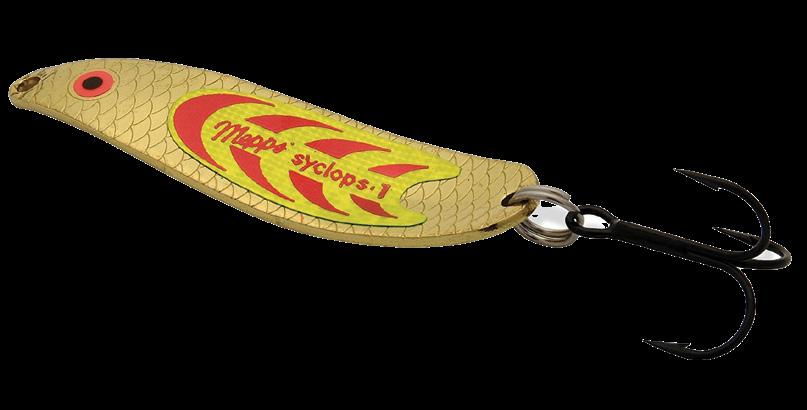
Trolled at 2.5 to 3.5 mph, spoons resemble fluttering baitfish
During late summer and fall, you’ll often see anglers anchored or spotlocked over structure, vertically jigging spoons for walleye. But long before the development of bowmounted trolling motors and vertical jigging, anglers caught those same fish by trolling spoons instead. This tactic is now often overlooked, but it can still be highly effective. Spoons trolled at speeds of 2.5 to 3.5 mph flash and flutter like baitfish, and fall walleye will gobble them up. To further help trigger strikes while trolling spoons, periodically pump your fishing rod forward, then drop it back. This makes the spoon speed up, then flutter back, much like the action of an injured baitfish. That’s when most strikes happen.
As for spoon choices, my favourites are Mepps Syclops (pictured at left), Len Thomson spoons and PK Lures Flutter Fish. Here’s one final bit of advice if you’re fishing in an area with northern pike. Keeping in mind that pike will also inhale spoons, consider using a wire leader to avoid losing your precious tackle—and spend more time on the hunt for walleye. OC
SASKATCHEWAN’S MIKE HUNGLE TROLLS FOR WALLEYE THROUGHOUT THE ENTIRE OPEN-WATER SEASON.
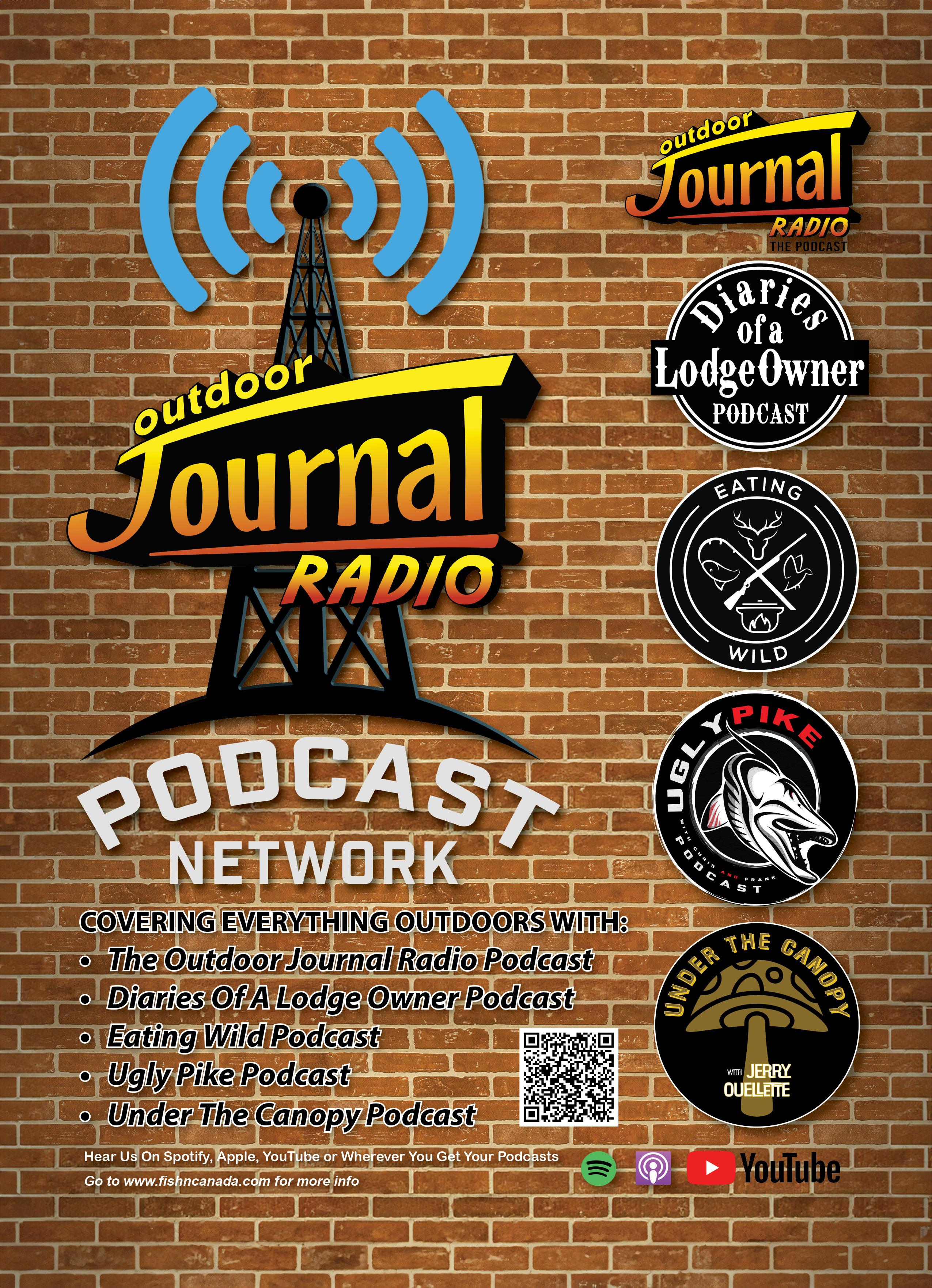
Electric bicycles, or e-bikes, are changing the way many hunters head afield. But are these two-wheeled wonders right for you?
BY KEVIN WILSON
WWith all the hype around electric vehicles, or EVs, these days, e-bikes have captured the attention of many outdoor enthusiasts. Along with their promise of a quiet, durable and easy ride, e-bikes are also fast and powerful enough to haul heavy loads, opening up a whole new world of hunting opportunities. Three years ago, my wife, Heather, and I picked up a pair Canadian-made Vamoose e-bikes. We’d heard stories of hunters using them to access remote spots quickly and quietly, so we decided it was time to try them ourselves.
During our first season, from the earliest warm-weather September hunts through to frigid November days on the deer stand, these silent marvels were a total game changer. While there are some limitations with a battery-powered bike, we found the hunting benefits to be far greater. If you’re thinking about getting an e-bike, here are the main factors you should consider.
Since getting our bikes three years ago, Heather and I have used them in our home province of Alberta to hunt moose along aspen ridges, antelope in the grasslands and mule deer in the badlands. As hunters, one of our goals is to get into our spots as quickly and quietly as possible, without alerting the animals. I can’t think of a more efficient way to do that than with e-bikes (also see “E-bike restrictions,” page 62).
Each morning during our moose hunt when it was 45 minutes before legal light, we’d unload our bikes from the truck, press the handlebar power button to illuminate the tiny LCD screen, and head off into the darkness. With a gentle twist of the throttle, we’d roll away with barely more than a low-pitch hum, swiftly and quietly riding into our hunting area. A lot of moose habitat is boggy, but the area we hunt has a mix of bogs, hills and aspen ridges, with a long cutline on high ground leading deep into prime habitat. Covering that distance usually took a half-hour of
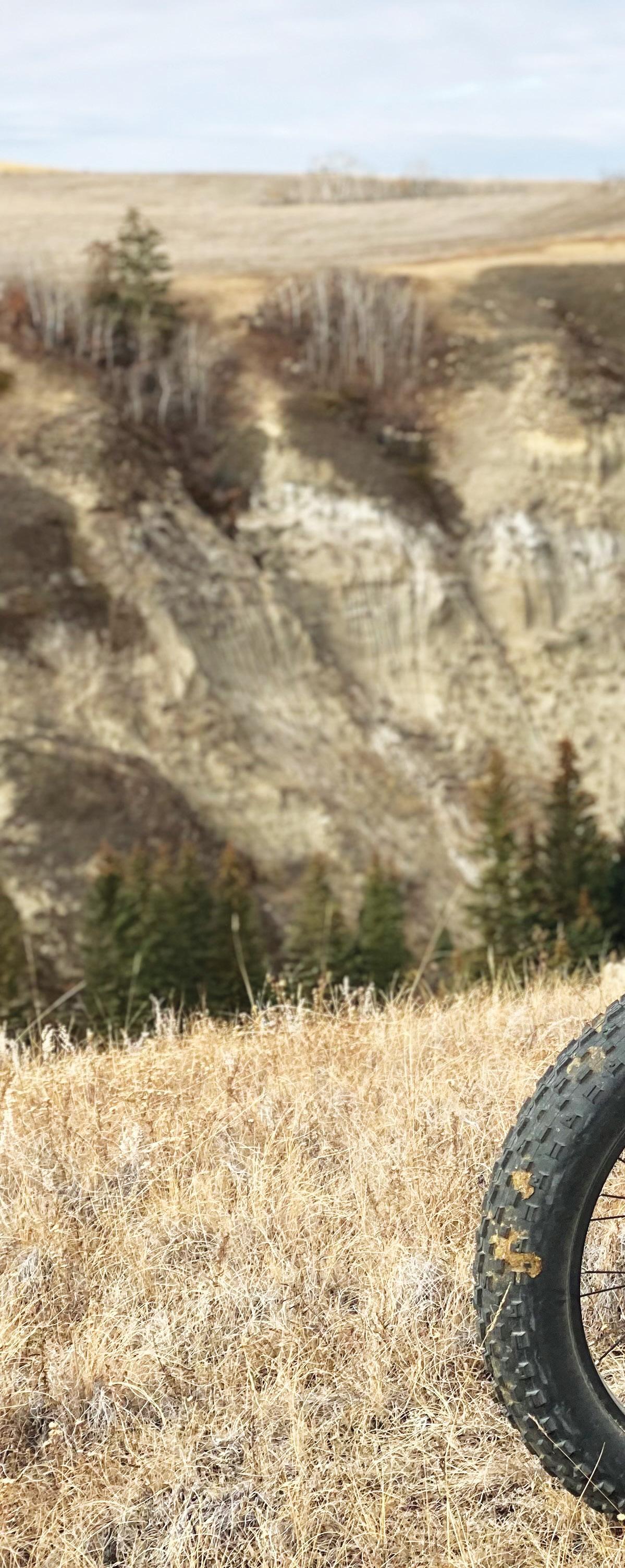
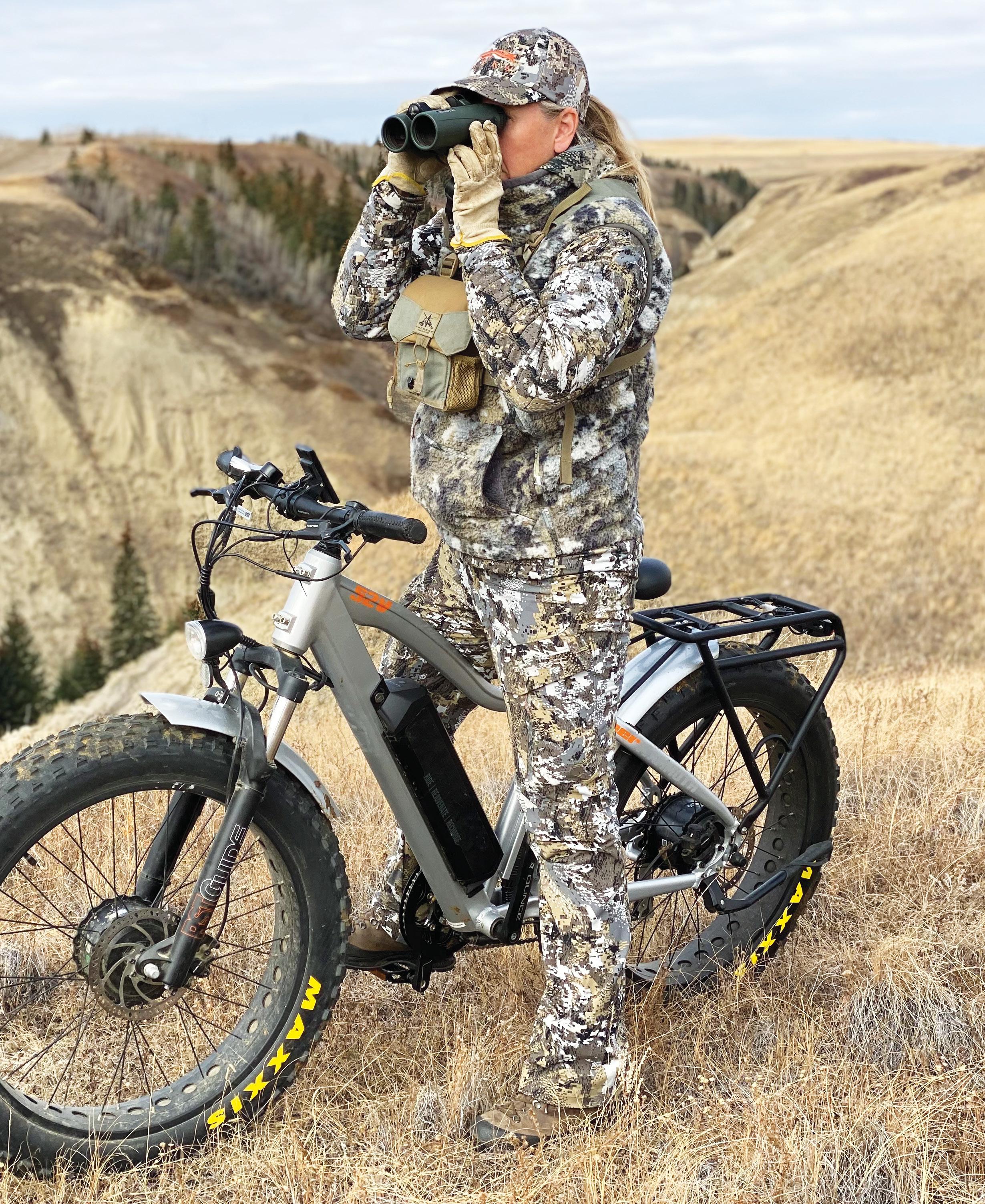
E-BIKES HAVE MANY HUNTING APPLICATIONS, INCLUDING SCOUTING
hiking; with our e-bikes, it took less than five minutes.
If you’ve hunted antelope in the prairie grasslands, you know it’s all about glassing long distances, playing the wind and using the topography to plan your approach. Go on foot, and you can kill hours covering kilometres of grassland and coulees trying to get close to game. Not so with e-bikes. I can’t tell you how many times we spotted a buck working does several kilometres away, only to unload our bikes and quietly speed across the vast landscape to reach them. The performance of these bikes really is amazing, especially during that kind of early-season, warm-weather hunt.
As for our November mule deer hunt in the badlands, we worked the bikes hard, running over countless cacti, pounding through major holes and hitting rocks. They also passed the ultimate test, navigating over hills and through coulees in five inches of snow, then hauling out a trailer loaded with a 200-pound deer.
Considering all the possibilities, it’s hard to deny the value of an e-bike. I know a growing number of hunters who already use them year-round for a variety of outdoor activities. I also know of anglers who plan to use e-bikes to access tough-toreach water. For hunting alone, the applications are seemingly endless, from checking trail cameras and bear bait sites to spot-and-stalk hunting, scouting and even late-spring shed hunting.
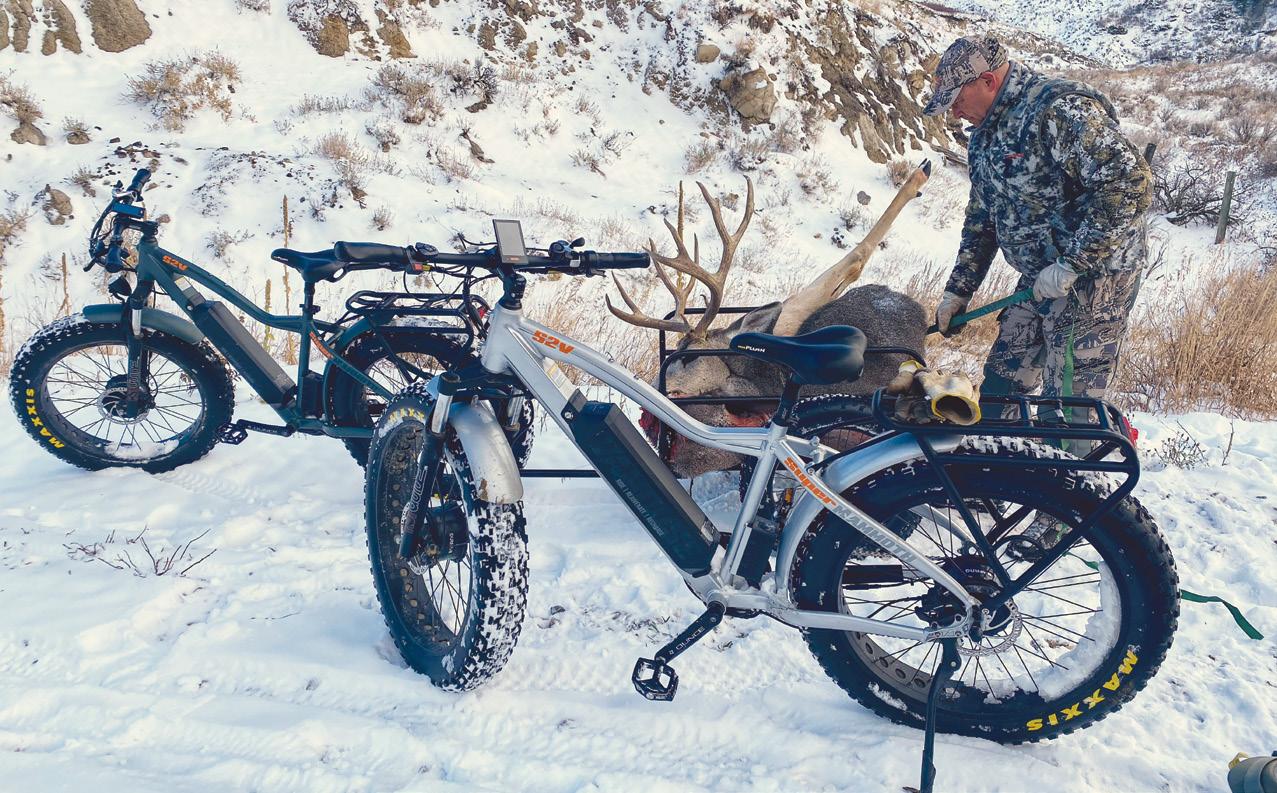
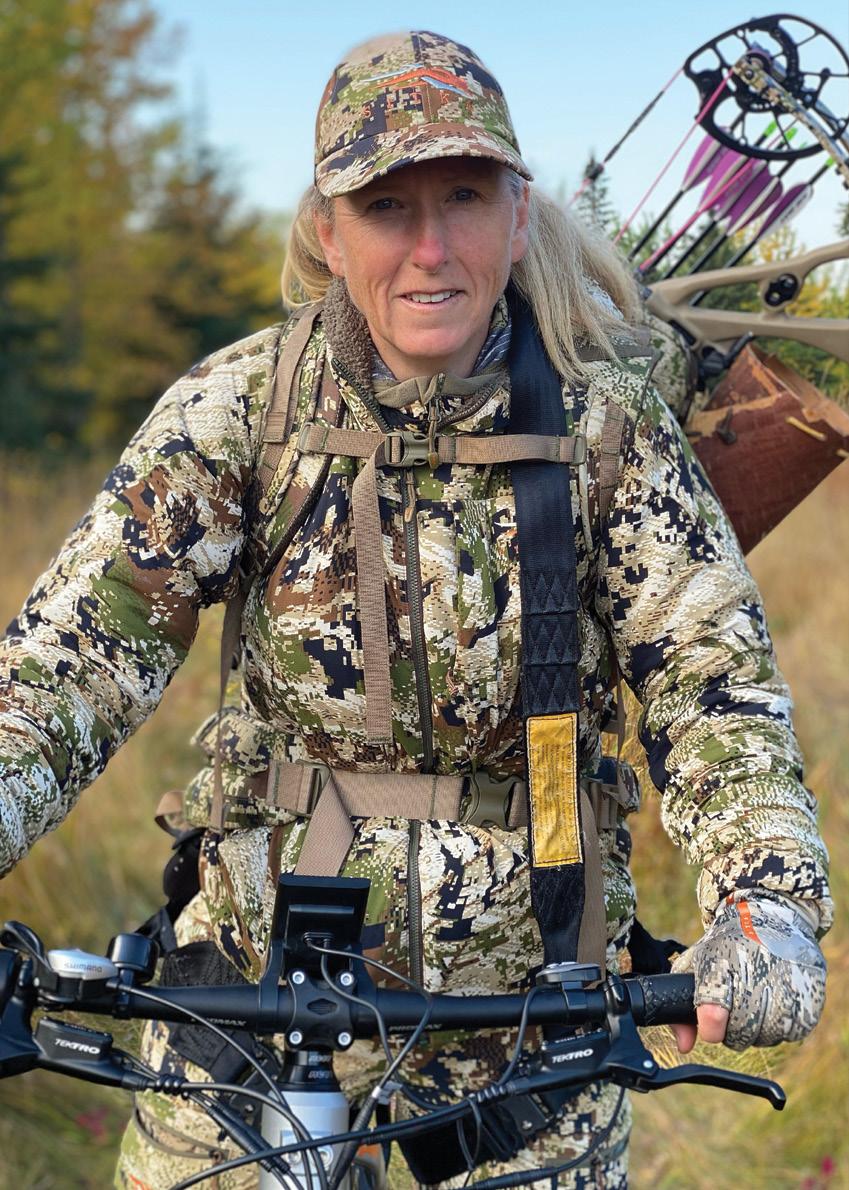
As fun and utilitarian as e-bikes are, it’s up to every rider to exercise discretion, respect others and follow the rules. Many hunters are rightfully concerned about ongoing access issues, so I caution every e-bike rider to recognize the responsibilities and potential negatives that come with biking into the backcountry. For example, there are regulatory restrictions, particularly in national parks, that limit where you can ride, and the size of the electric motor. At least for now, such restrictions are minimal, but if e-bikes are used irresponsibly, those liberties could become more regulated. In short, we need to self-regulate if we want to keep using them. Also, be sure to check your local regulations to ensure e-bikes are allowed for accessing your hunting spots—or if, in fact, they’re even allowed for hunting.
The first time you try riding an e-bike, it takes a bit of getting used to. For starters, most are more robust in size than pedal bikes. The ride is remarkably smooth, however, thanks to the fat tires, even on uneven terrain. With most e-bikes, you can use pedal-assisted power, electric power exclusively or a combination of both.
The key to operating an e-bike like a boss lies in the digital settings, where you can lock in your desired gearing and torque. Finding the ideal settings for where and when you’re riding is often a matter of trial and error, however. And just as the accelerator can be more or less sensitive on any given car or truck, the same goes with the throttle on e-bikes. As a result, there can be a learning curve to using the twist-grip throttles.
I’ve hunted from pedal-powered mountain bikes and they work great, but navigating inclines on uneven ground can be tricky. The best tip I can offer anyone considering an e-bike purchase for hunting (or other outdoor activities), is to give serious thought to an all-wheel-drive model. Not all e-bikes have this, with some only equipped with a single rear-wheel-drive system.
I can tell you that the dual drivetrain motors on our Mammoth e-bikes from Vamoose are powerhouses. Mine is a 750-watt model, at the high end of what’s available, and Heather’s is a 500-watt bike. They both have two brushless 52-volt motors, one for the front wheel and one for the rear. And each is powered by 52-volt, 20-amphour Samsung lithium-ion battery systems, equipping them with 1,040 watt-hours of power for truly impressive thrust. The first time we ever took them out, we stayed on city streets and I was actually a bit startled by the raw power, winding my bike up to 43 kmh.
It’s important to remember that e-bikes are considerably heavier than pedal bikes. And when you add in the fat tires, they are much more cumbersome to load and unload from the back of a pick-up truck. With a little finesse, one person can do it, but it’s much easier with two. Alternatively, a bumper or trailer-hitch accessory rack built specifically for e-bikes—or even for dirt bikes—offers the easiest way to load and transport them.
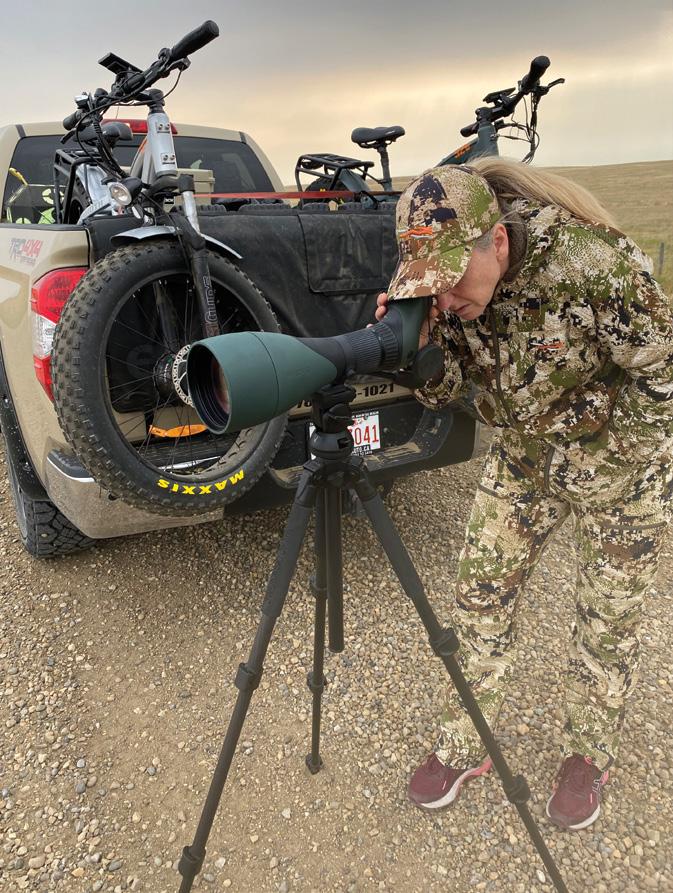
An e-bike’s fat tires are especially tough, but they’re not invincible. On one hunt last fall, for example, we hit a really bad patch of cacti and managed to blow three tires in 20 minutes. One option to prevent this is an armour-plating you can add to the inside of the tire. We’ve now done this with our bikes; it’s expensive, but it works really well. A considerably more affordable option is to add a product such as Slime’s 2-in-1 Tire & Tube Premium Sealant to the inside of your tire. It works well to help prevent and repair flats, but in my experience, the armour-plating is much more effective.
Each e-bike manufacturer offers various styles, grades and models of bikes with different accessories (also see “Best e-bike bets,” next page). Things such as fenders, reflectors, front and rear pannier racks, and lights come down to personal preference, and may not be needed for your style of hunting. For example, fenders are one accessory I’ve thought long and hard about. We often ride through mud, which can get stuck up under the fenders. But fenders also keep you from getting splashed when riding in sloppy conditions, so it’s an issue of personal preference.
I recommend adding a pull-behind trailer for transporting gear and game, which makes light work of otherwise tedious tasks. We’ve used our trailer, for example, to haul a big mule deer across more than three kilometres in the snow. We’ve also used it to extract an antelope. It’s worth noting that the hitch design minimizes tongue weight, allowing you to carry a substantial load with minimal ef-
CONSIDER HOW YOU WILL TRANSPORT YOUR WEIGHTY E-BIKE
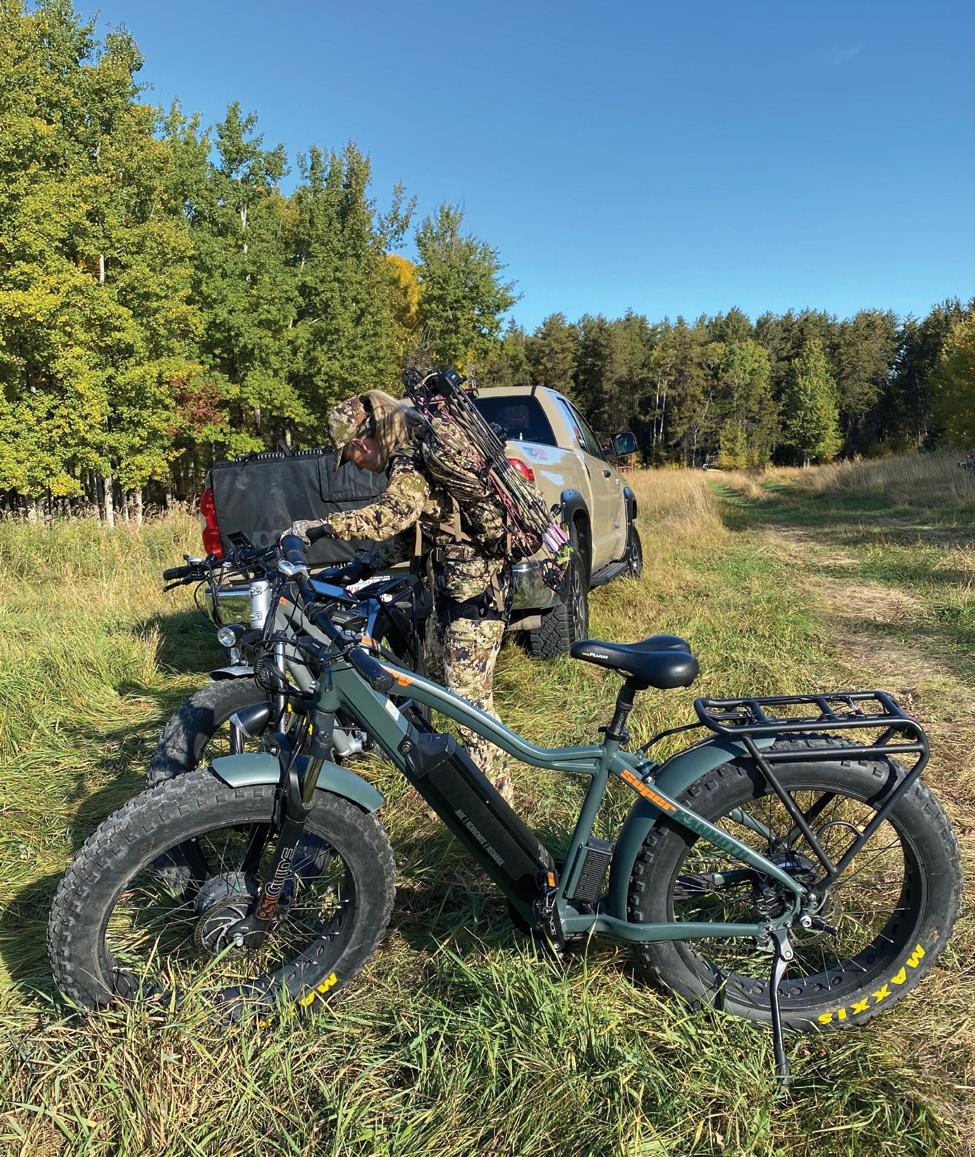
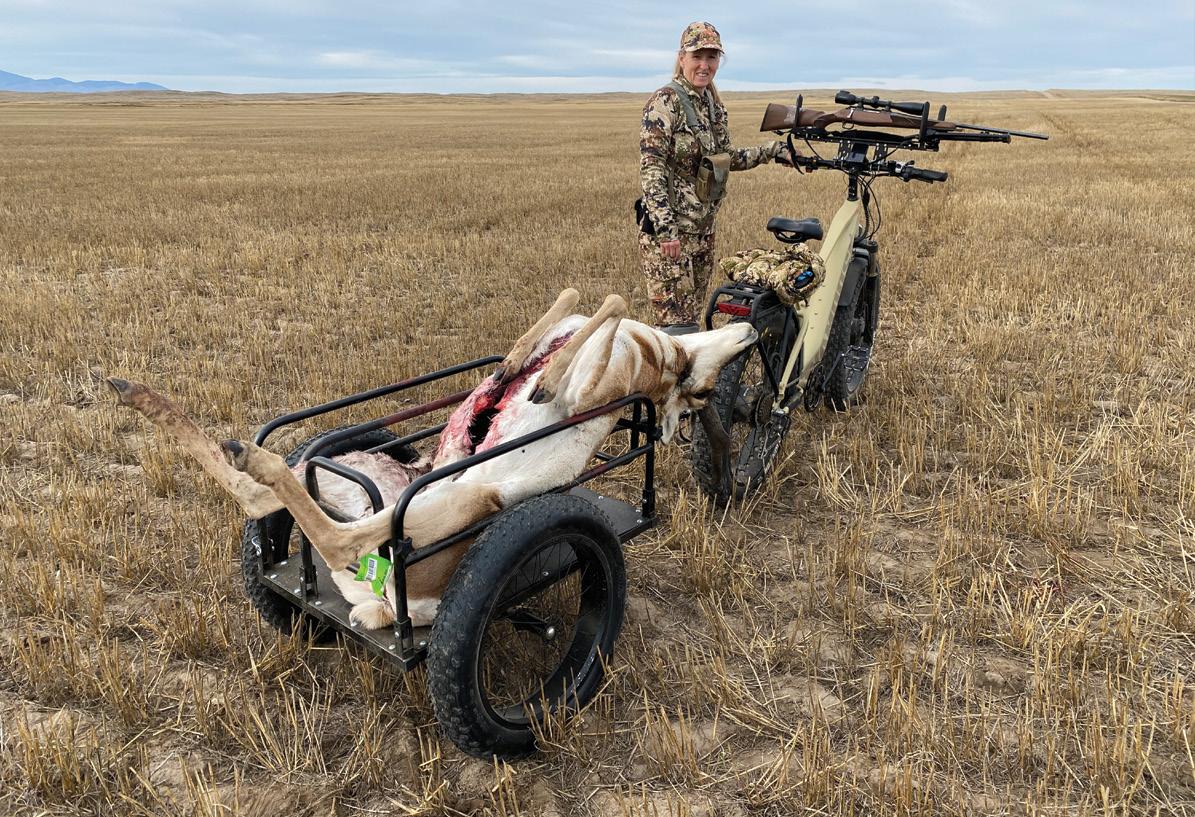
fect on the drivetrain and bike itself.
Other key accessories you should consider include a gun or bow mount for the handlebars, and a spare battery. The last thing you want is to get stuck in a remote area with no way to recharge your only battery. Although e-bikes can be propelled with pedal-power, it’s important to note they can be quite difficult to pedal on uneven terrain because of their weight.
While e-bikes are definitely handy, they do have range limitations. If a specific bike has pedal assist, then pedaling to help propulsion will conserve the battery life somewhat (this works via a torque sensor that measures how much the rider is assisting, then sends sufficient extra power to propel the bike). Ultimately, however, the battery will only take you so far before it has to be charged, and a full charge usually requires a couple of hours.

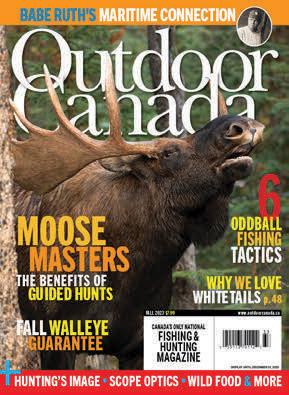
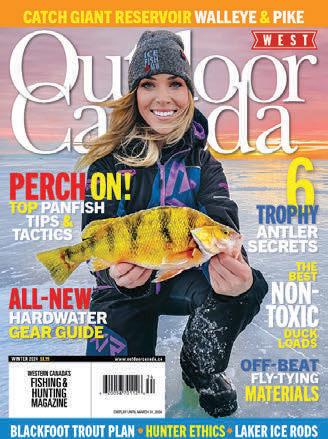


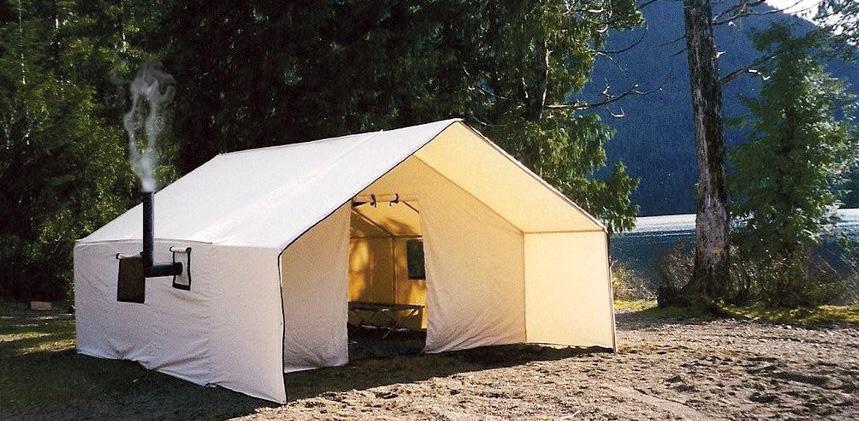
With our bikes, a healthy battery will reliably take us more than 60 kilometres on paved roads in warm weather. On rough terrain, the range is more limited and variable. Add in sub-zero temperatures, and battery life becomes even more unpredictable. One thing is certain: the colder it gets, the less distance you can go before running out of juice. Solutions include using battery warmers and carrying one or more spare batteries. So, if you’re thinking about get-
Tting an e-bike, be sure to do some thorough research before taking the plunge. I have mostly good things to say about them, but as with anything battery-operated, they have their limitations. The bottom line, though, is that an e-bike can be a serious game changer when it comes to the way you hunt. OC
HEATHER AND KEVIN WILSON HEADING AFIELD ON THEIR E-BIKES.
he price, functionality, power and durability of the many e-bikes now on the market vary immensely. So carefully consider your budget, and where and how you’ll be riding, before buying. Also keep in mind that an e-bike will take a beating if you plan to use it for hunting. Here are five of the top e-bike manufacturers, along with their models worth considering for hunting.

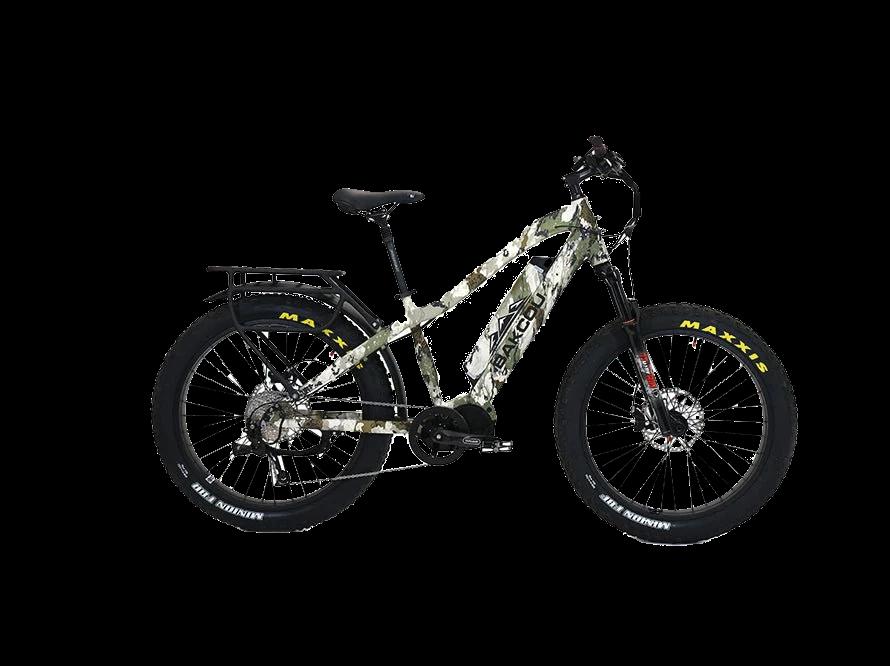

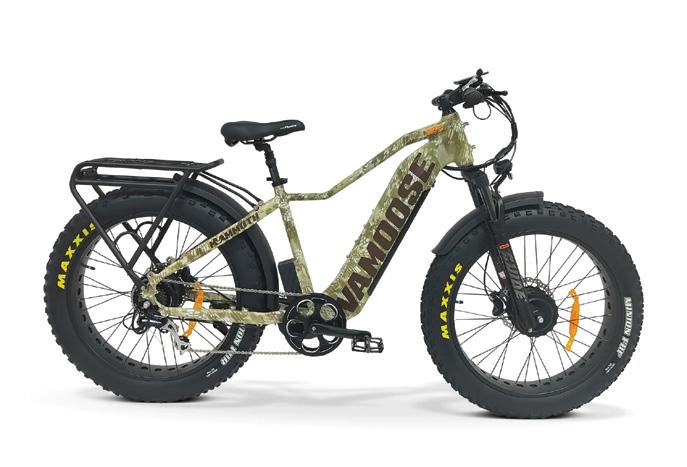

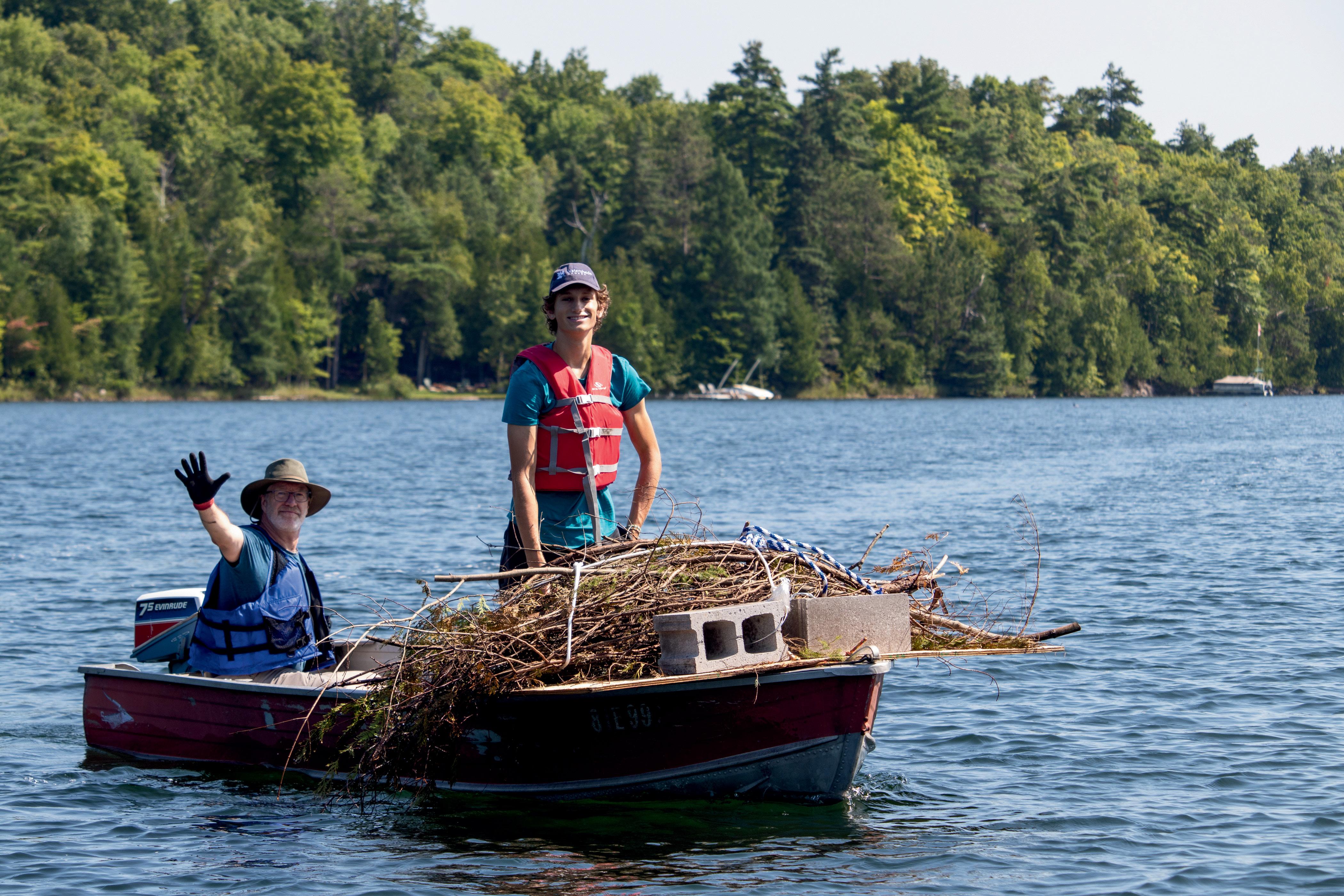

Anglers support Watersheds Canada, an action-based charity that is hands-on for fish habitat enhancement. Our organization has restored historic walleye and lake trout spawning beds, planted trees along coldwater creeks to benefit brook trout, and created woody debris habitat for bass, perch, and pike. Donate today or join our e-mail list to learn more about our tangible conservation and restoration work: watersheds.ca/

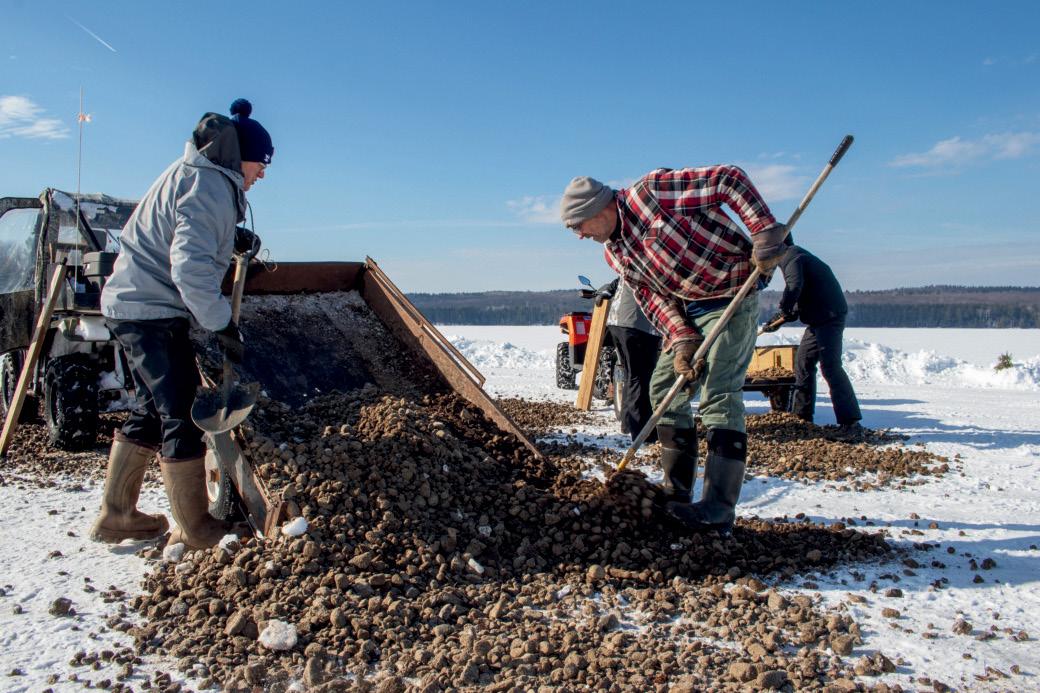

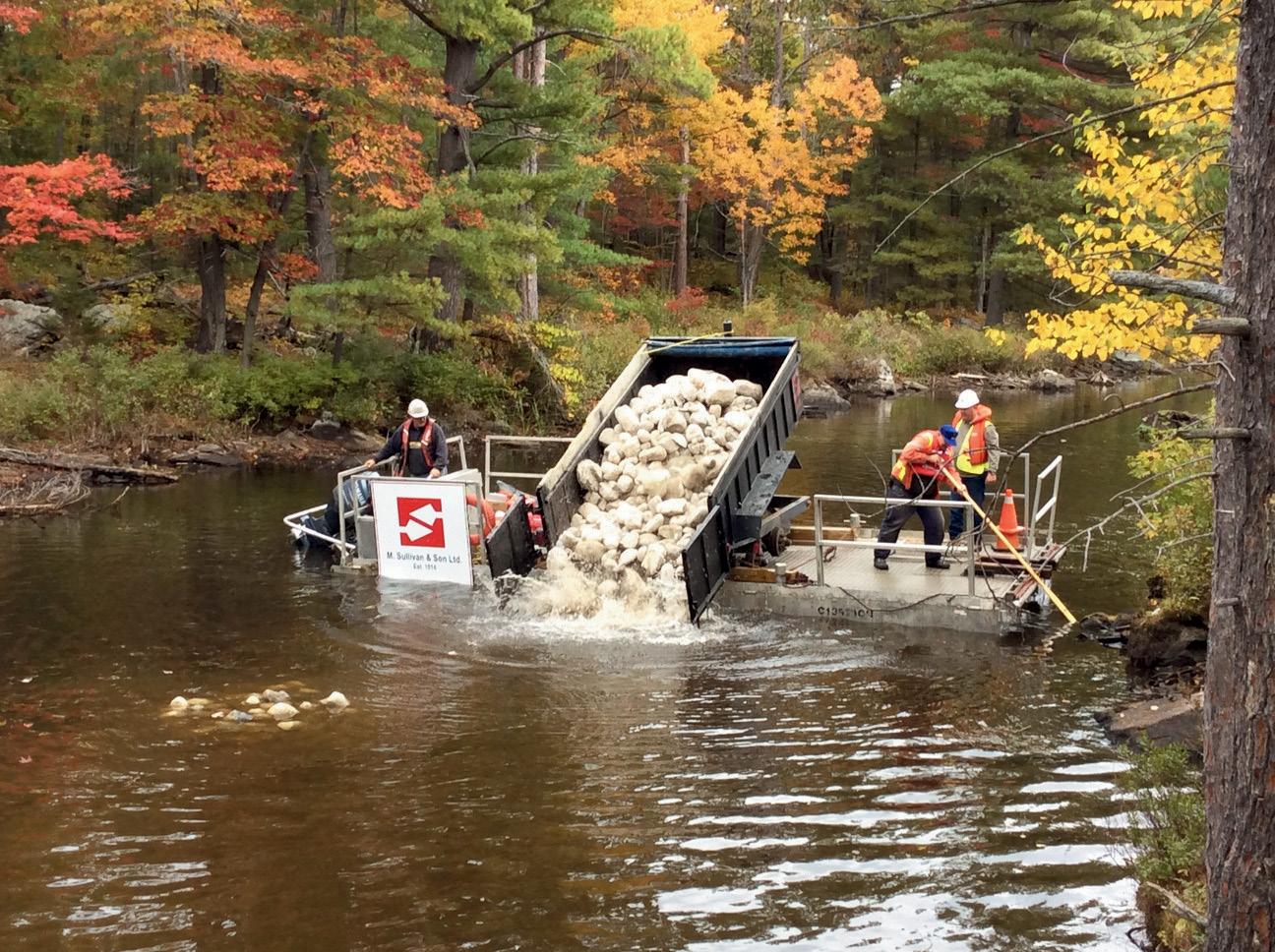
BY ROBERT PYE
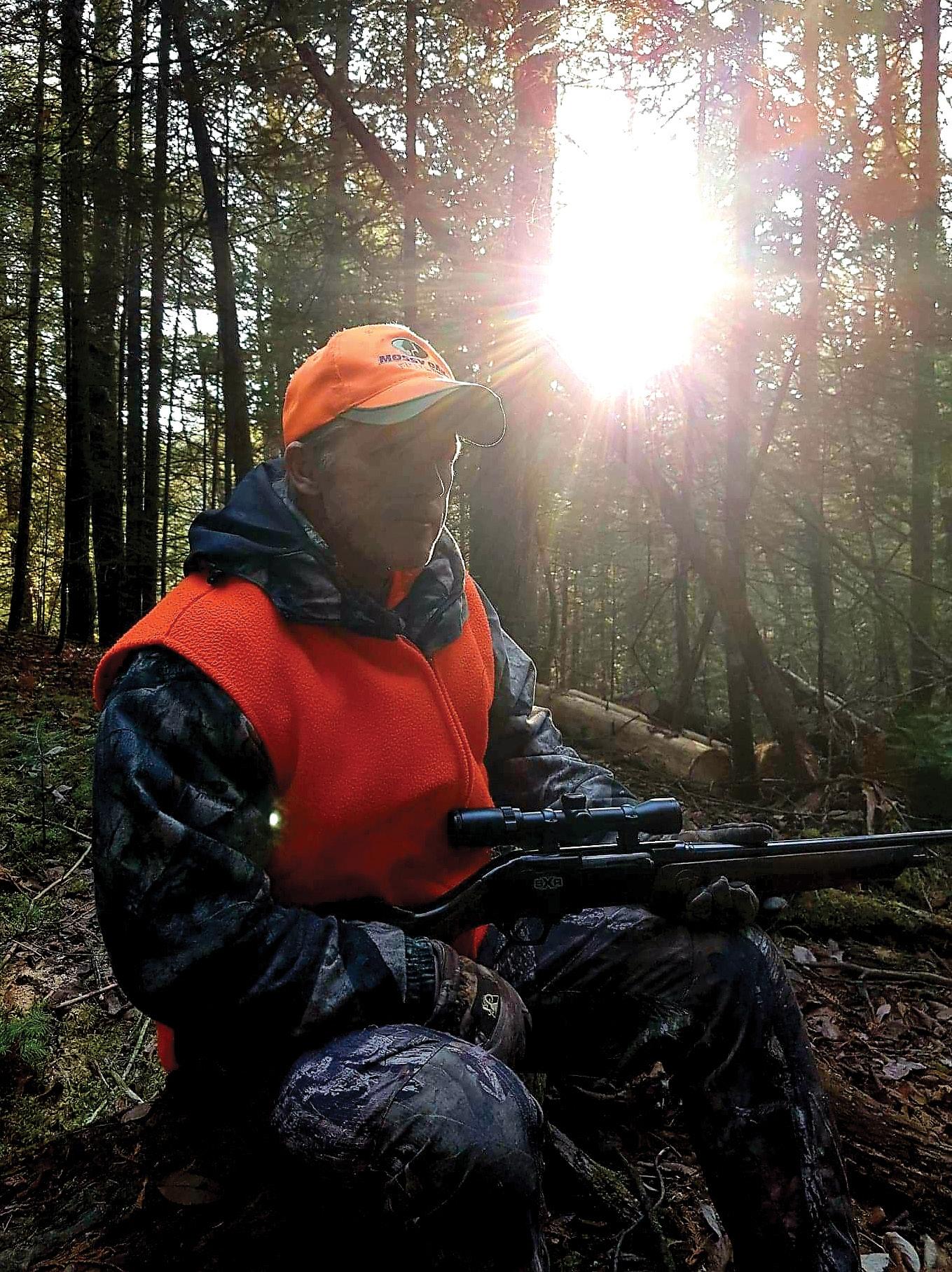
FOR CLEANSING THE MIND, HEADING AFIELD ALONE IS THE PERFECT REMEDY
IALWAYS FIND solitude when hunting, my great escape from the non-stop expectations and interruptions of modern life. The deeper the woods, the deeper the thoughts, and there’s humble satisfaction in getting lost in both. “I went to the woods because I wished to live deliberately.” So wrote famed philosopher Henry David Thoreau in his book Walden, recounting his two years of seeking to live closer to nature. More than 170 years later, his words remain relevant for those of us striving to spend more time soul-searching in the great outdoors. And for me, that means hunting on my own.
My deer-hunting season is my three-month commitment to solo sitting, hours of peaceful bathing in nature, either perched high in a treestand or grounded by a mosscovered stump. This is where I make time for my relationship with the natural world, and with a rifle across my lap or bow in hand, it gets my undivided attention. Time stands still when I’m watching for birds overhead or overanalyzing every rustle coming from the forest floor.
Quality me-time in the woods opens the mental vault, especially on matters that need more time for self-reflection than a busy life can otherwise afford. Such important thoughts deserve an outdoor point of view to sort them out. And when I’m alone in the woods, my mind plays highlight reels of key people in my life, such as my grandfather, who served in the Second World War and also put his time in the deer woods. I think of my dad, too, and everything I learned from him.
When my sons Charlie and Jack are also on their stands, the warmth of the rising sun on my back matches the warmth in my heart when I think about the experiences they’re collecting from their own solitary deer watches. And later when we return home, I look forward to sharing our observations, all made in the quiet confidence of hunting alone. OC
ROBERT PYE ENJOYS LENGTHY PERIODS OF ALONE TIME, ESPECIALLY WHEN HUNTING BEARS, DEER AND TURKEYS.

